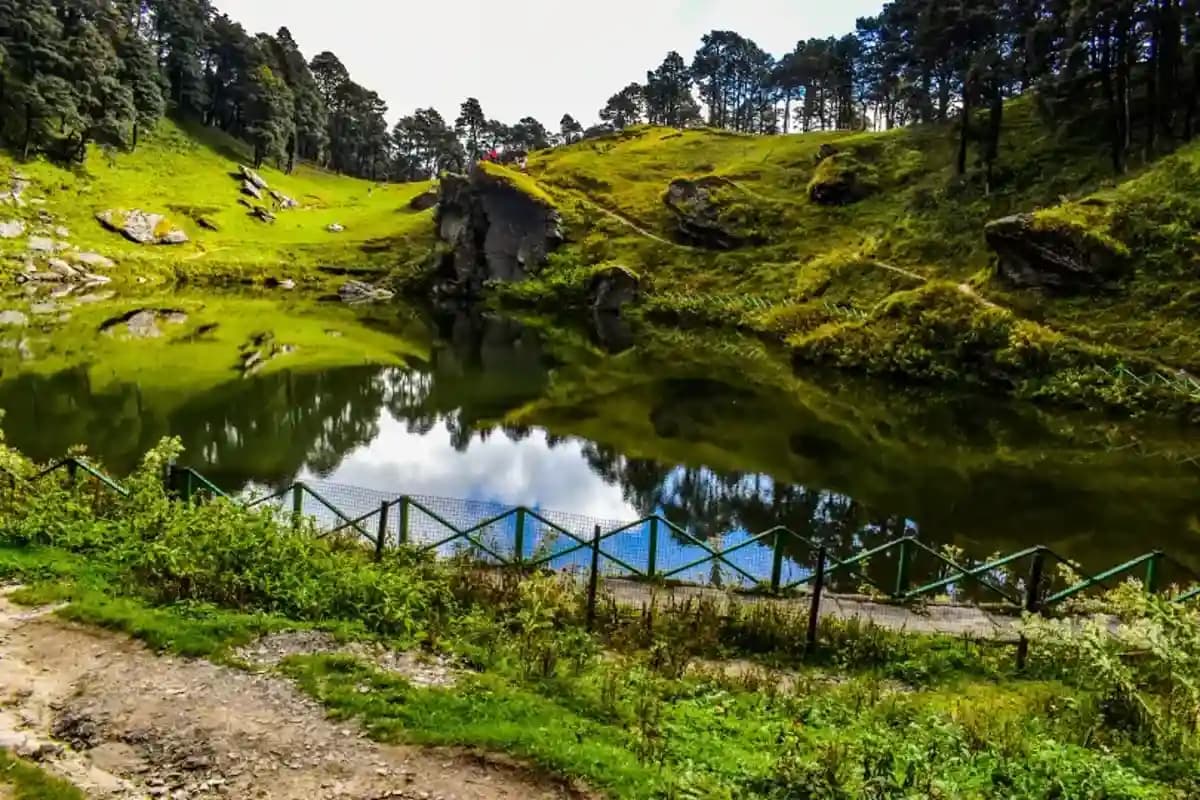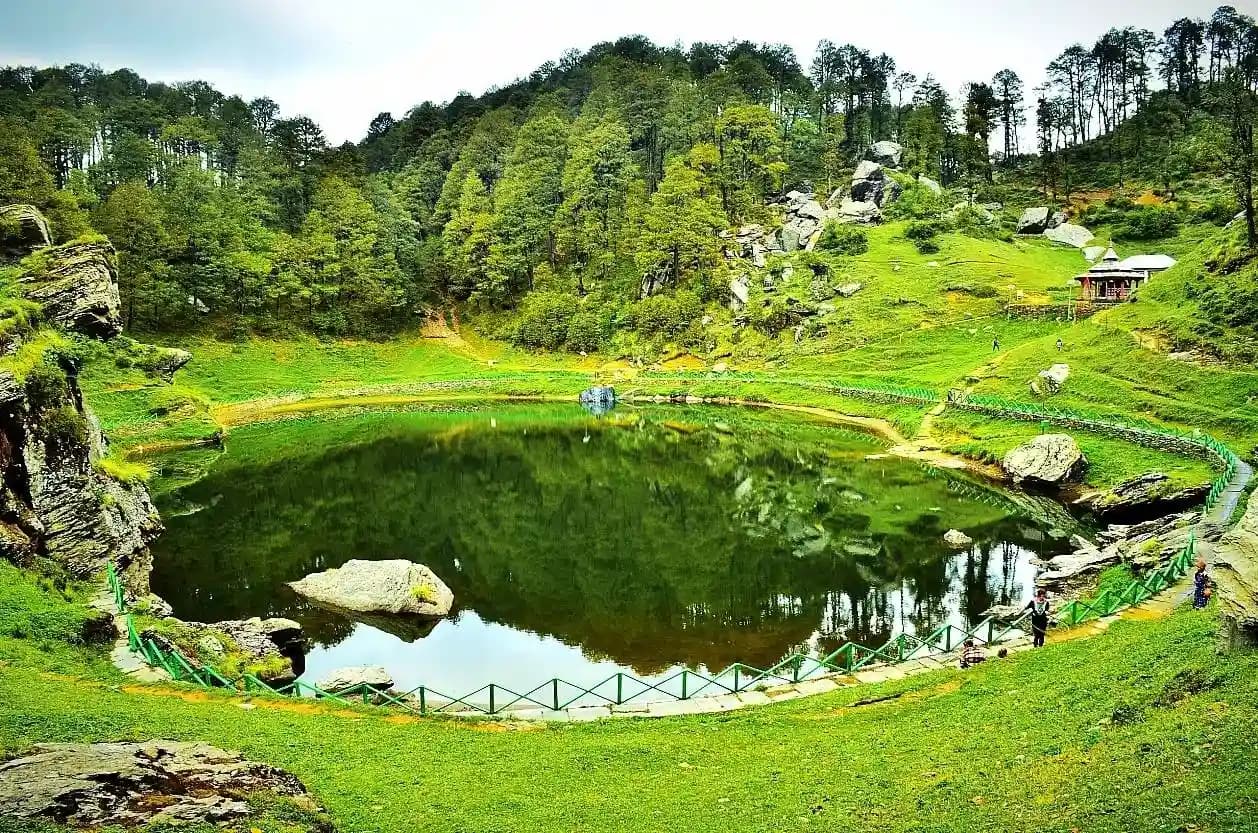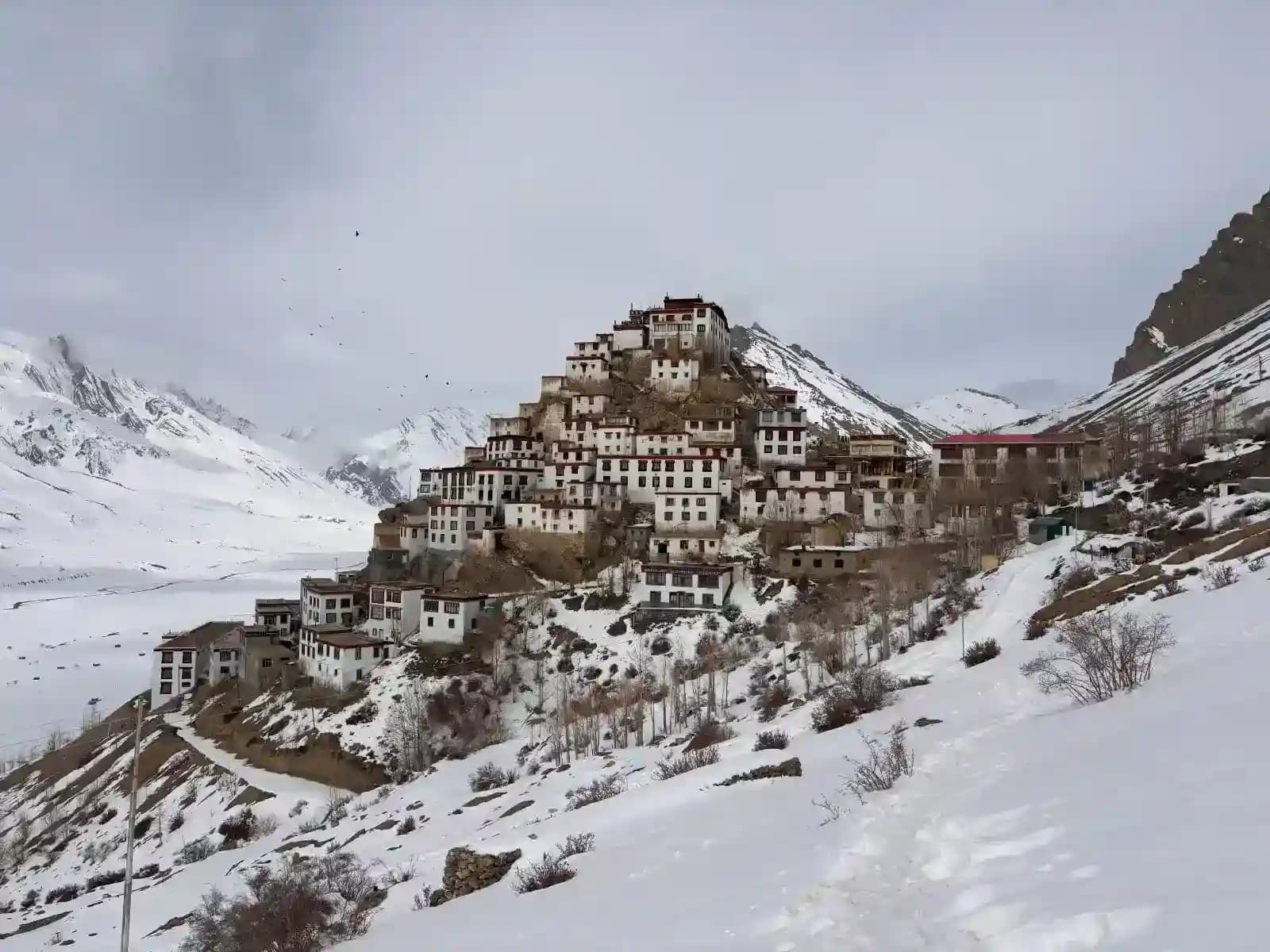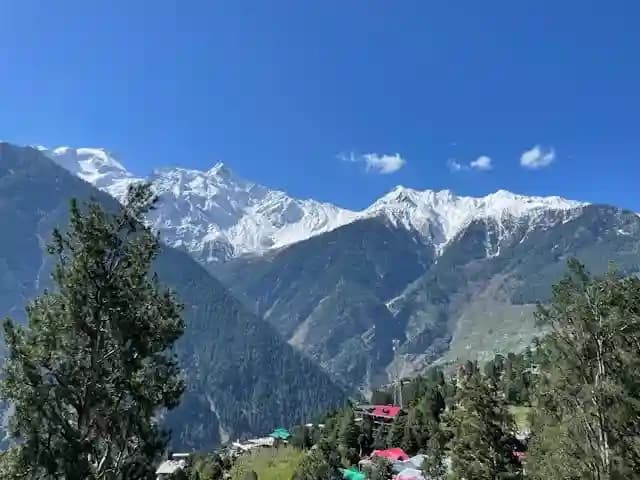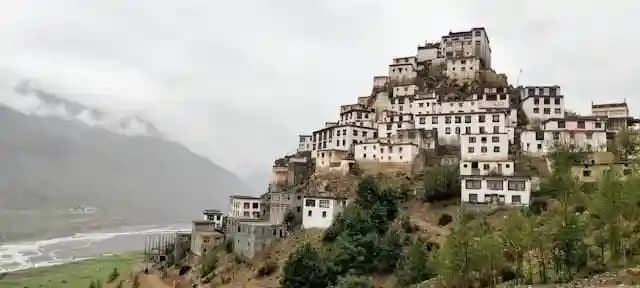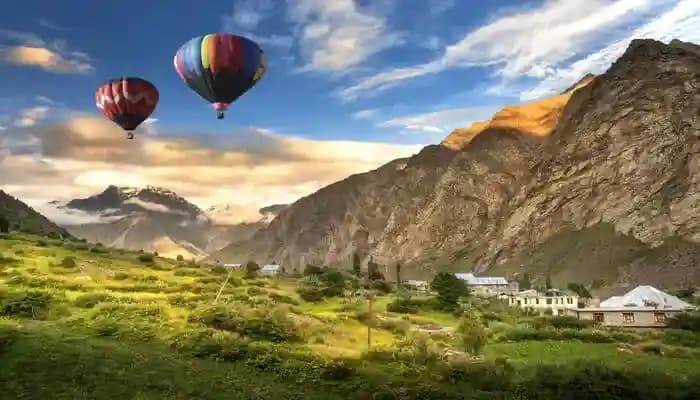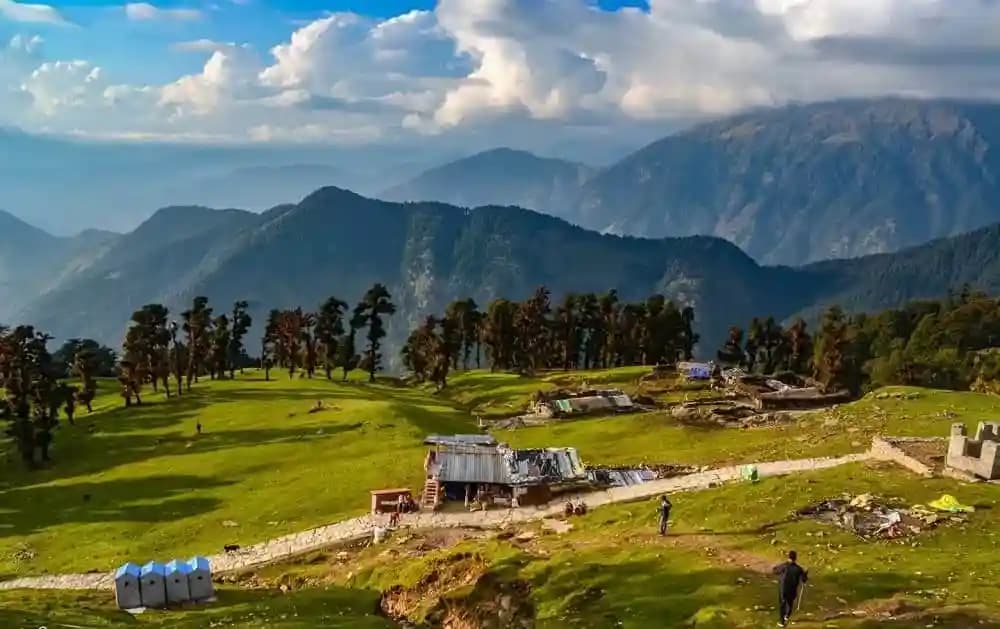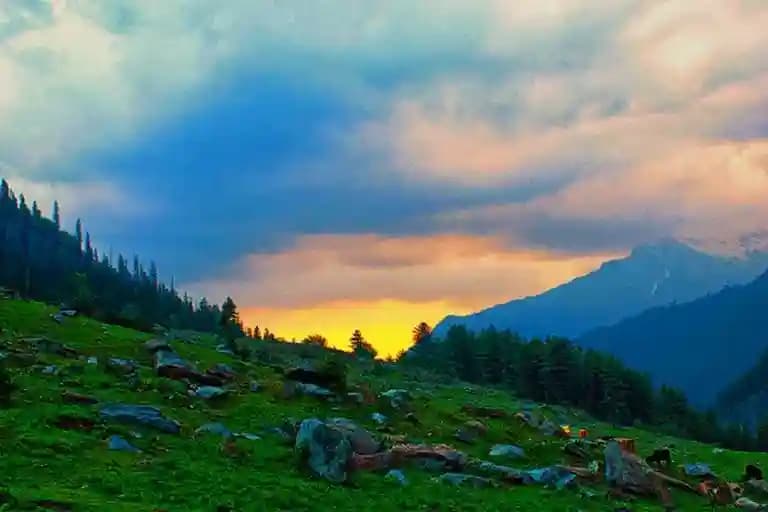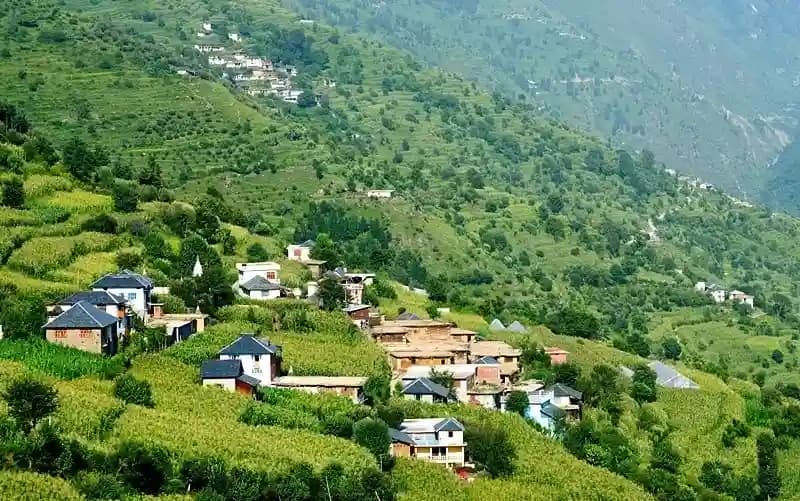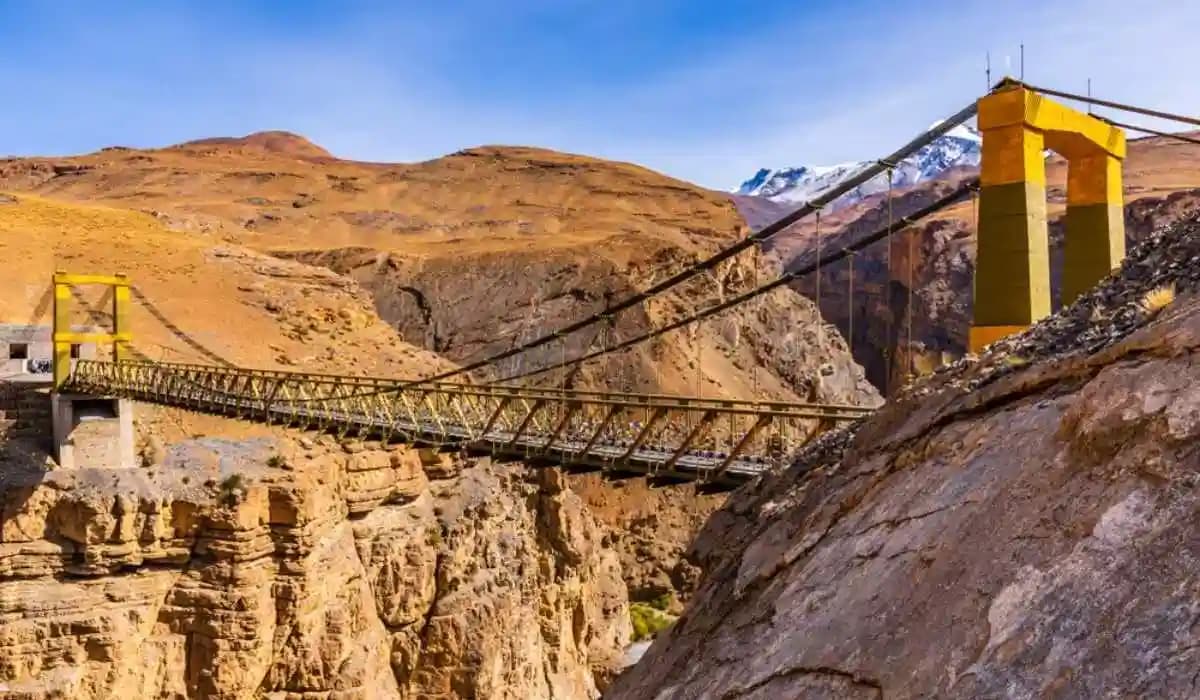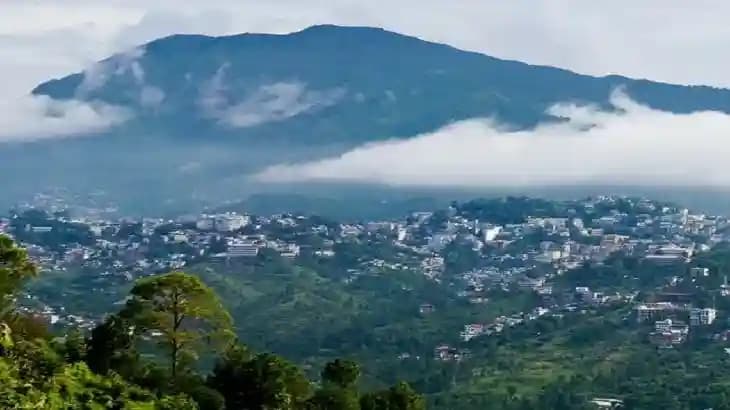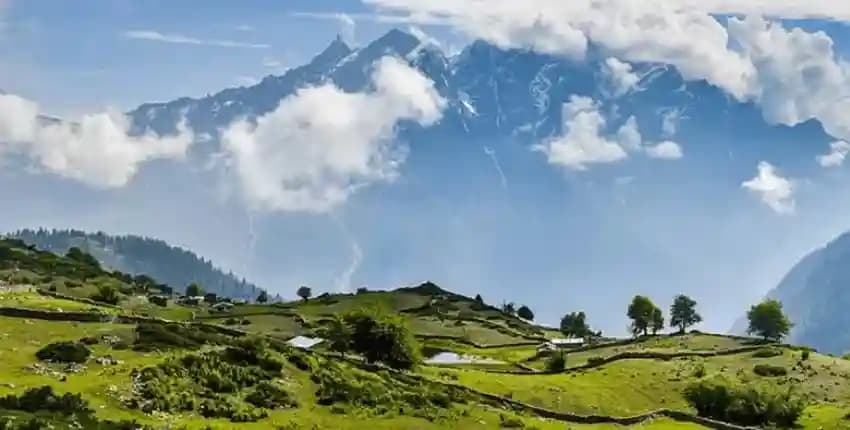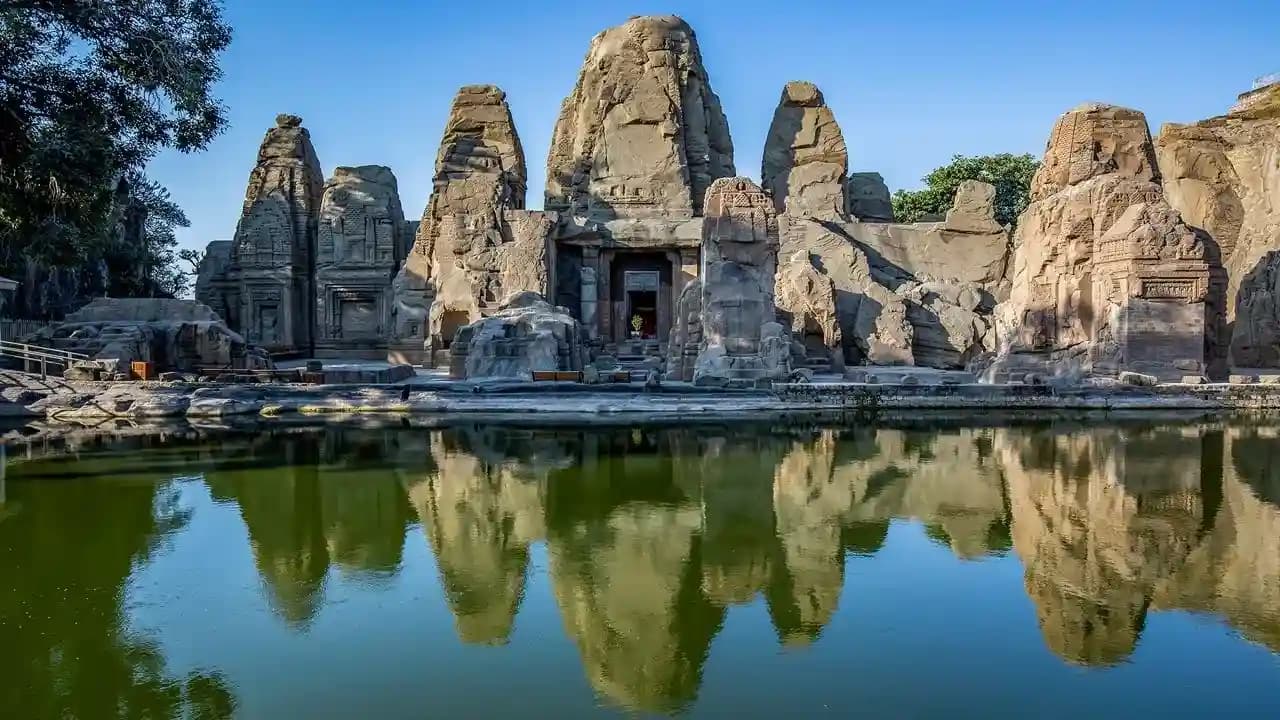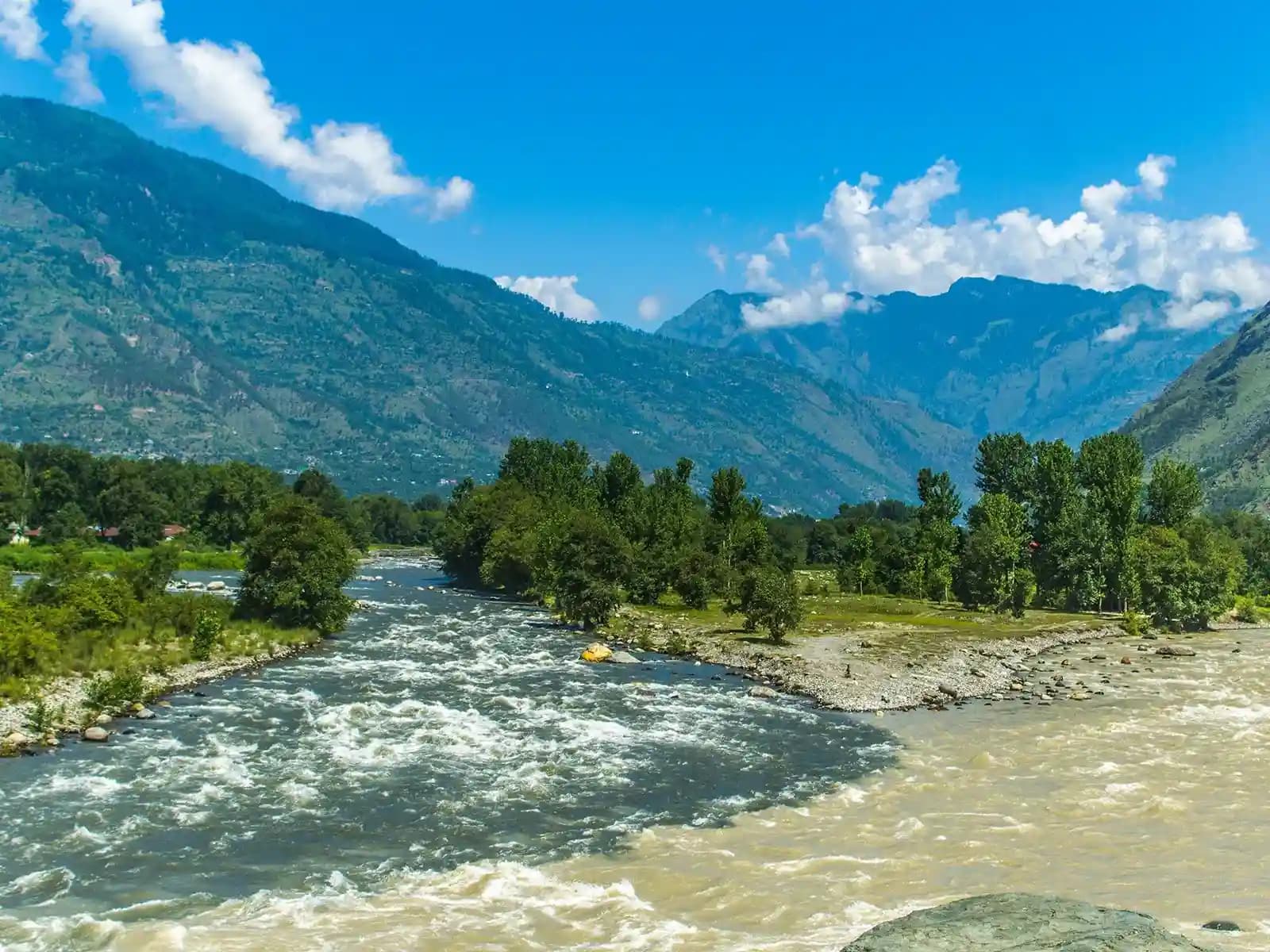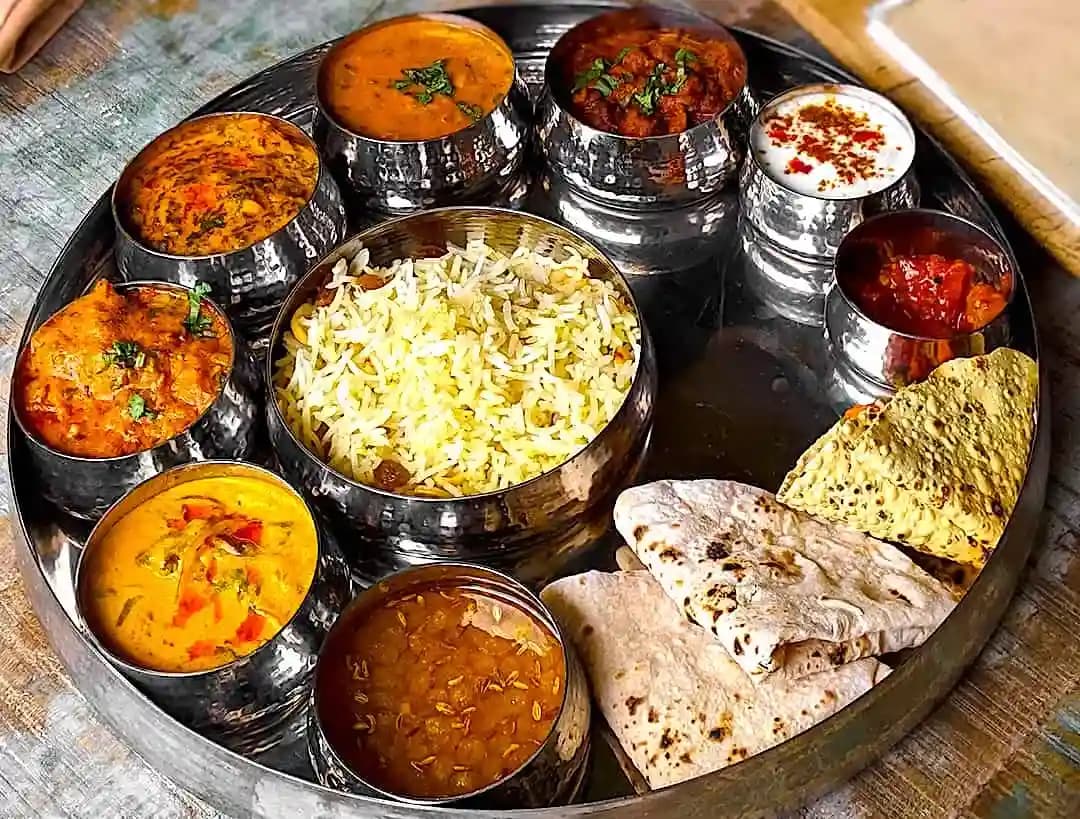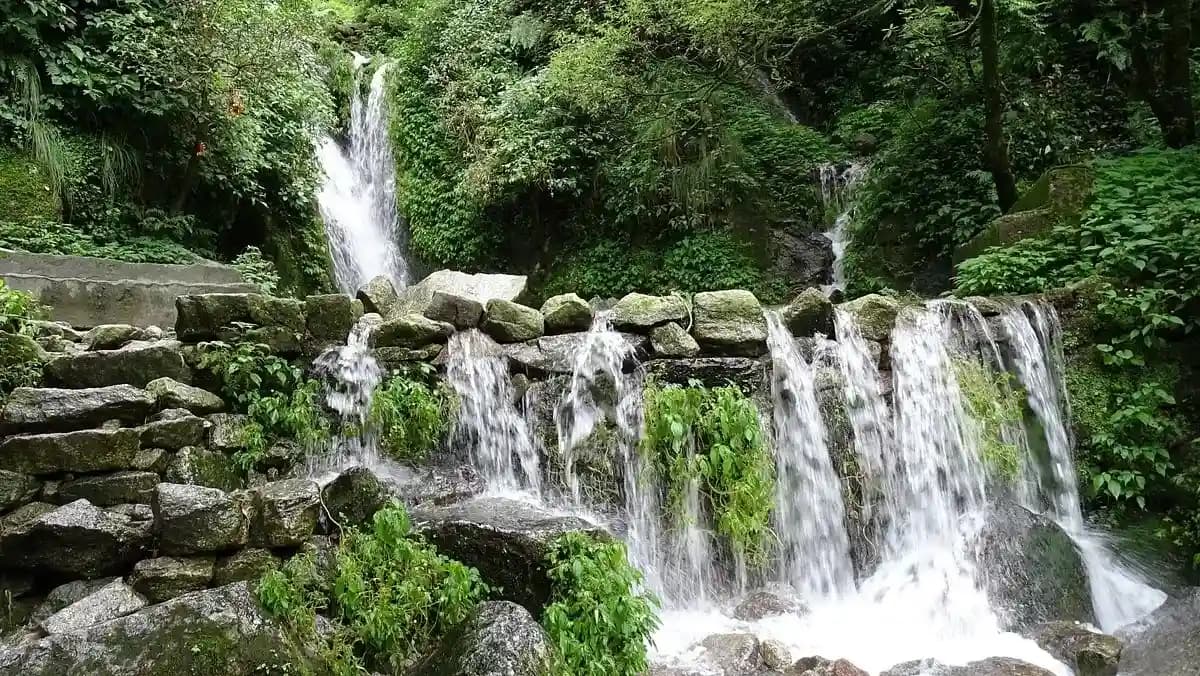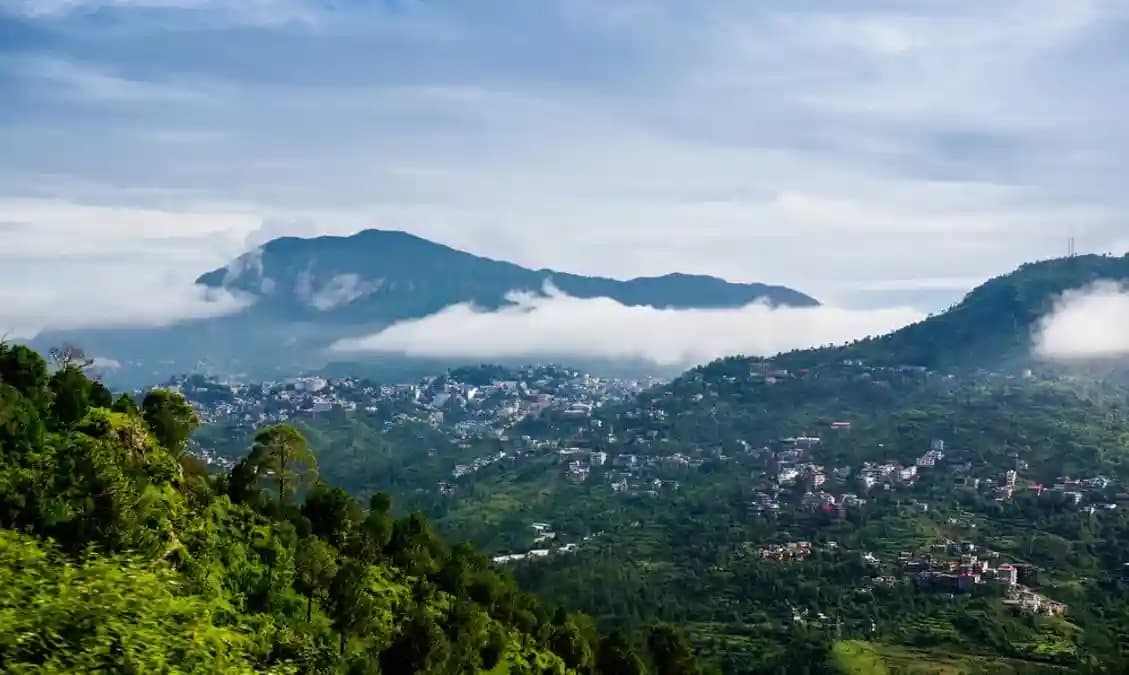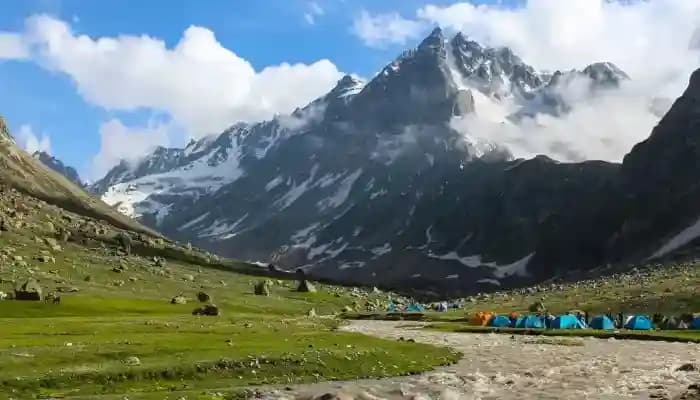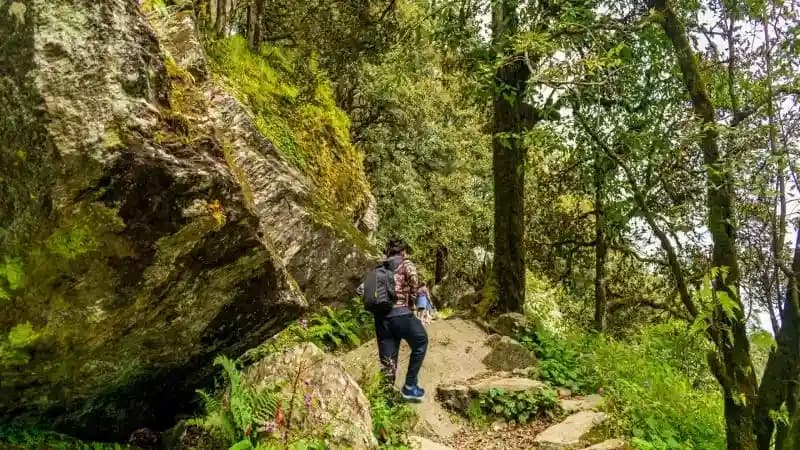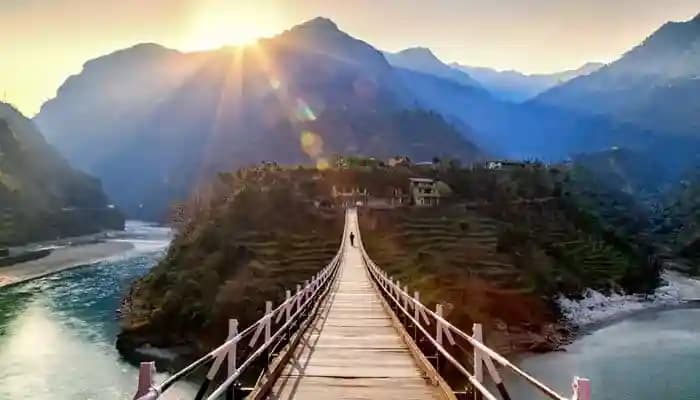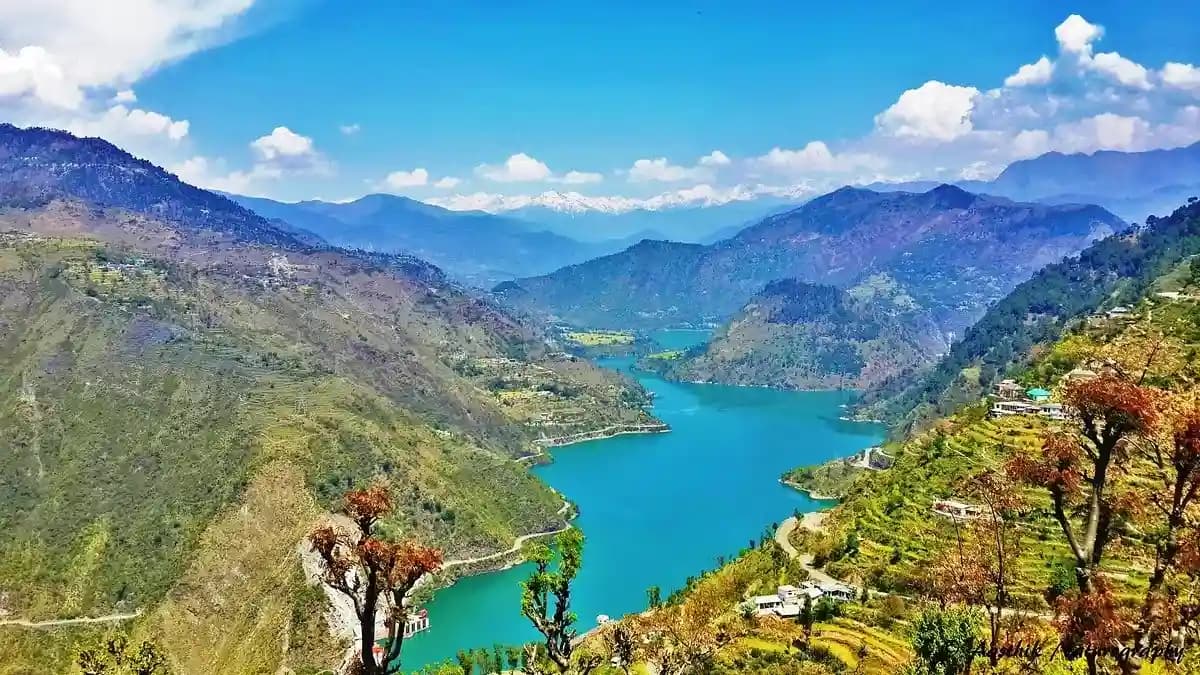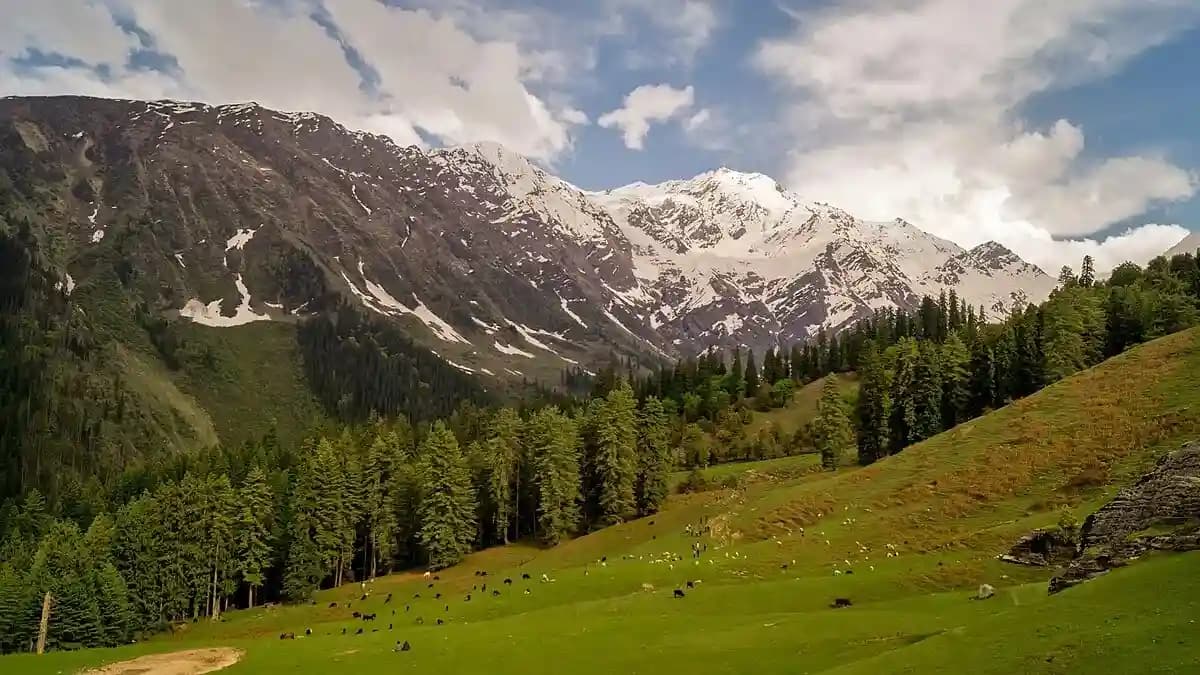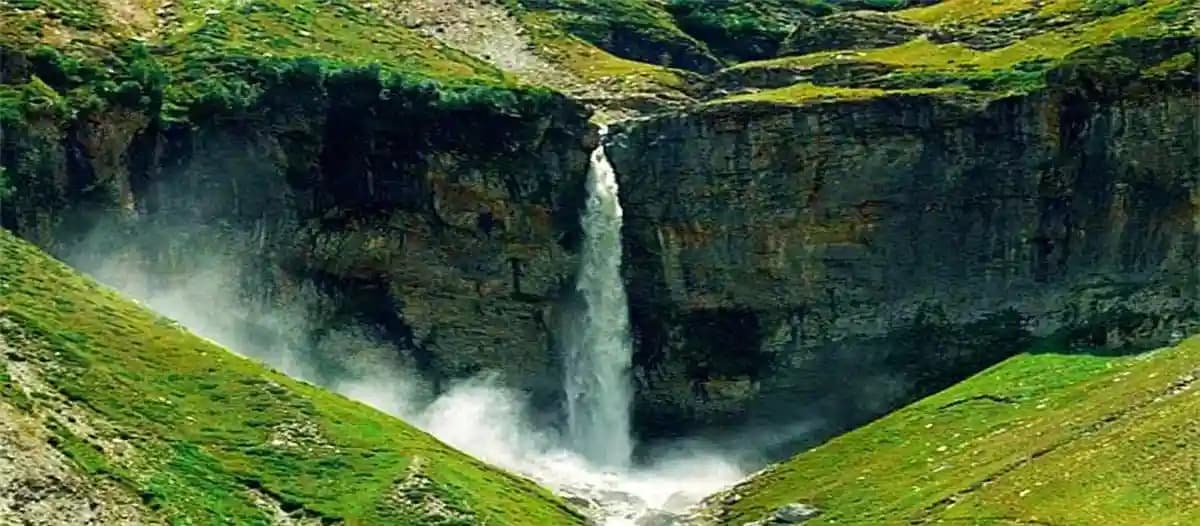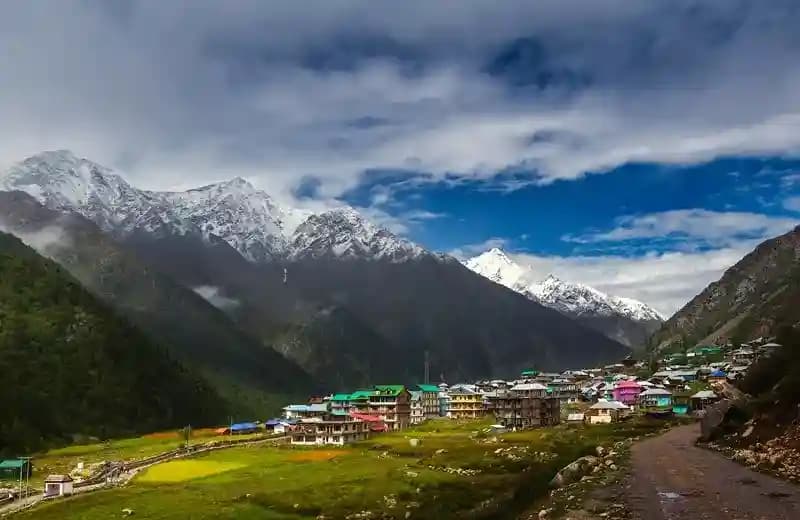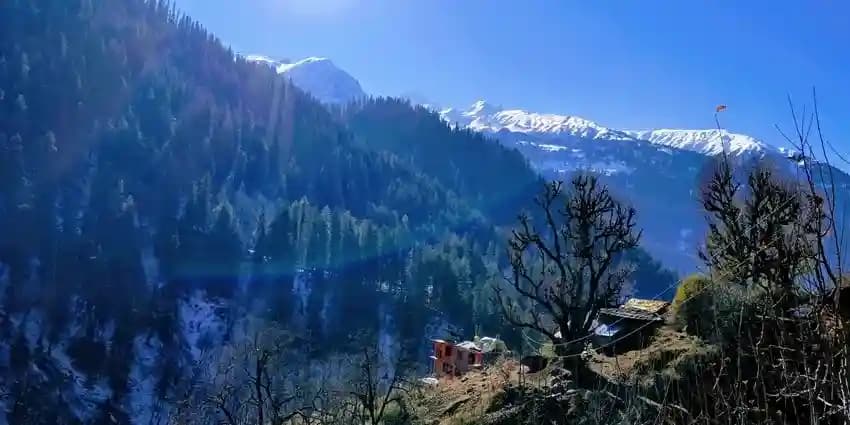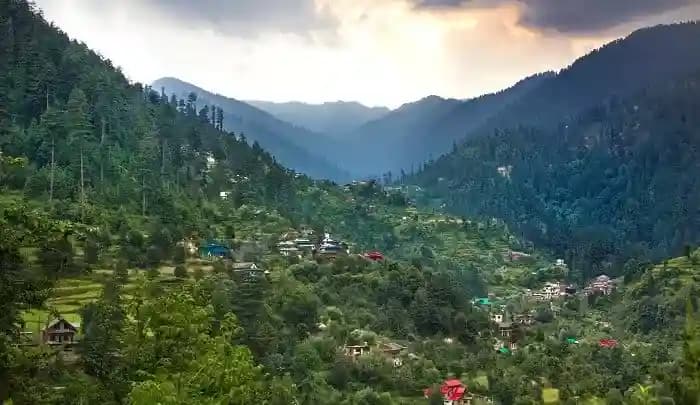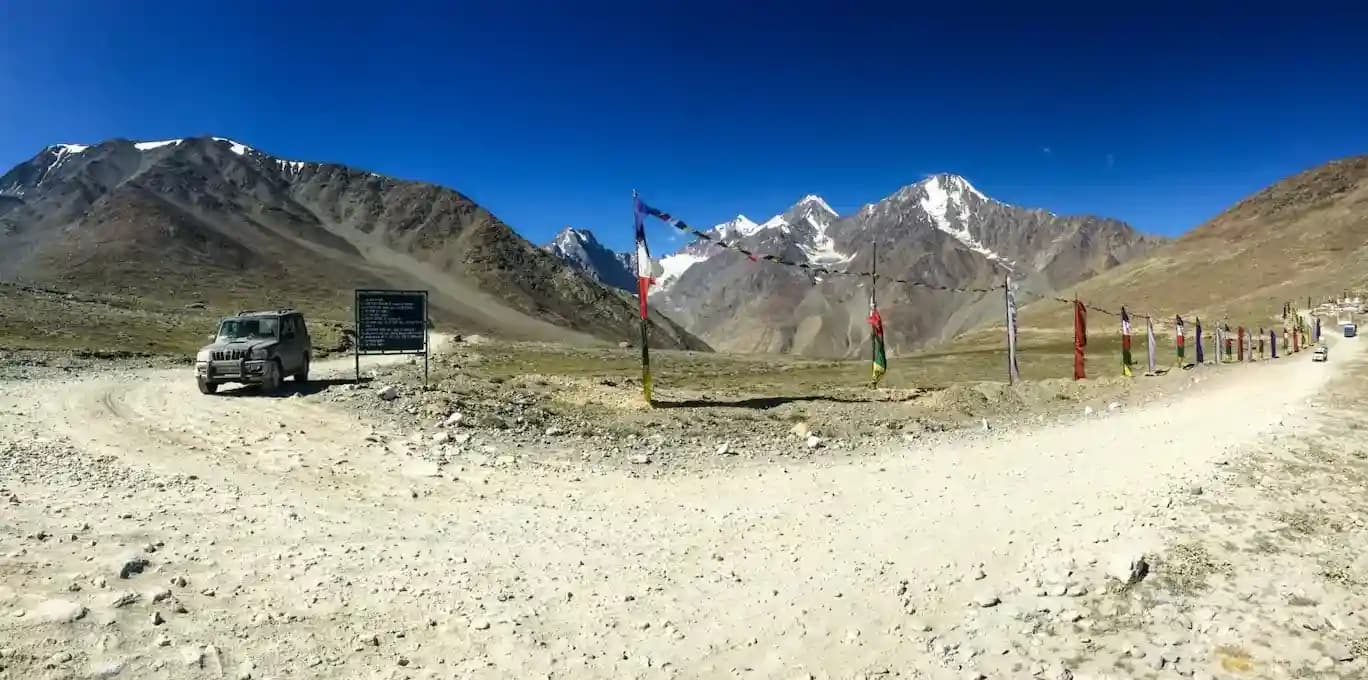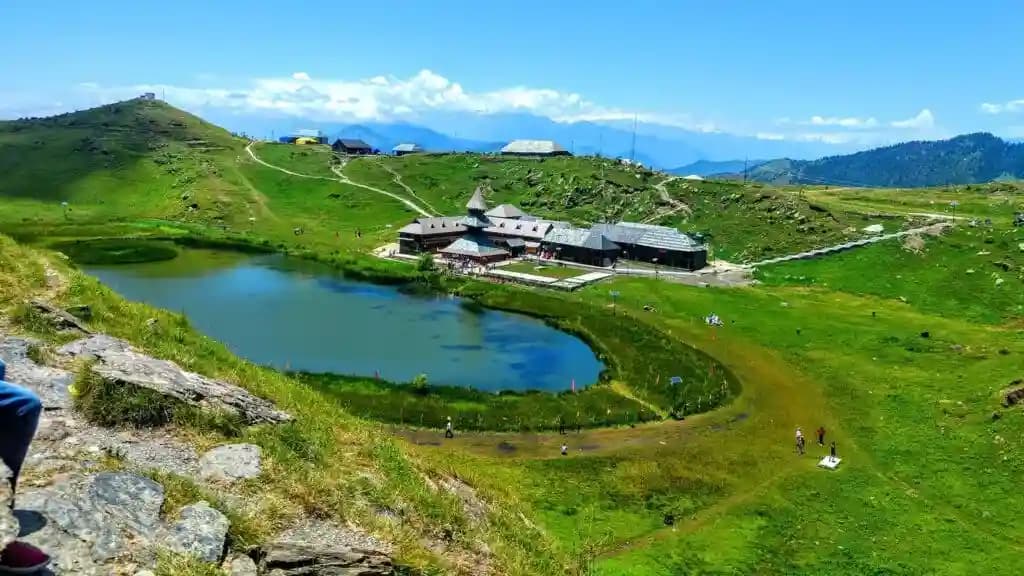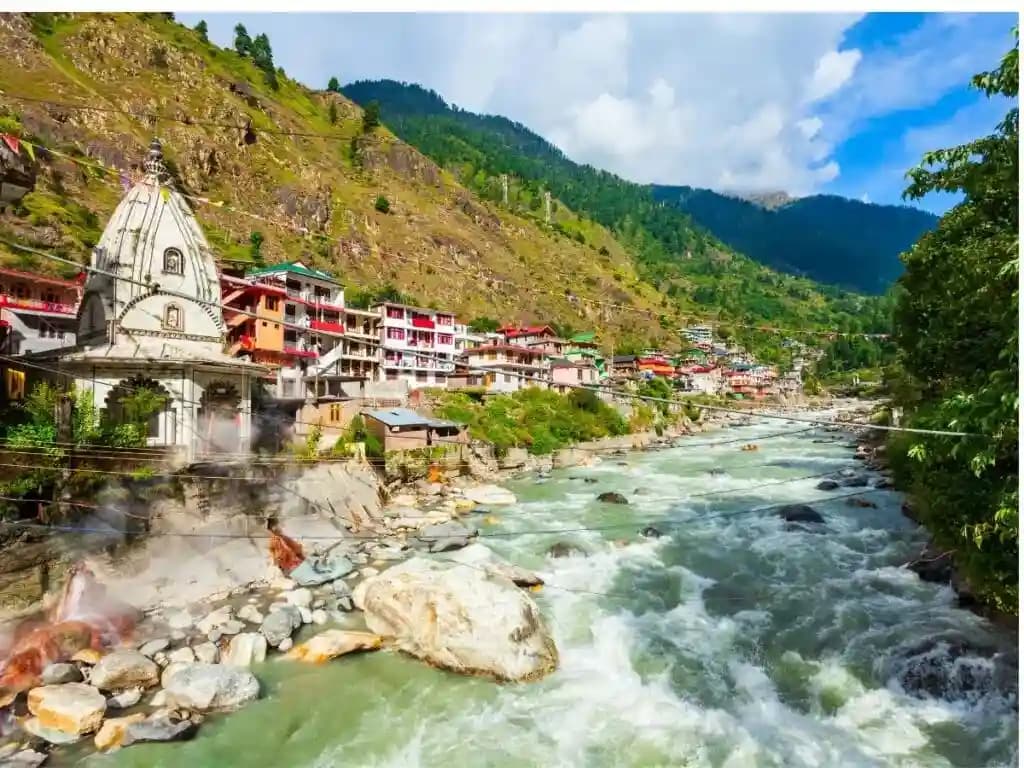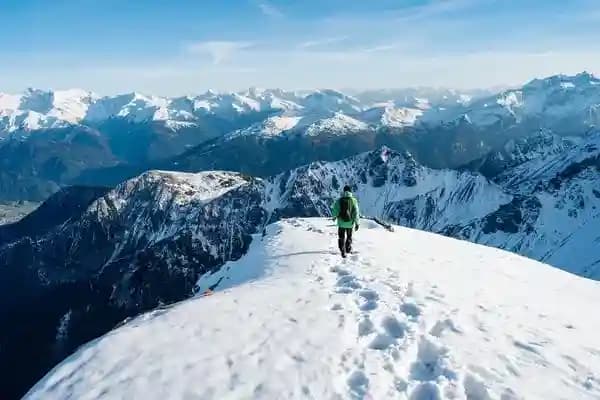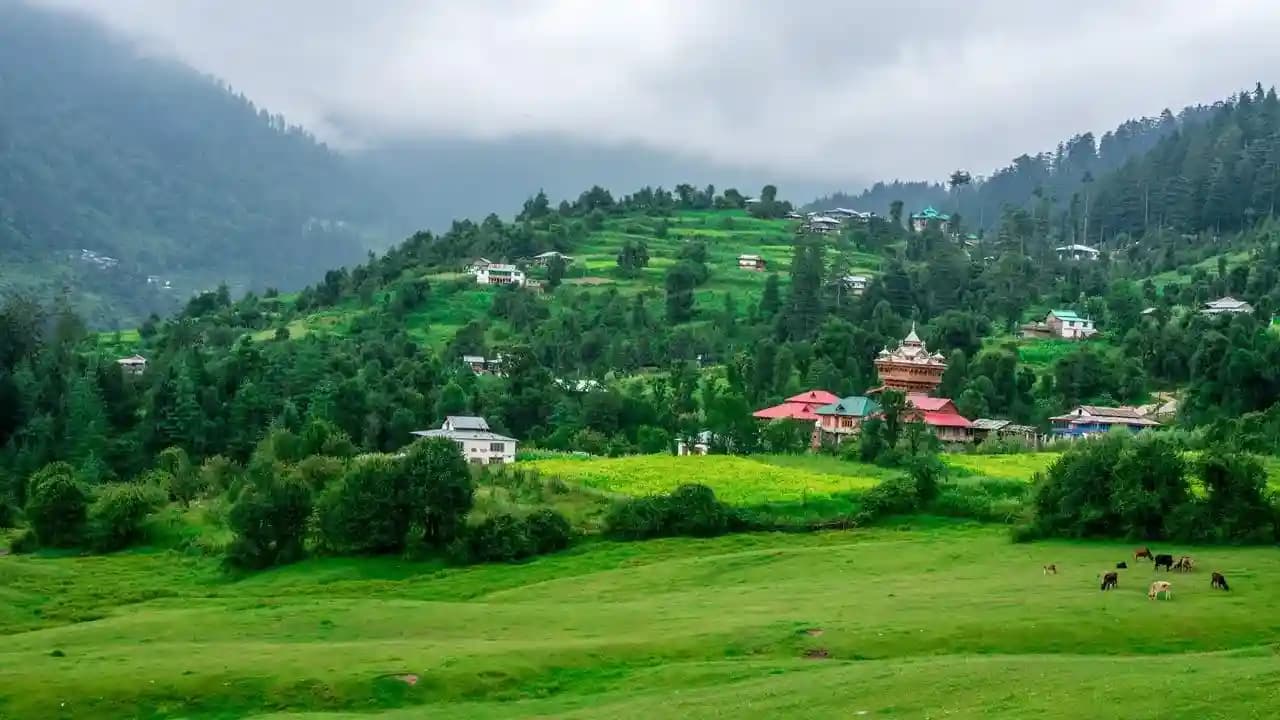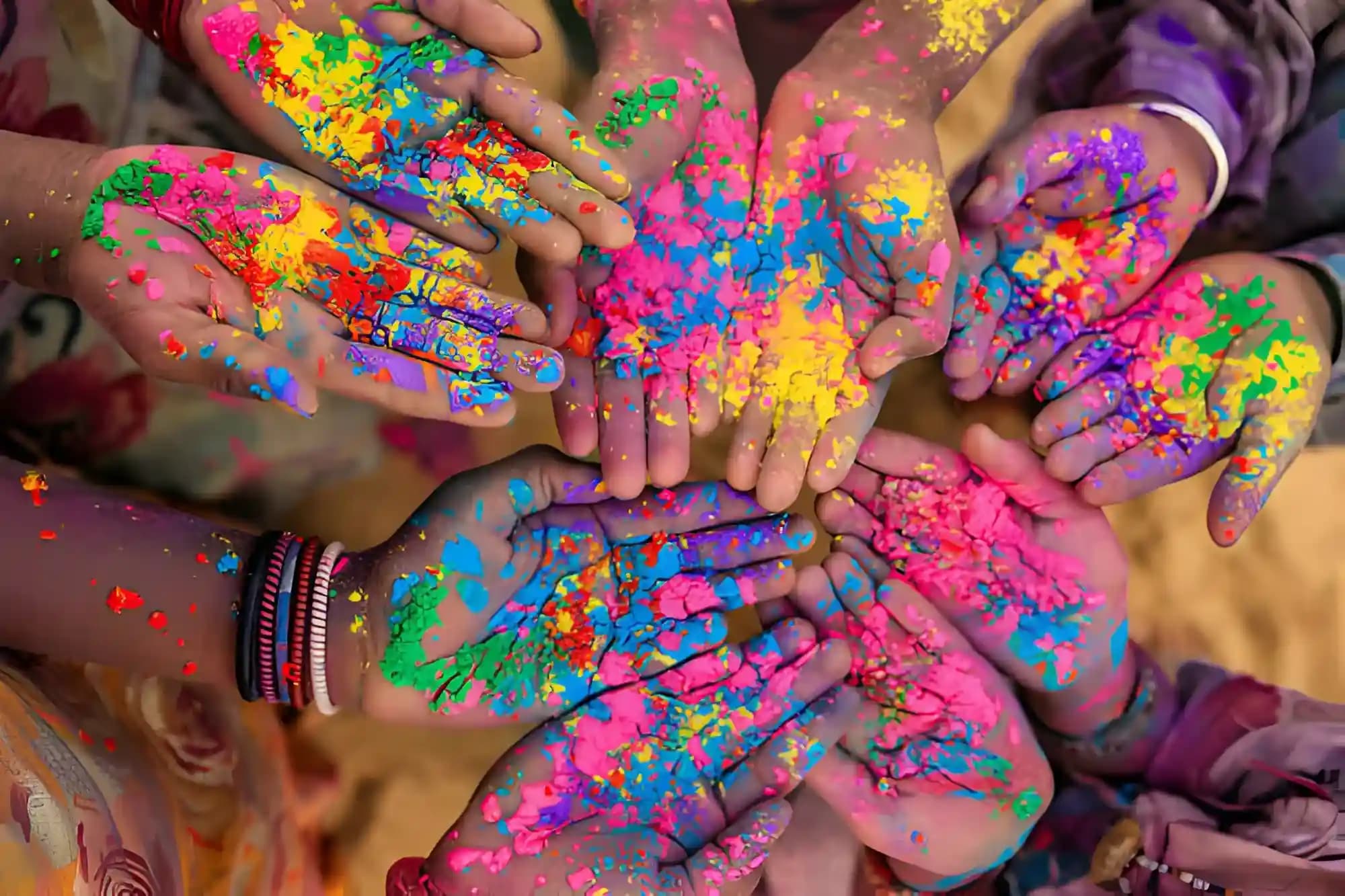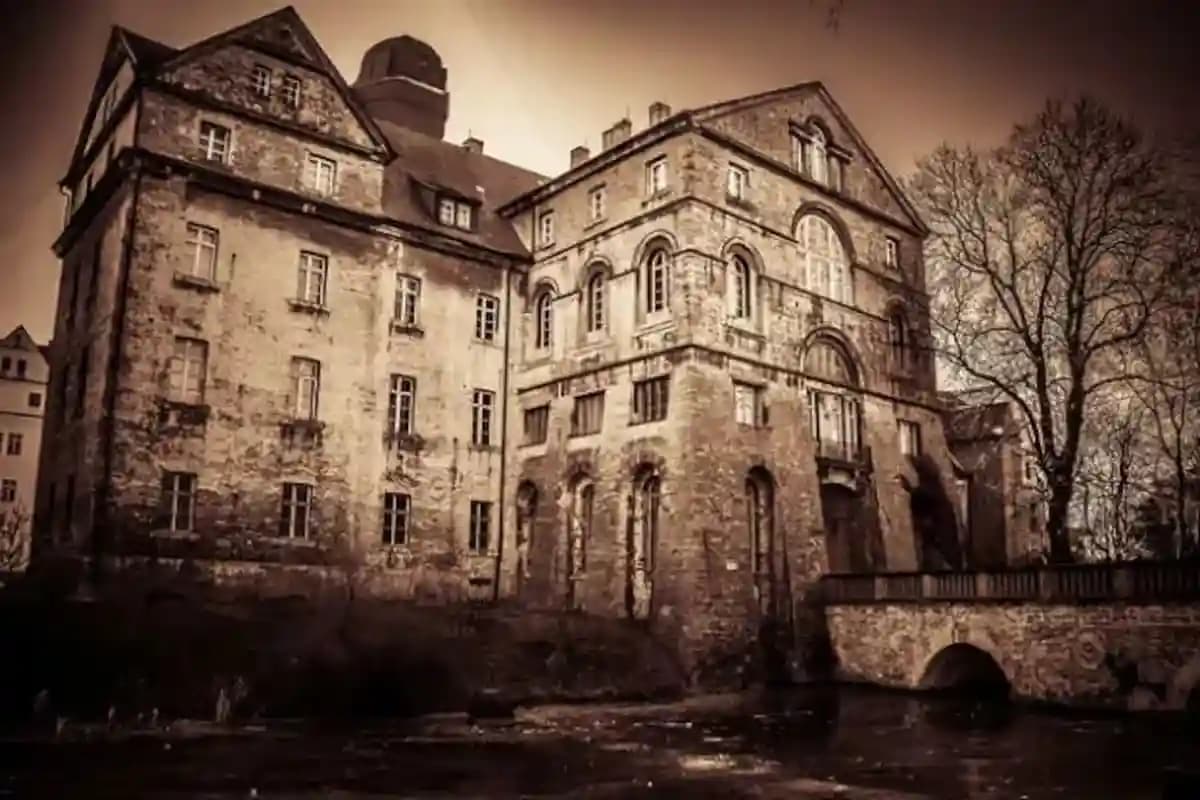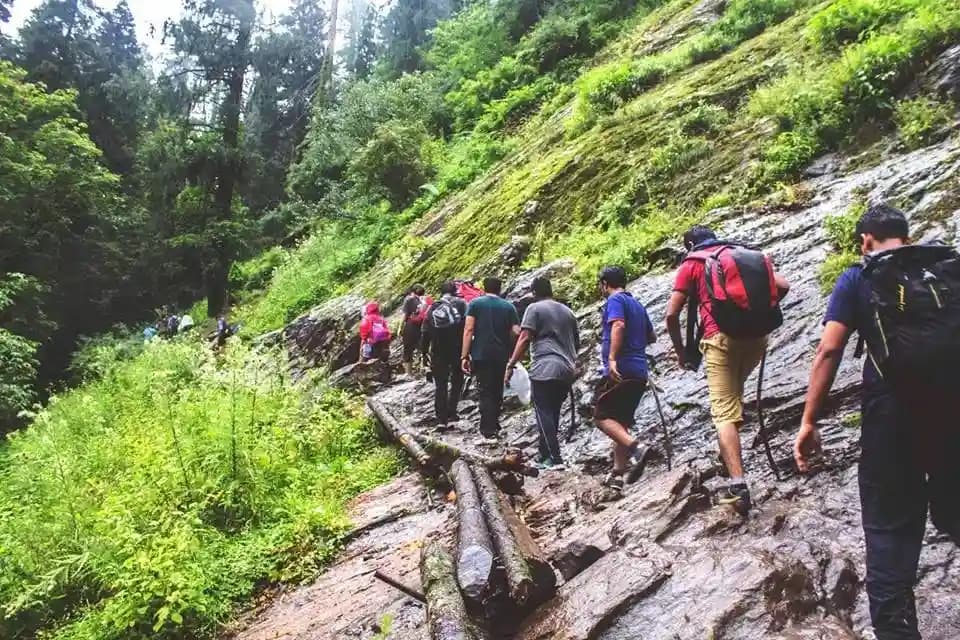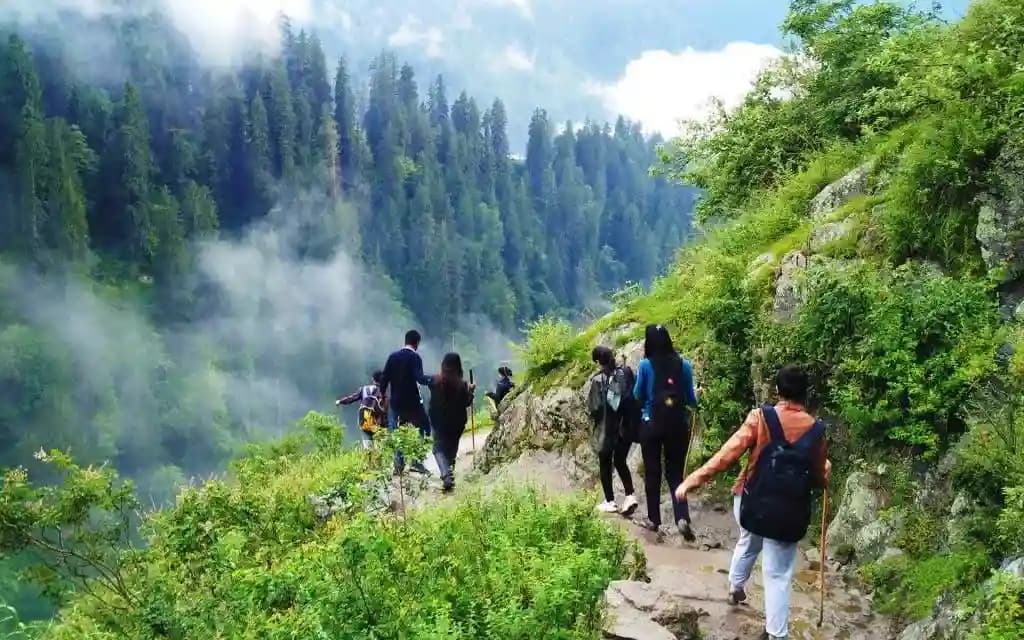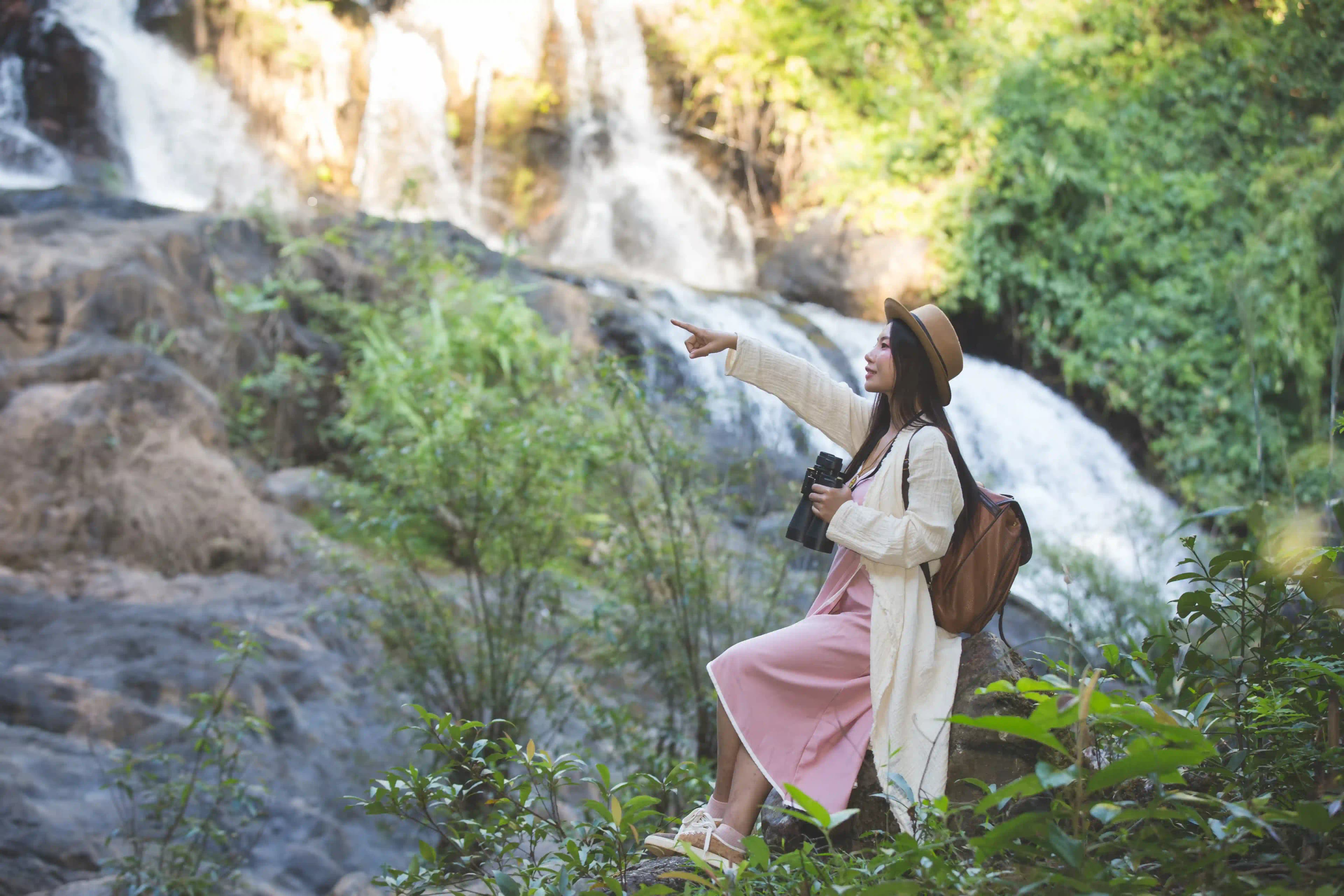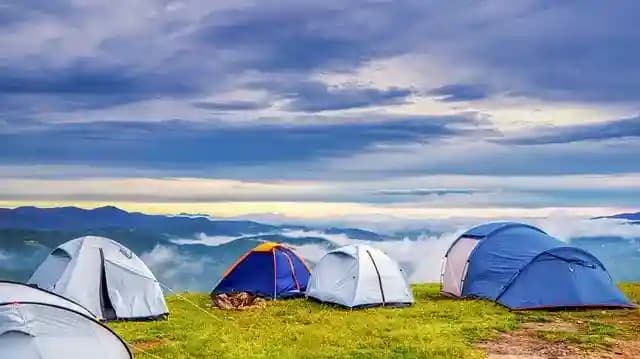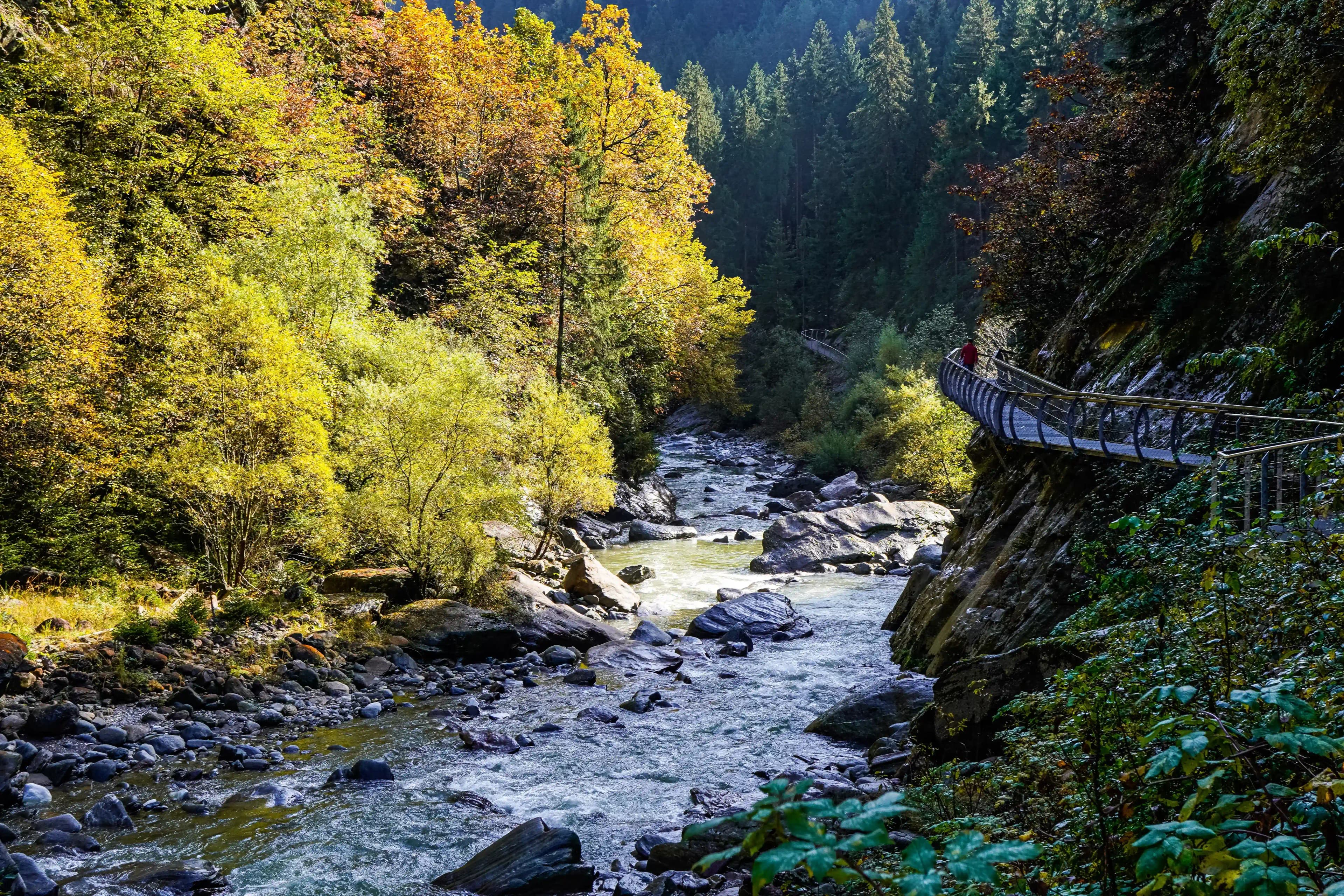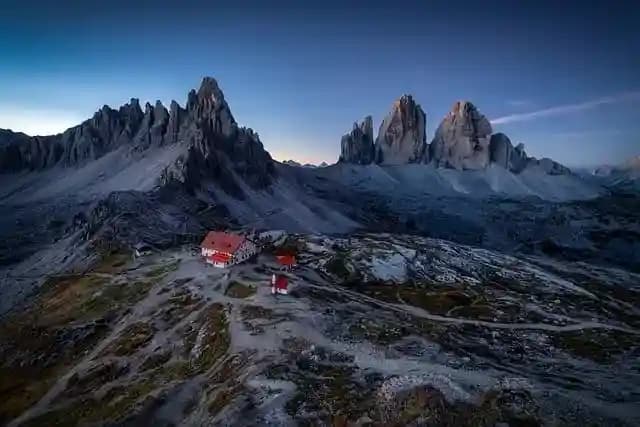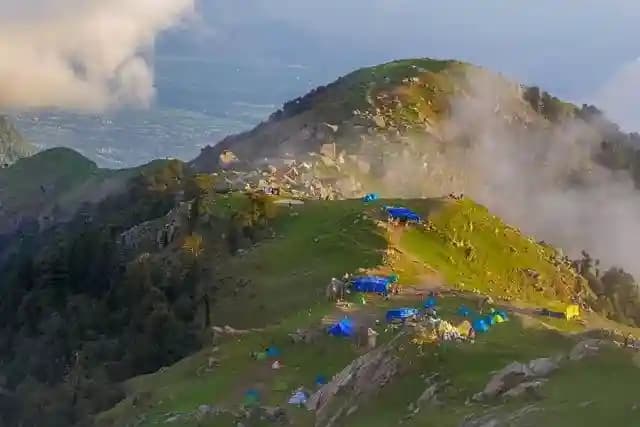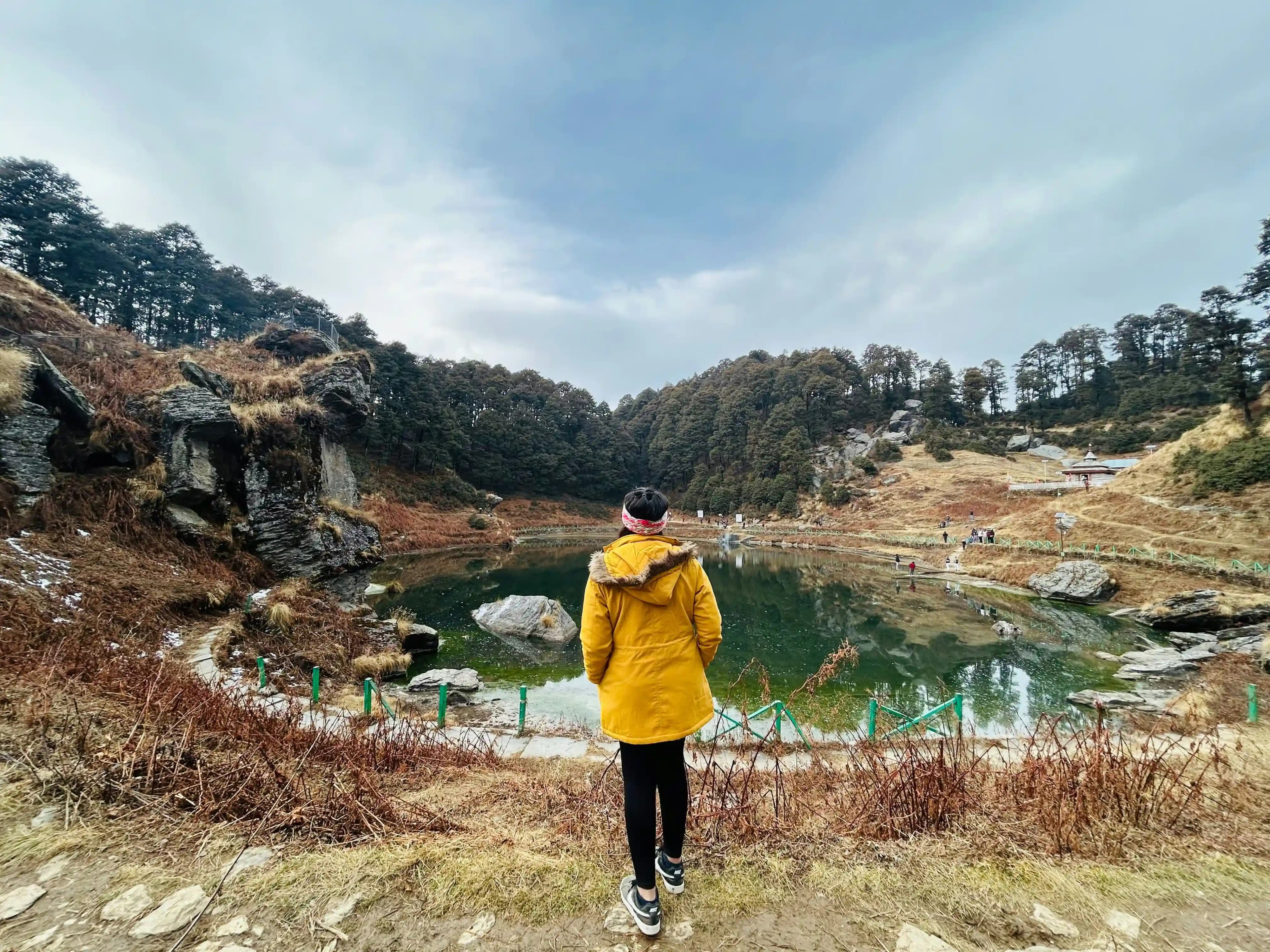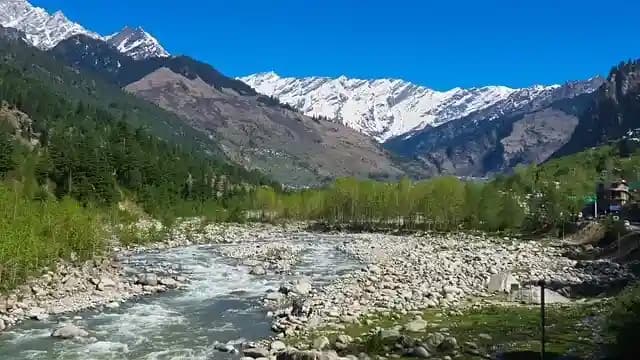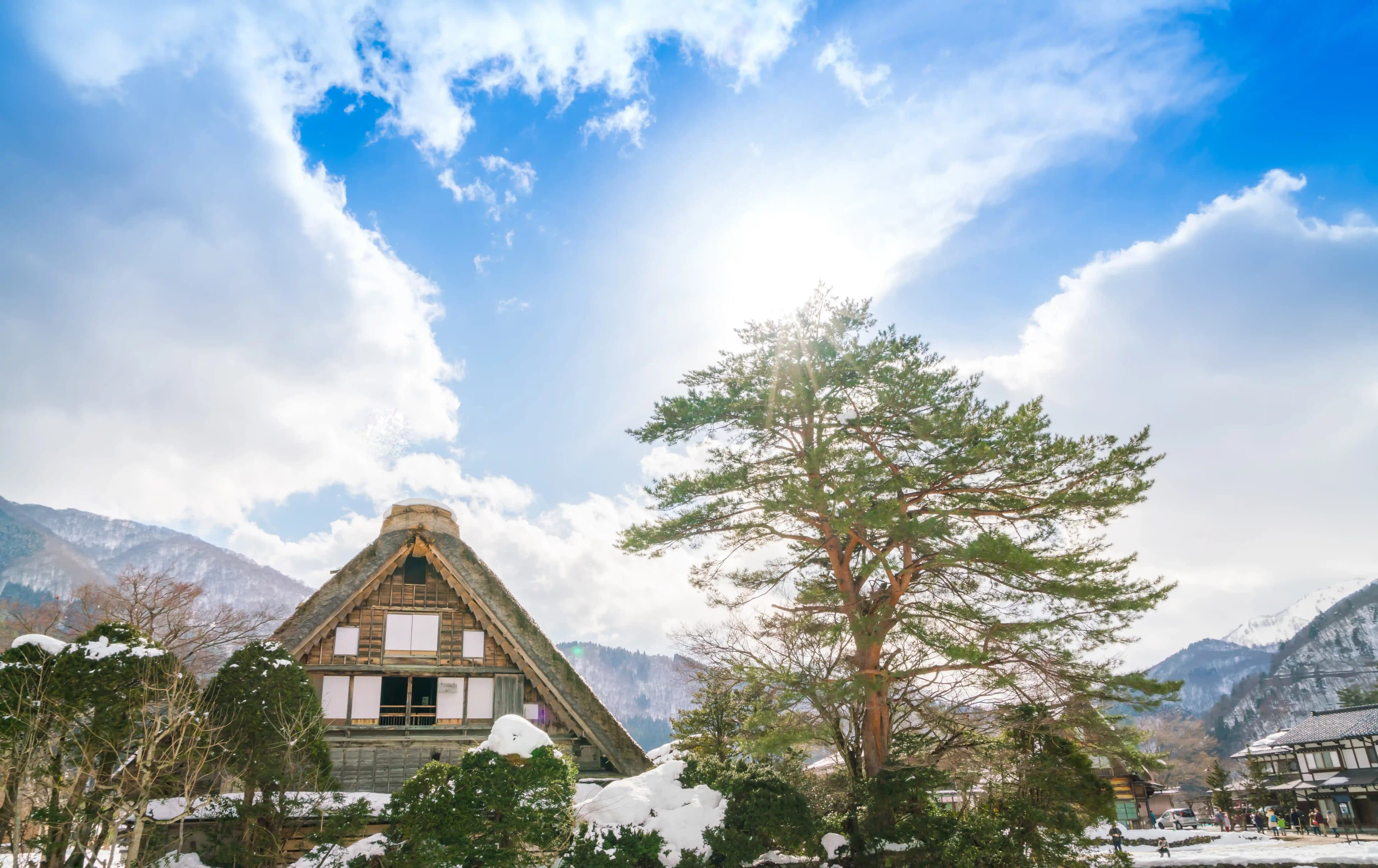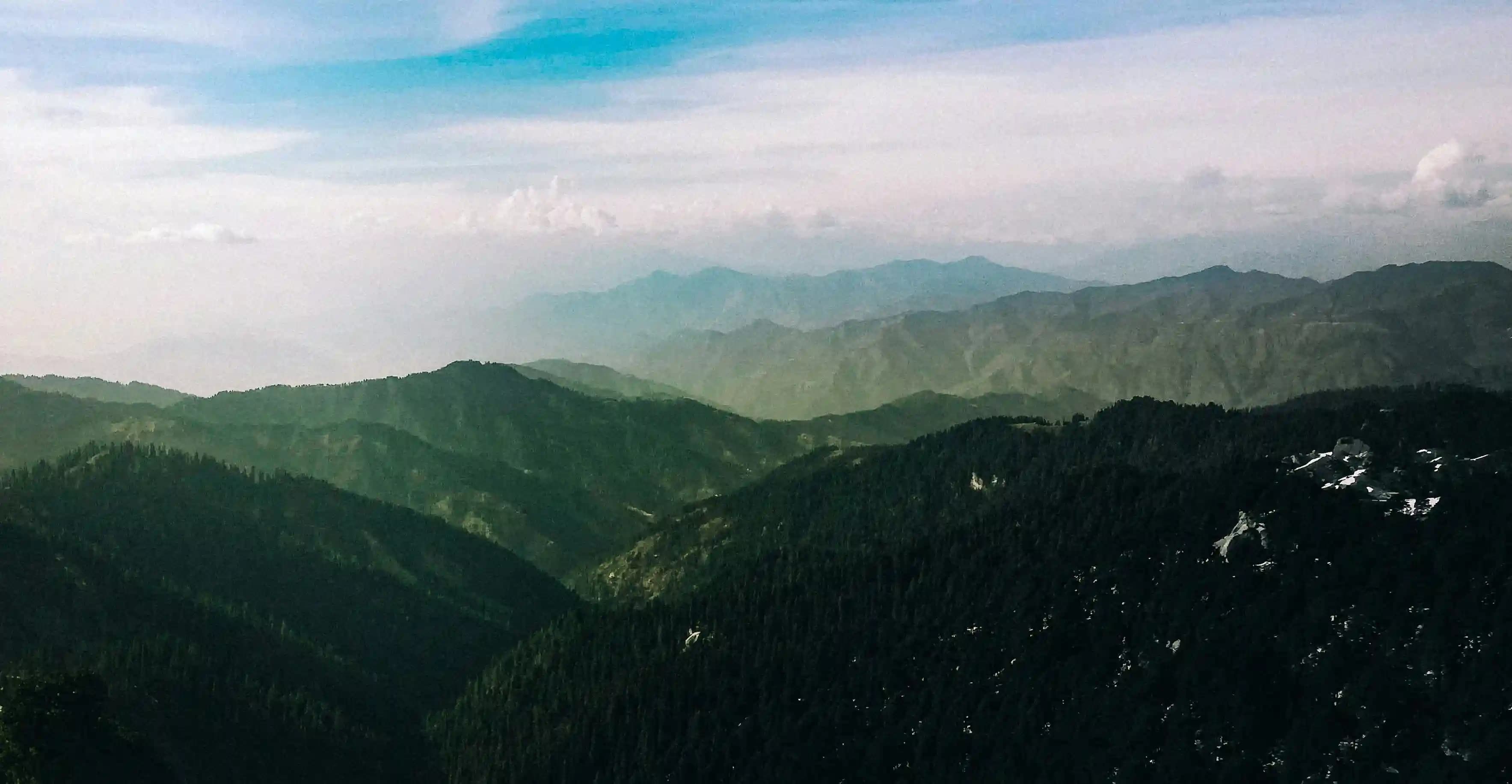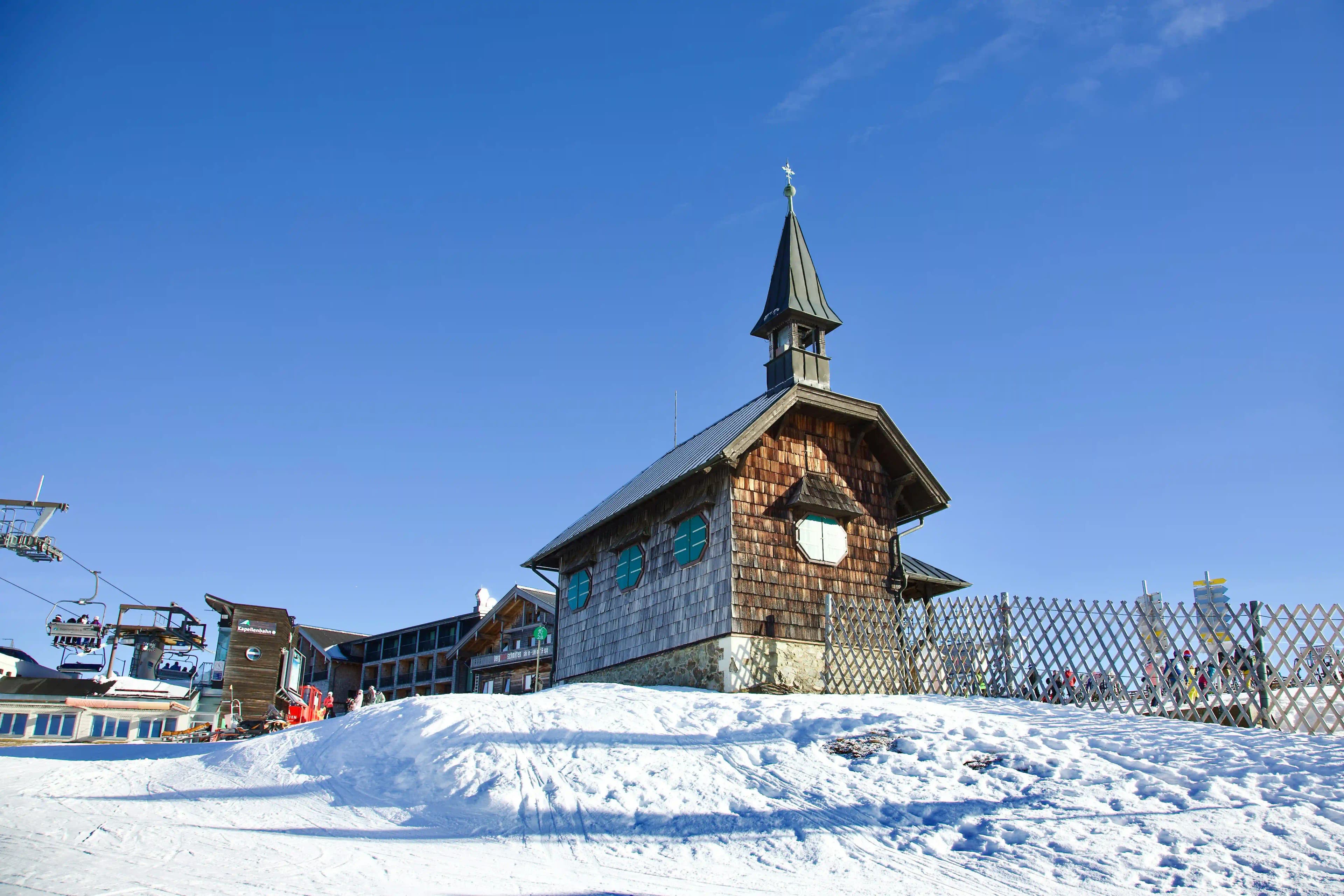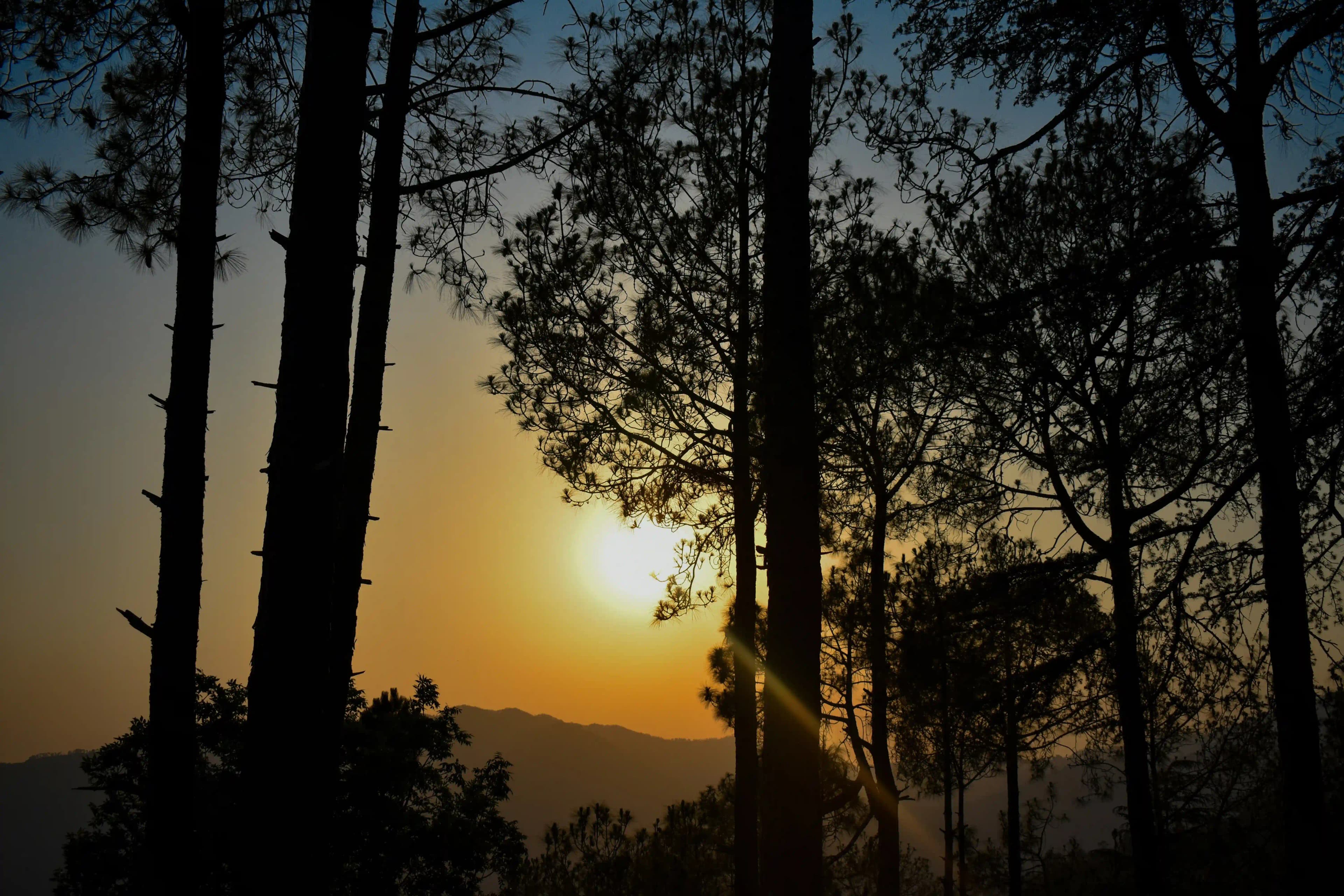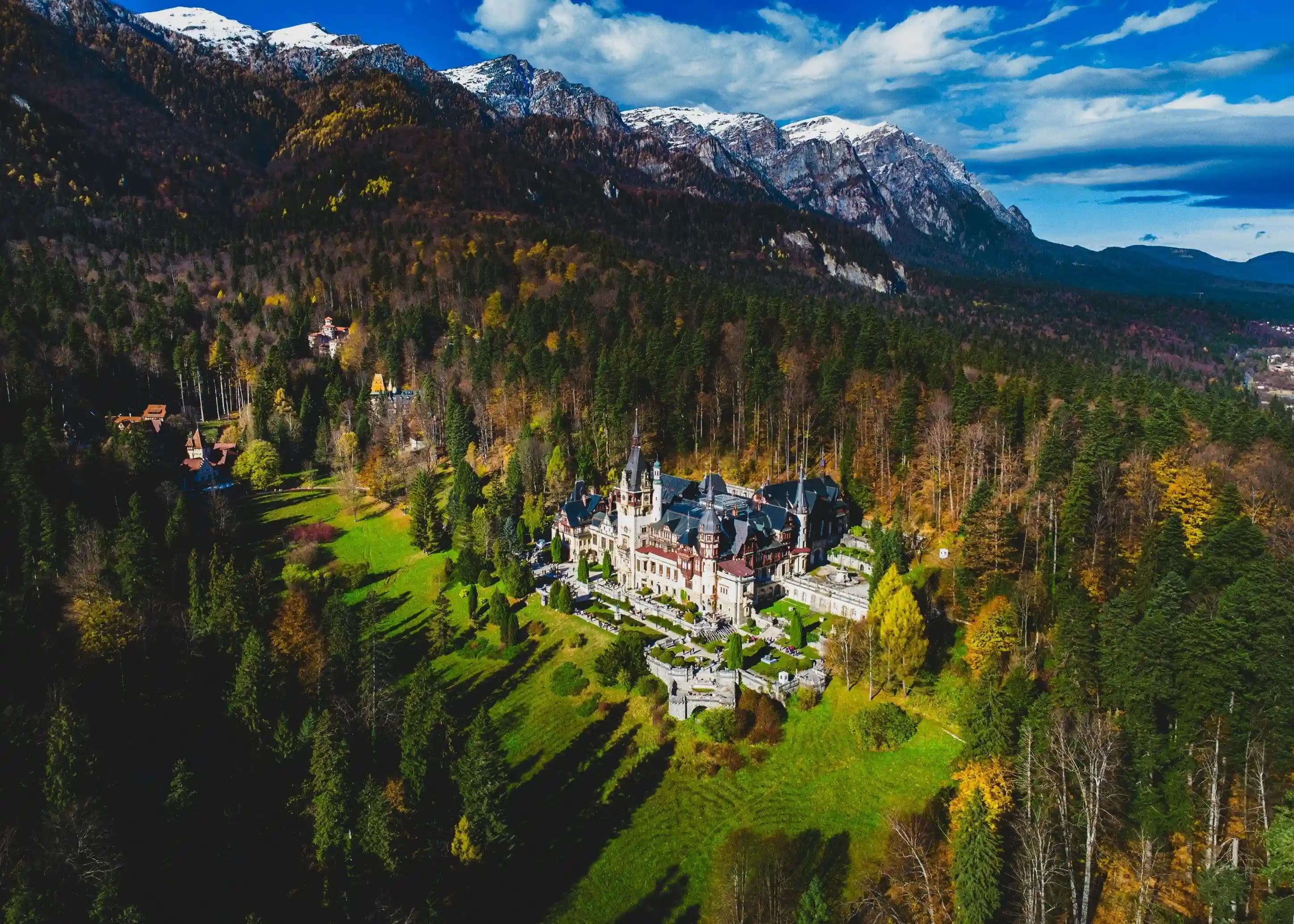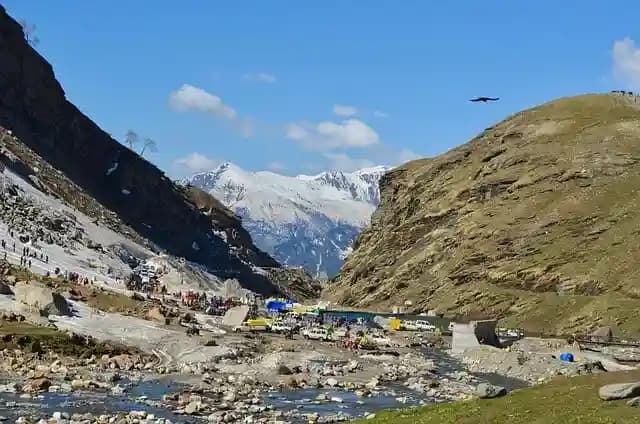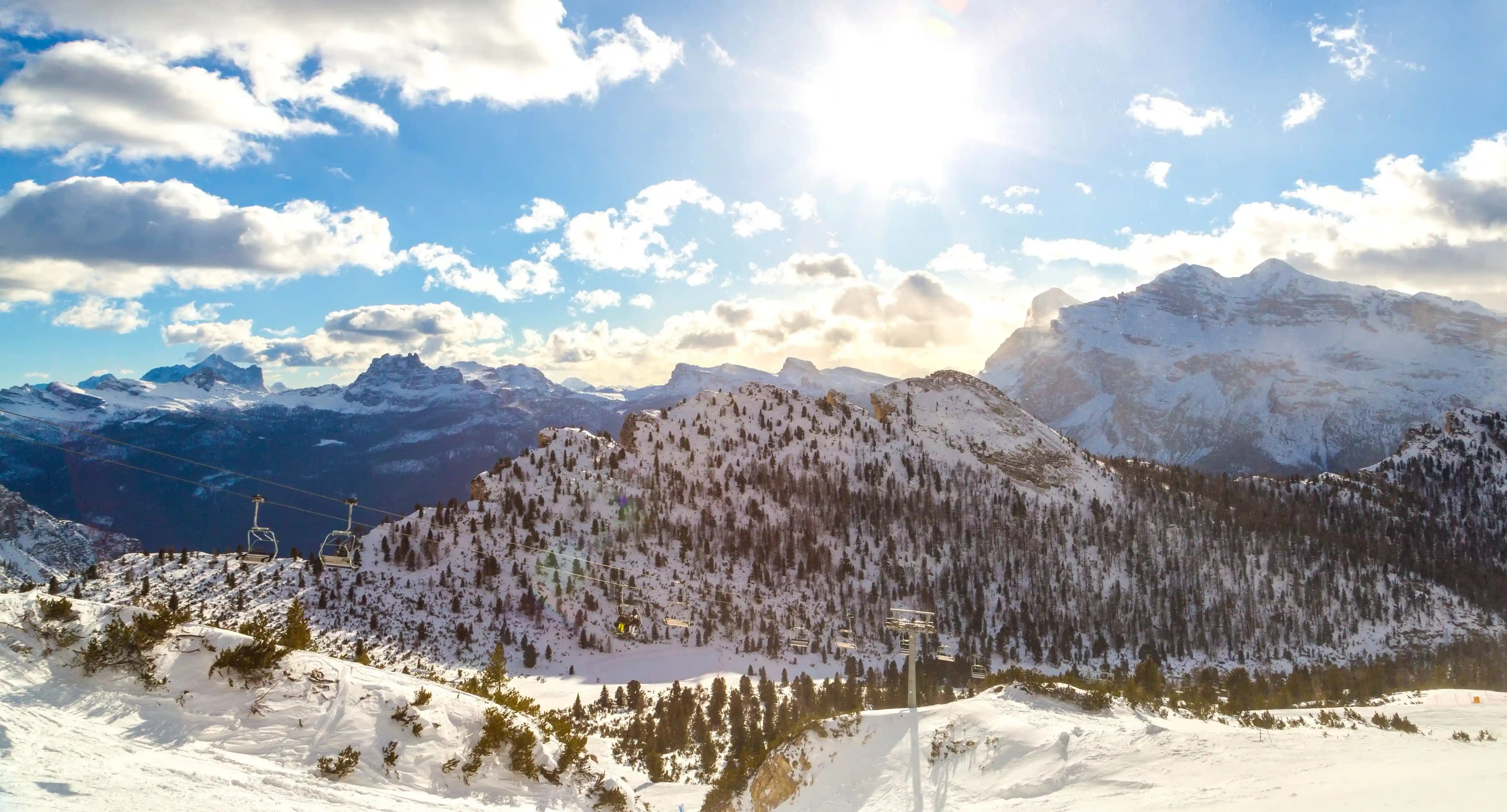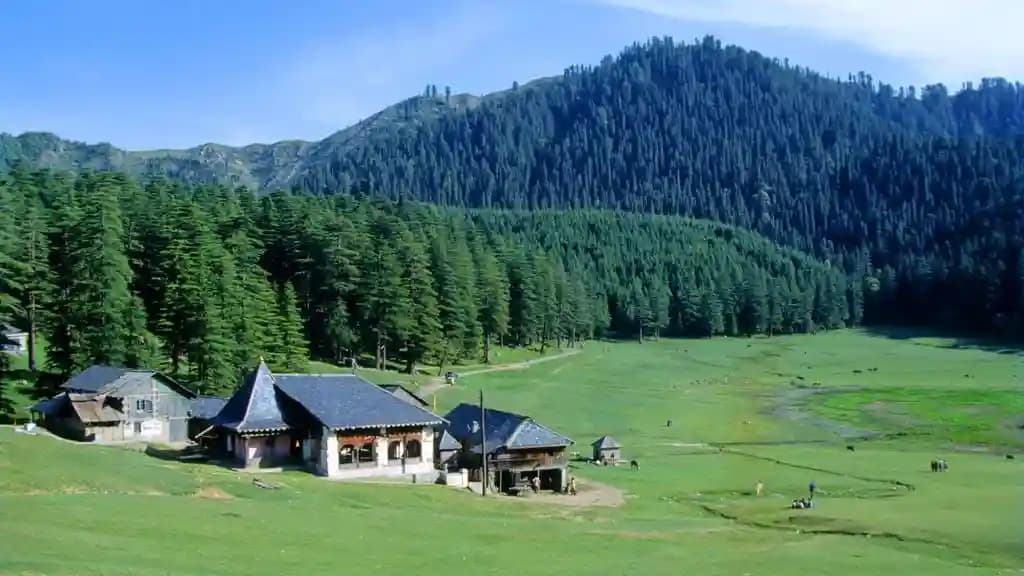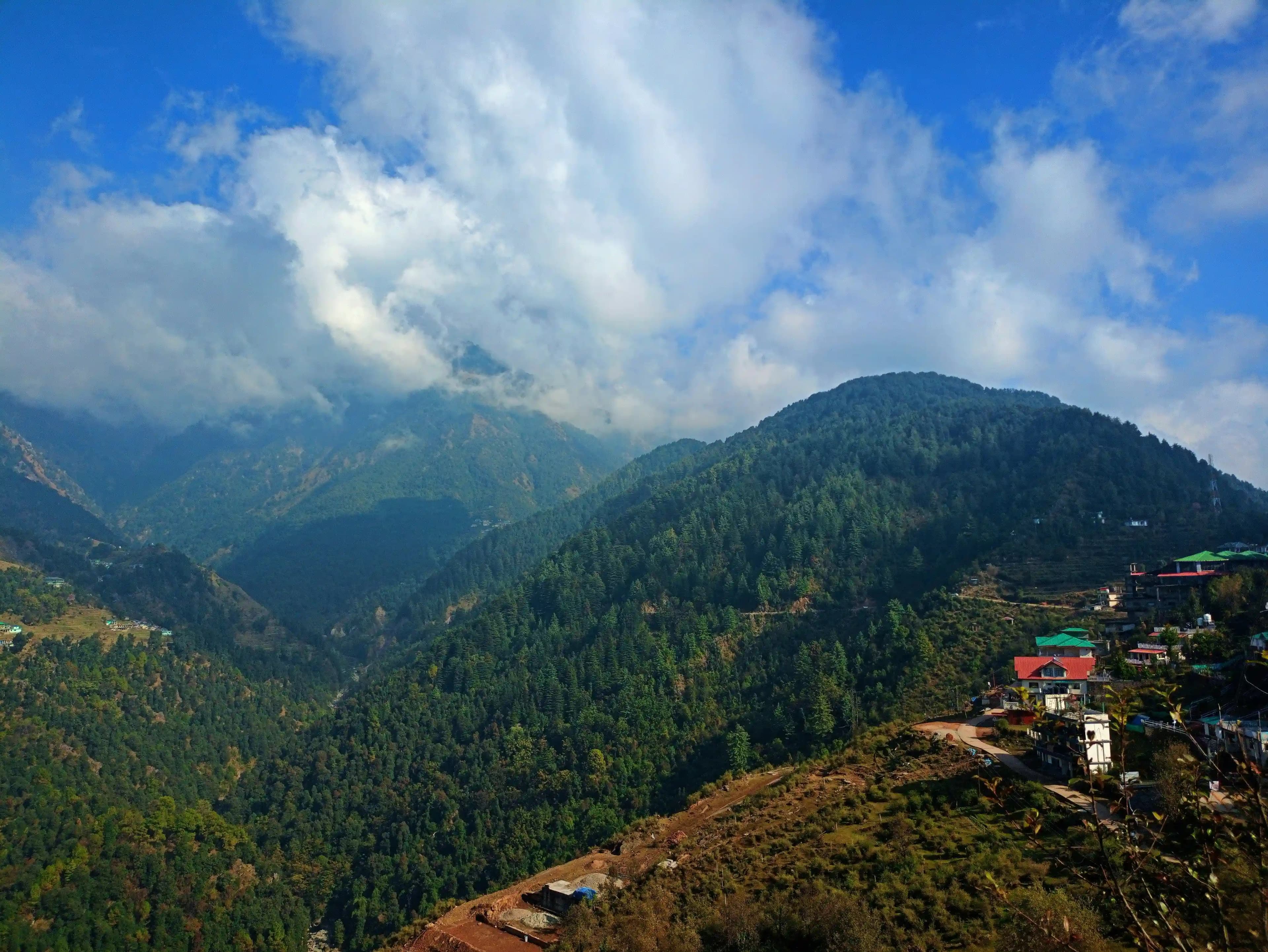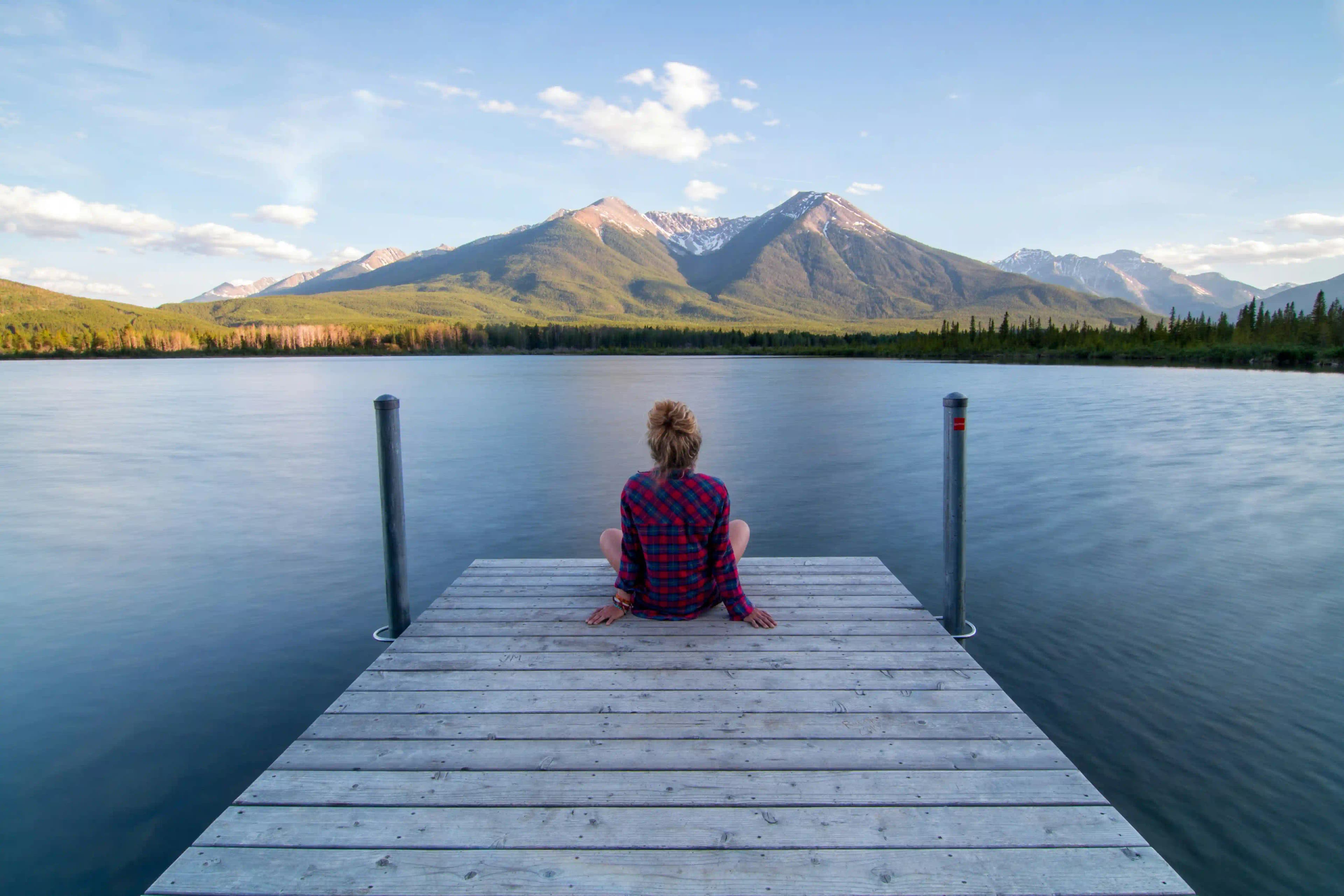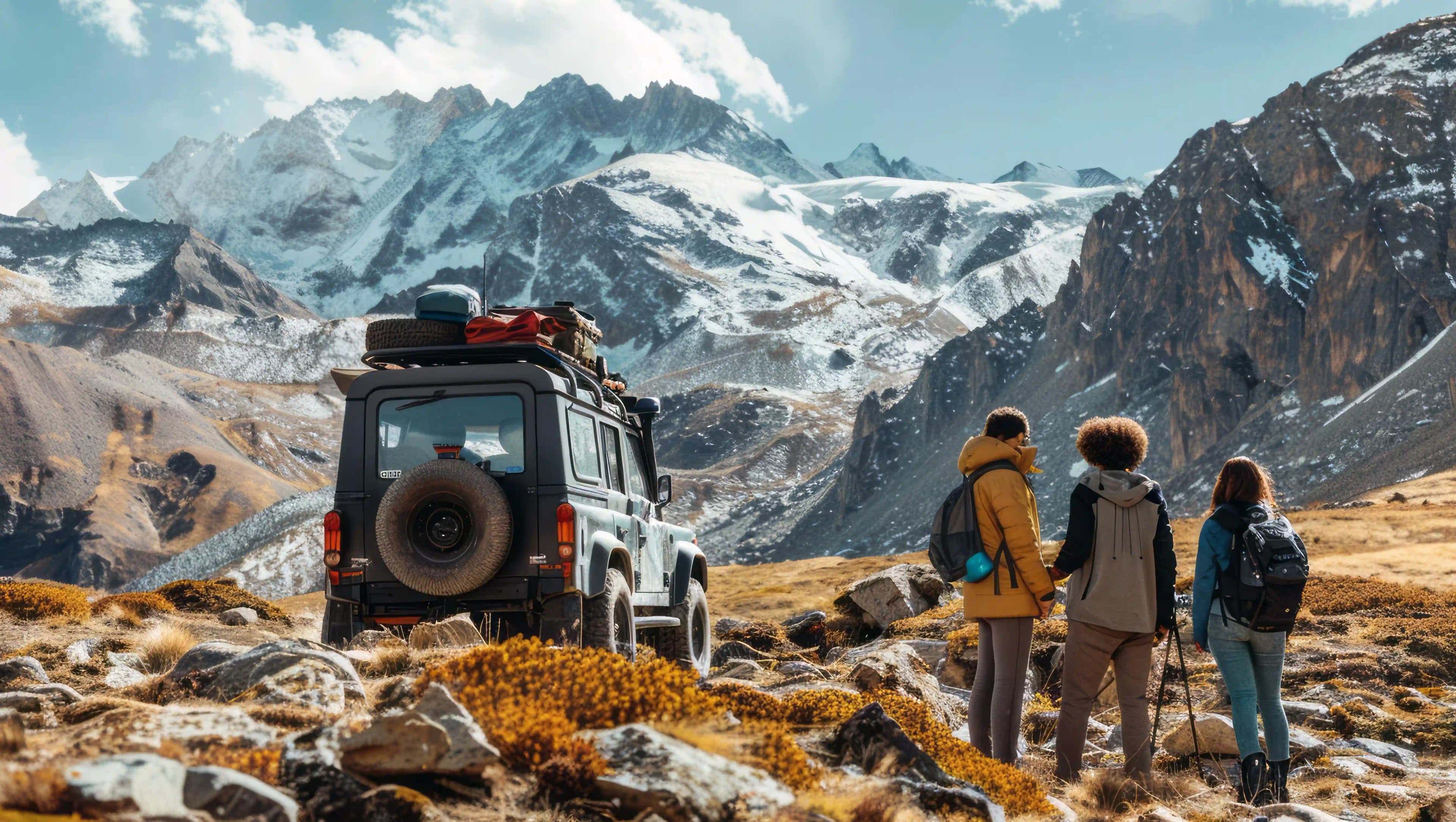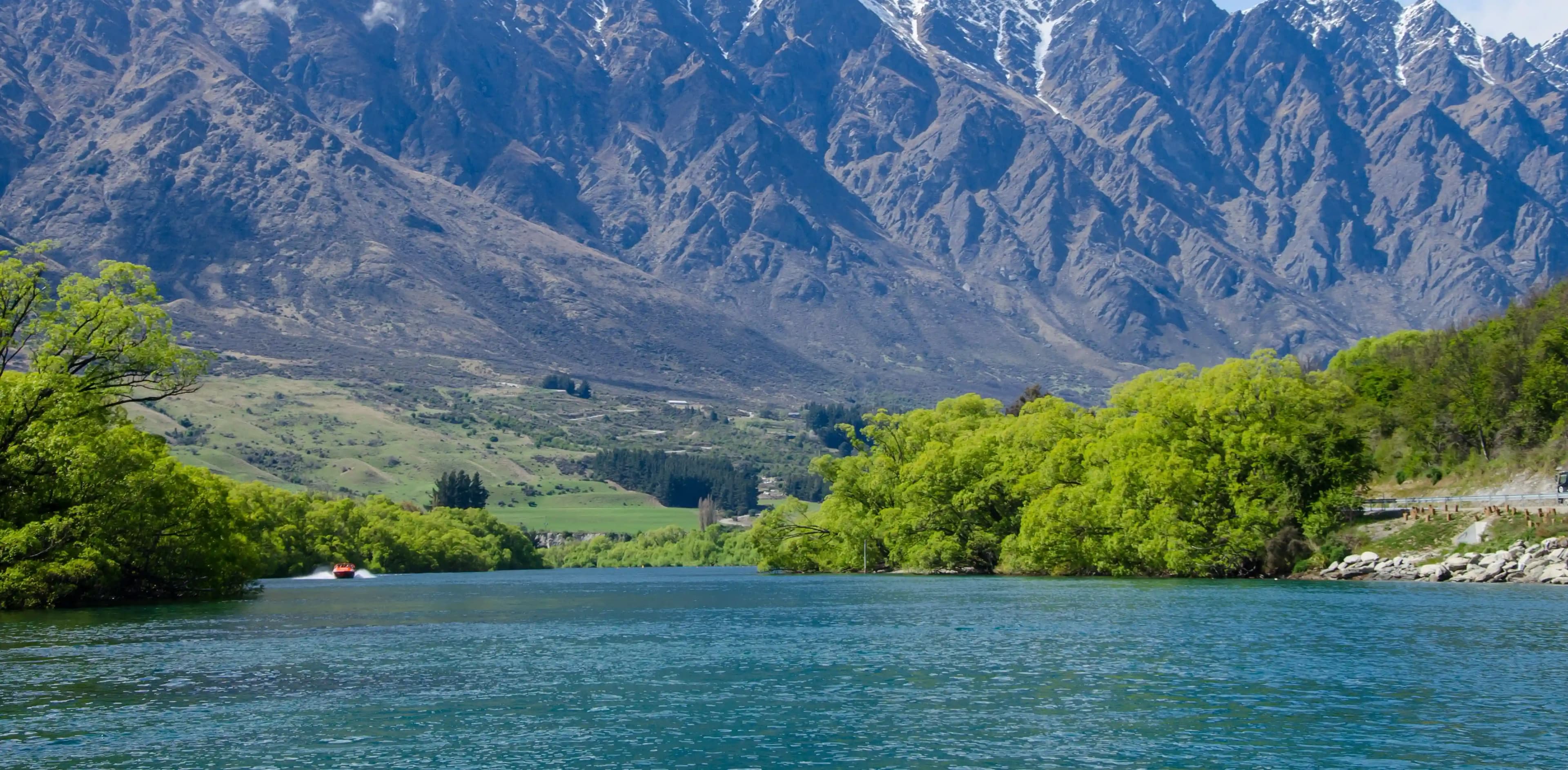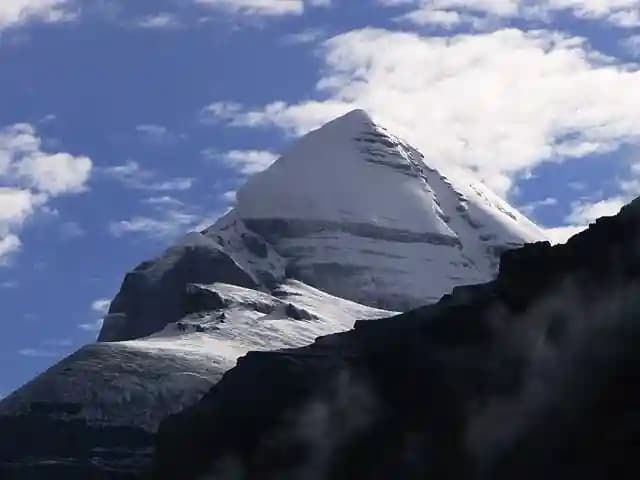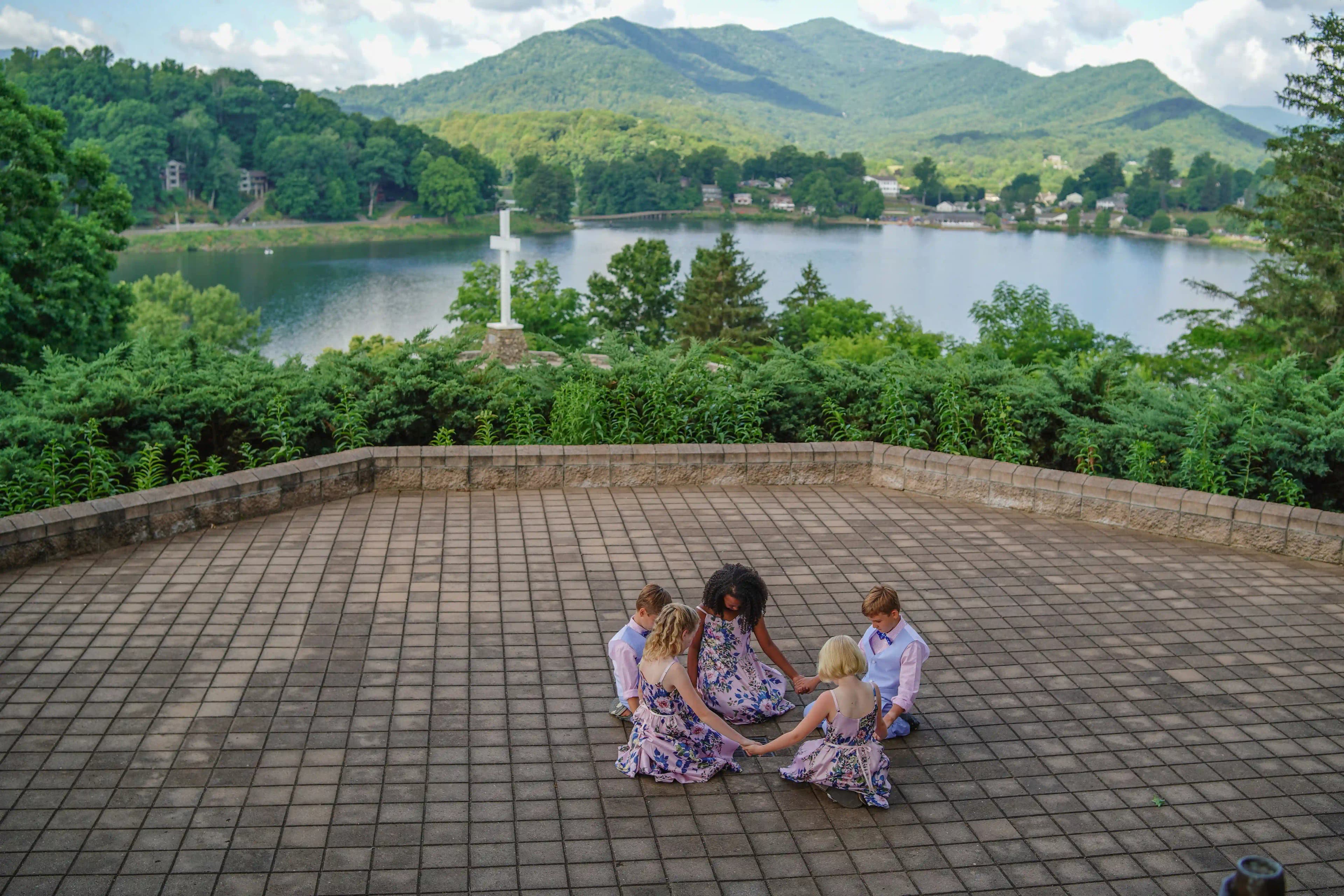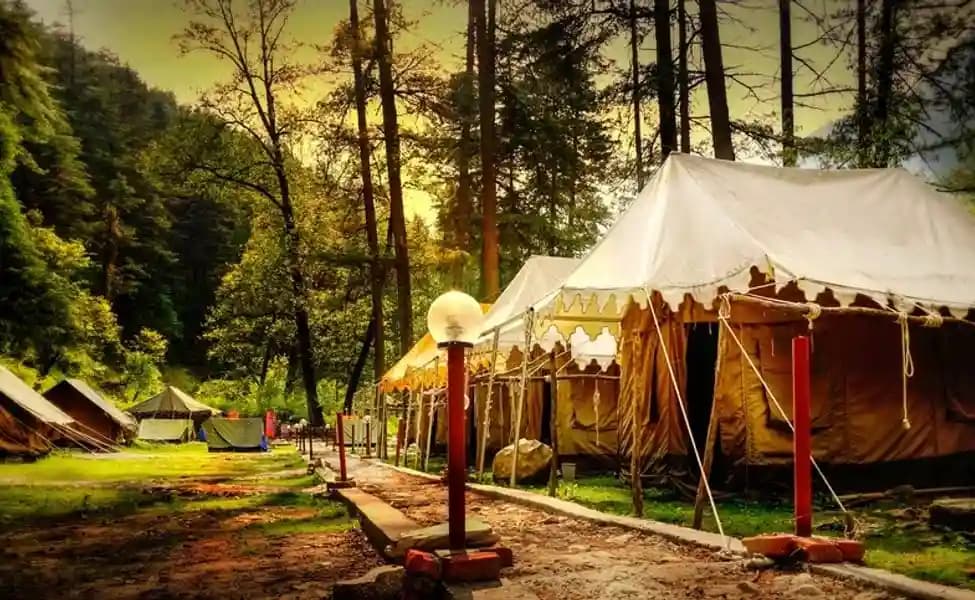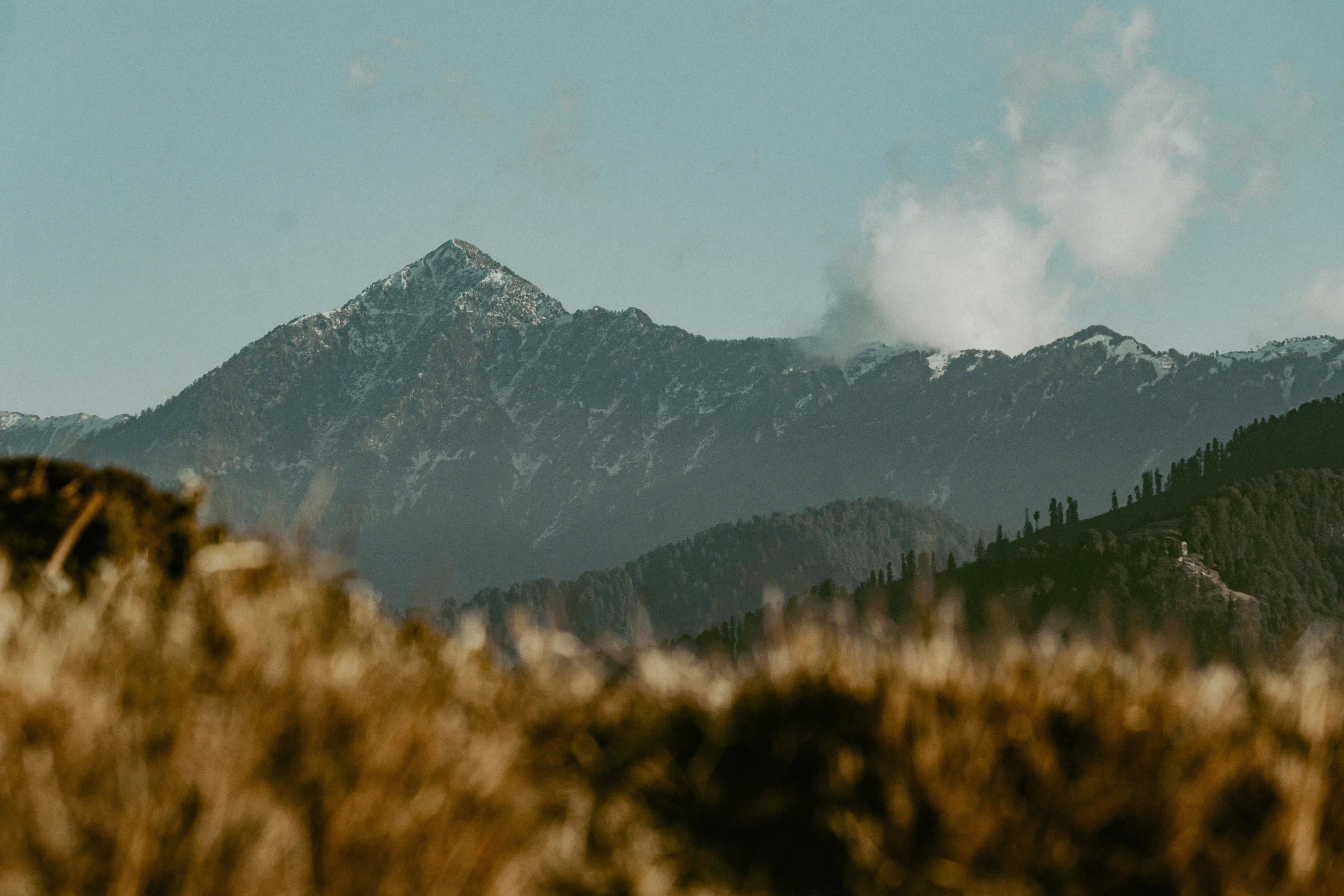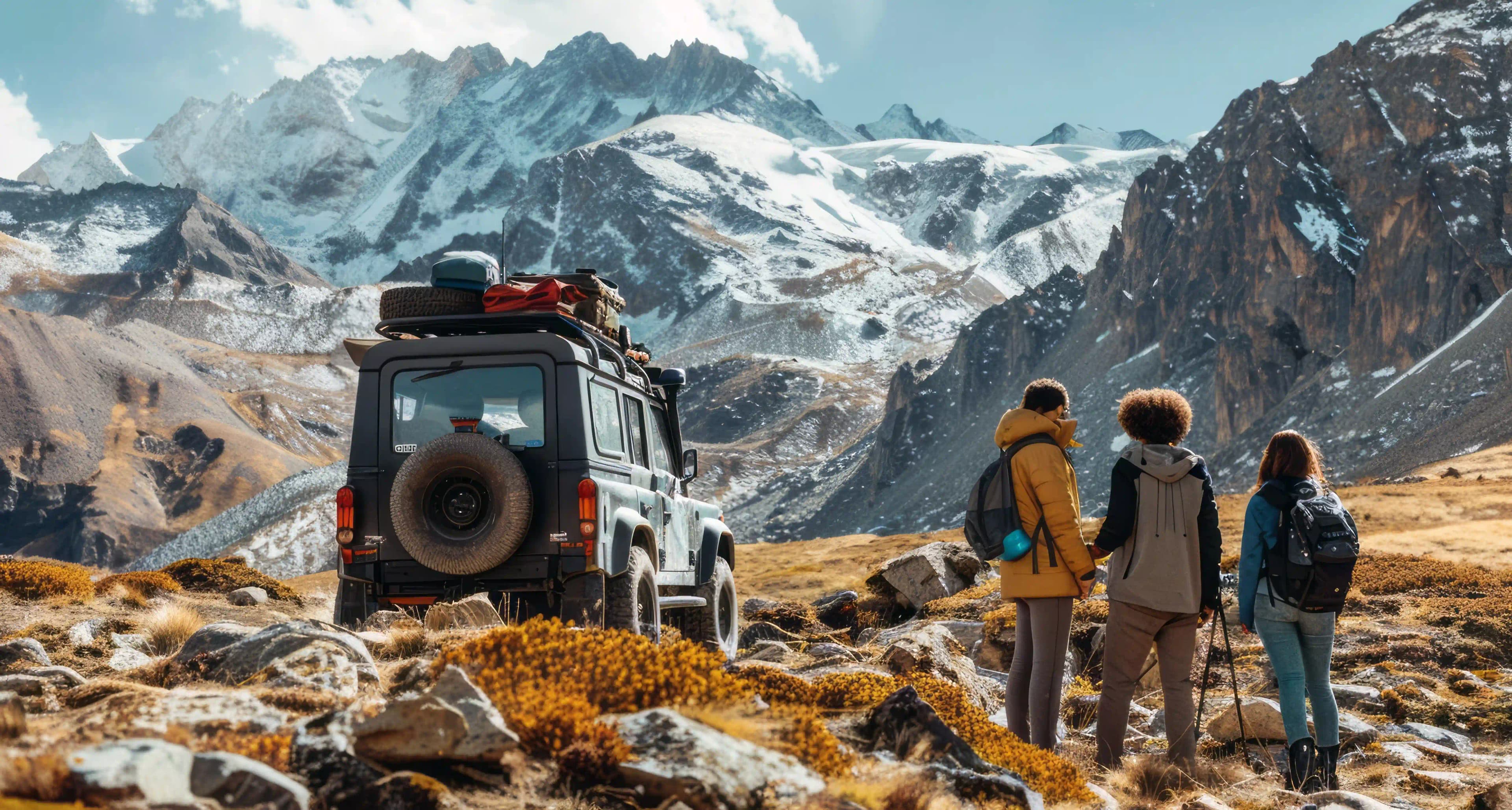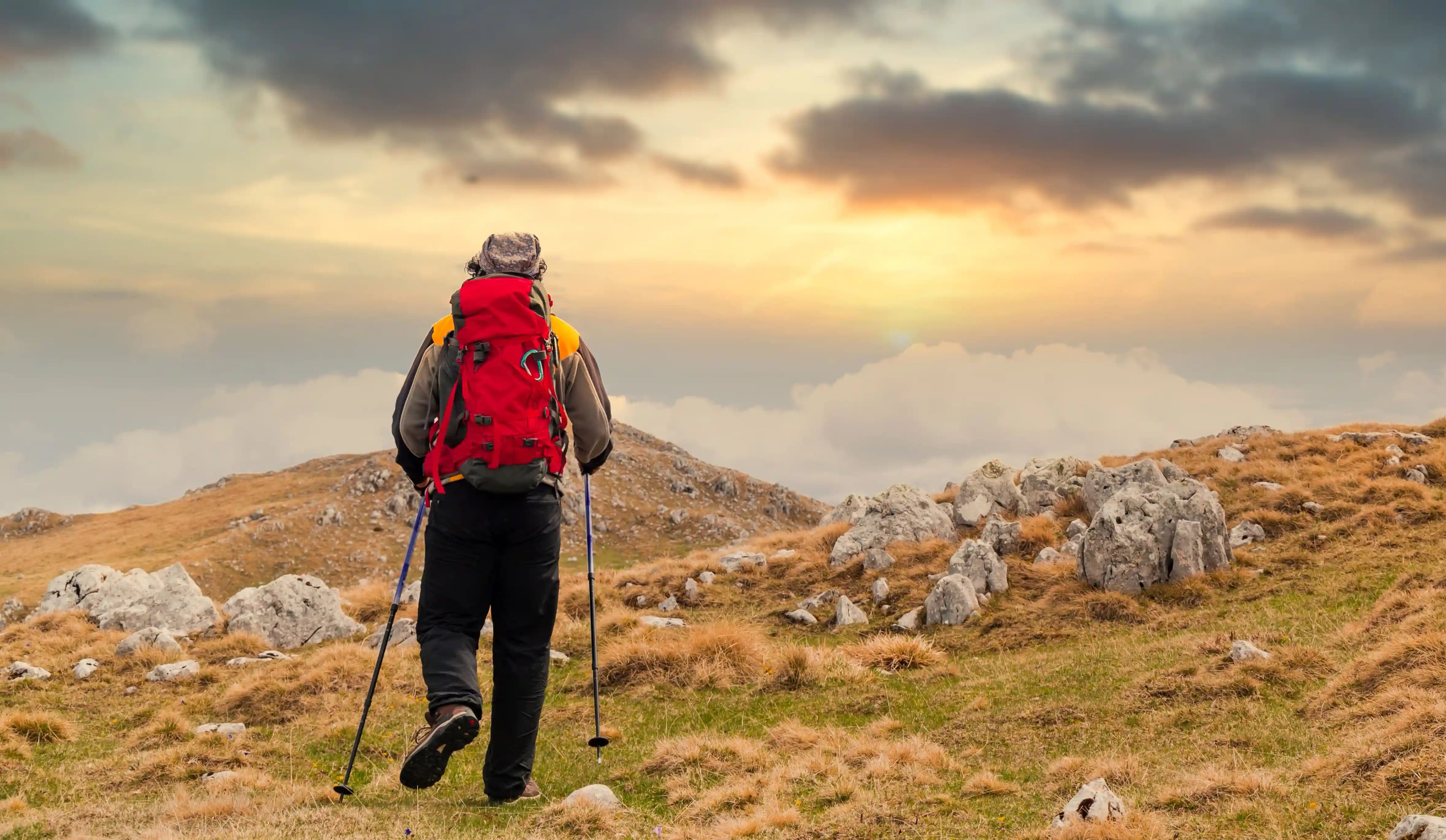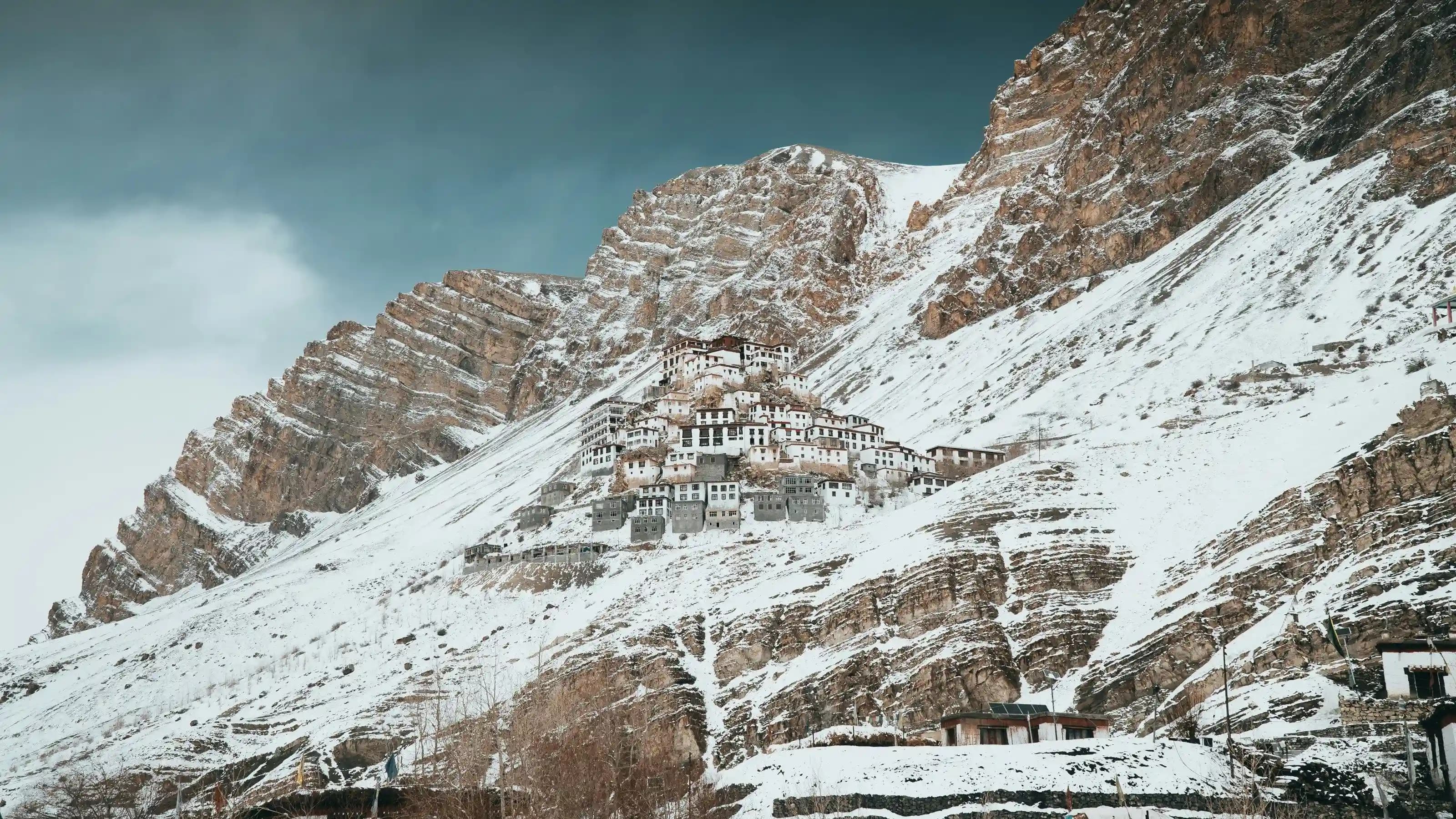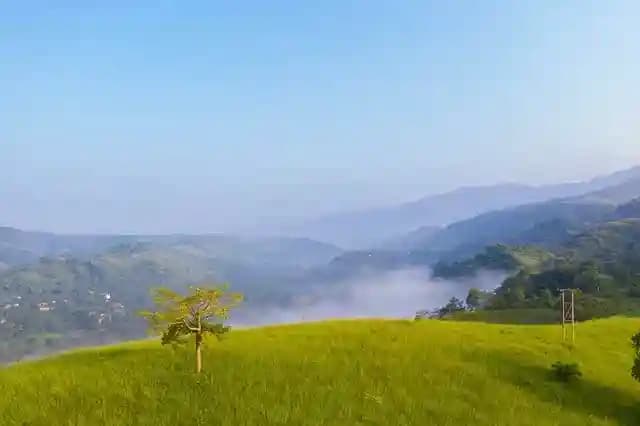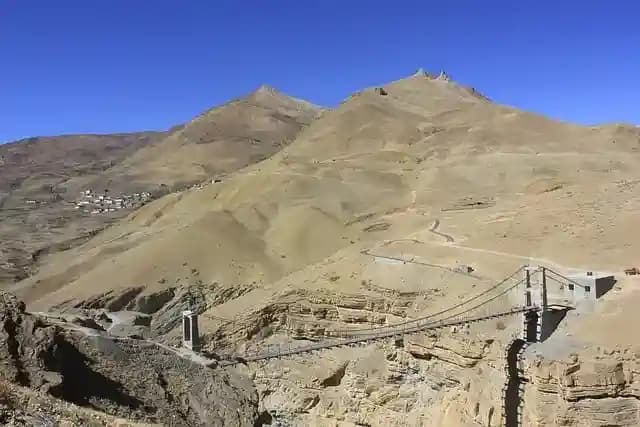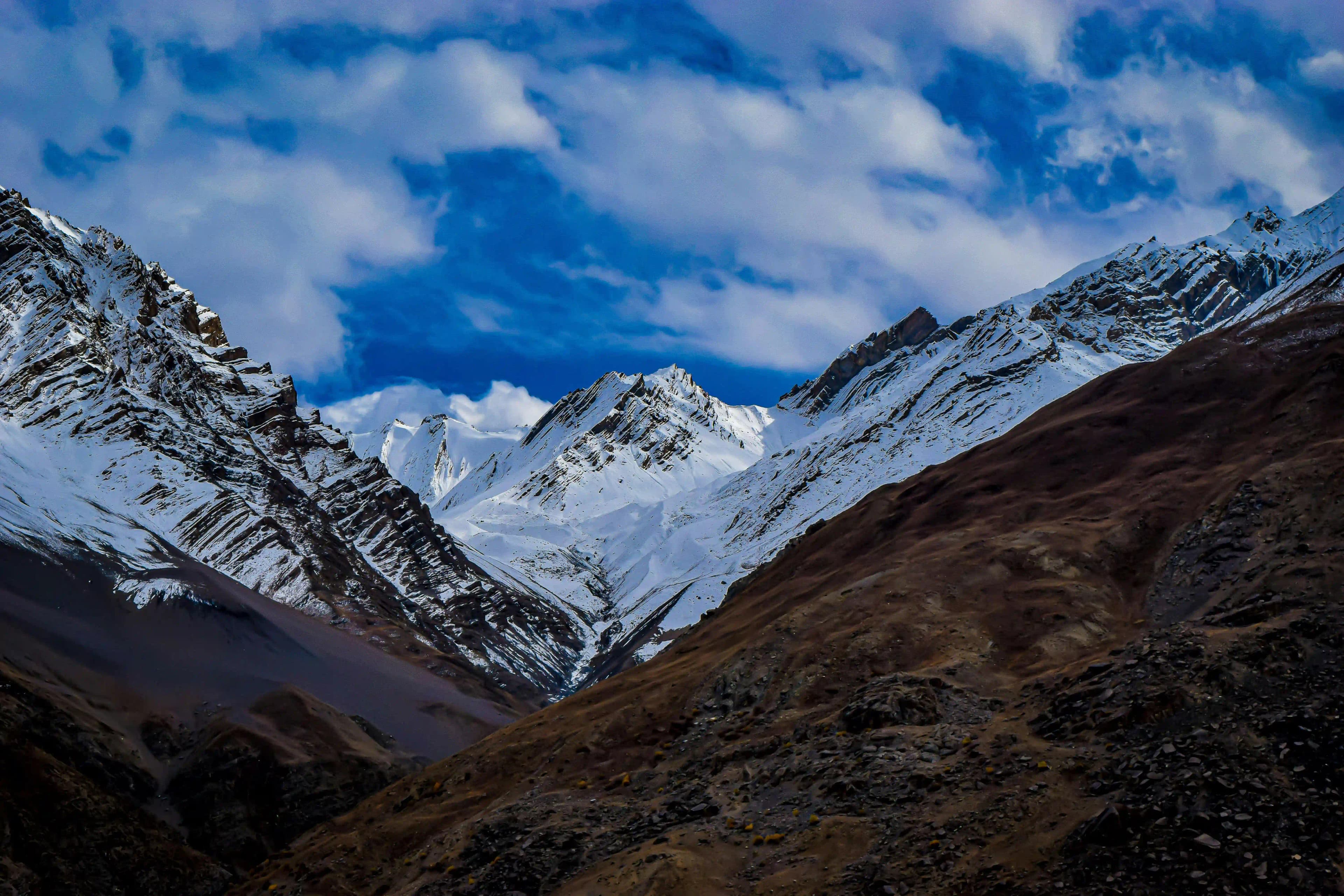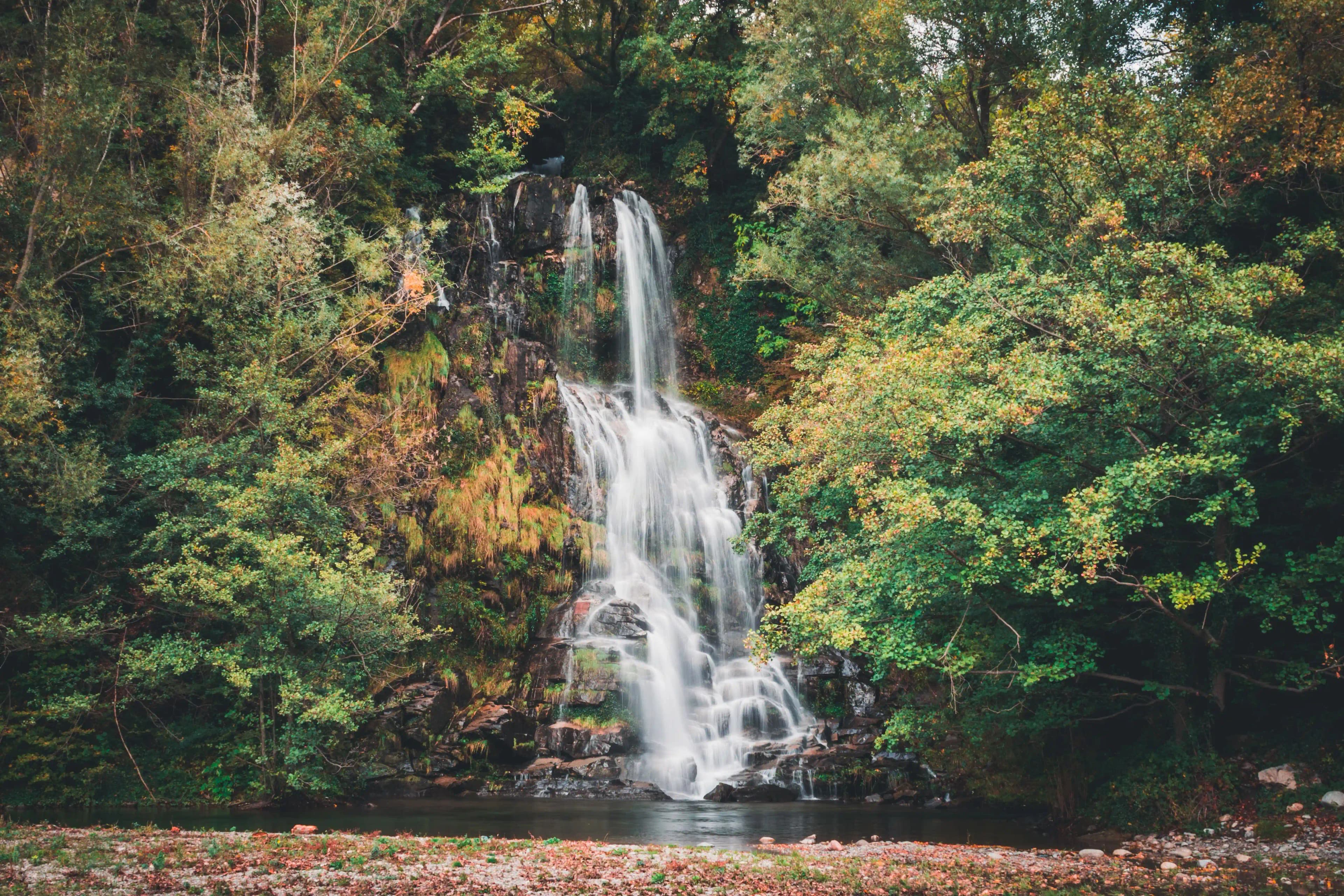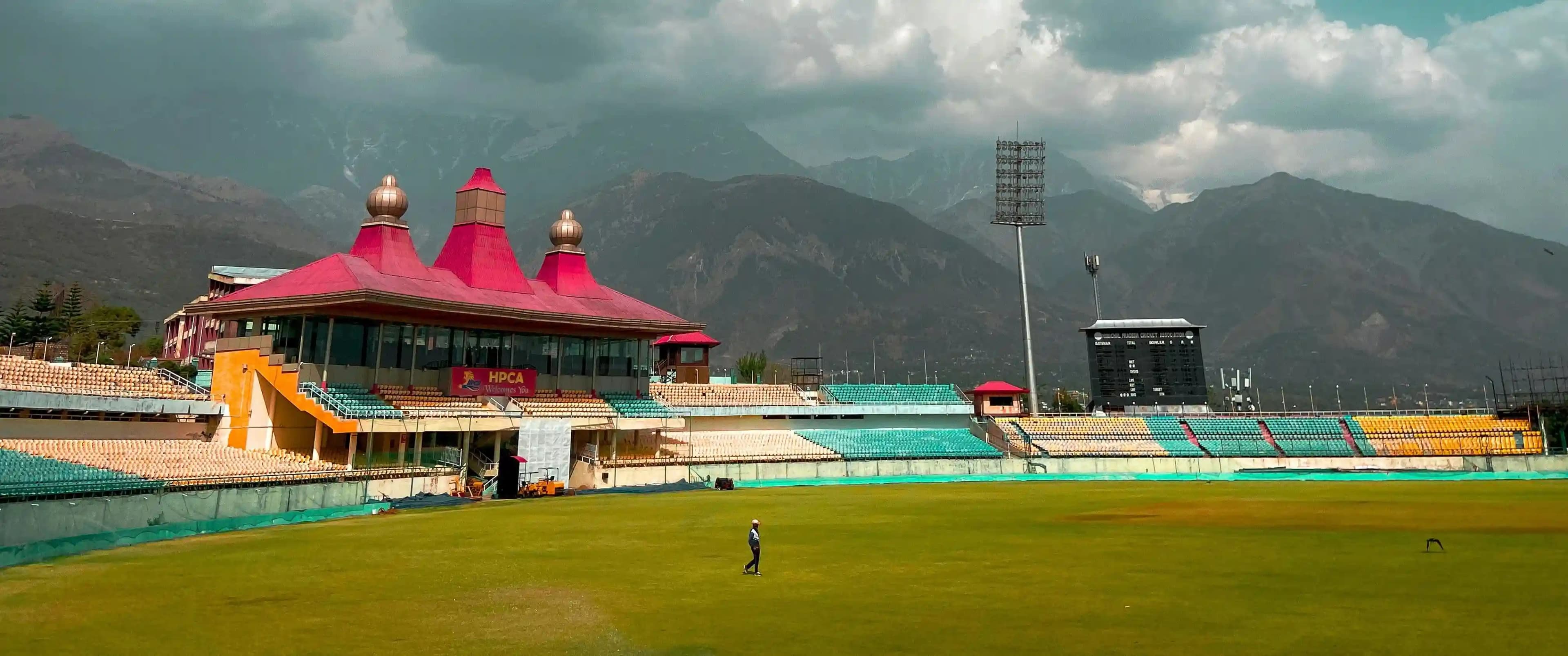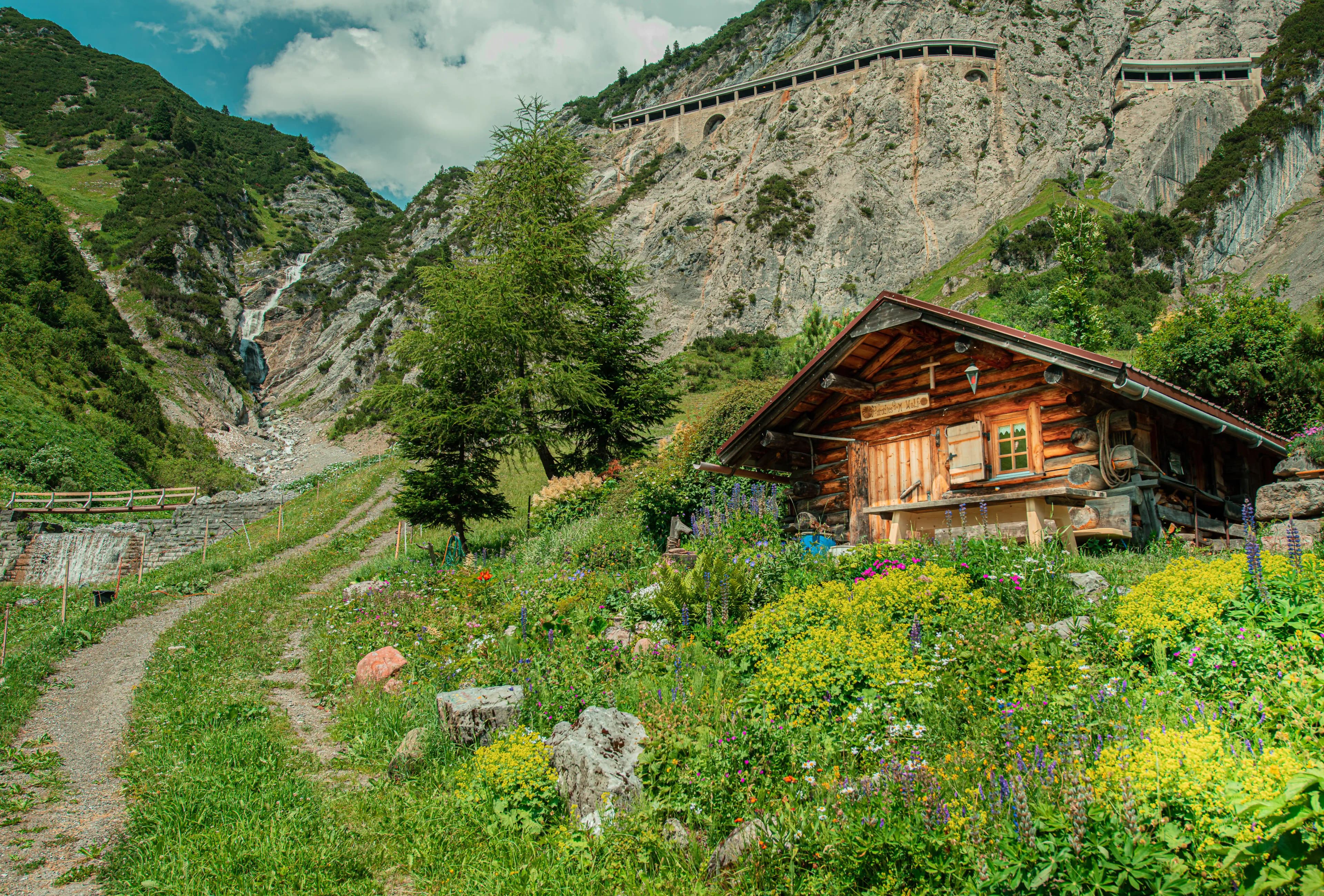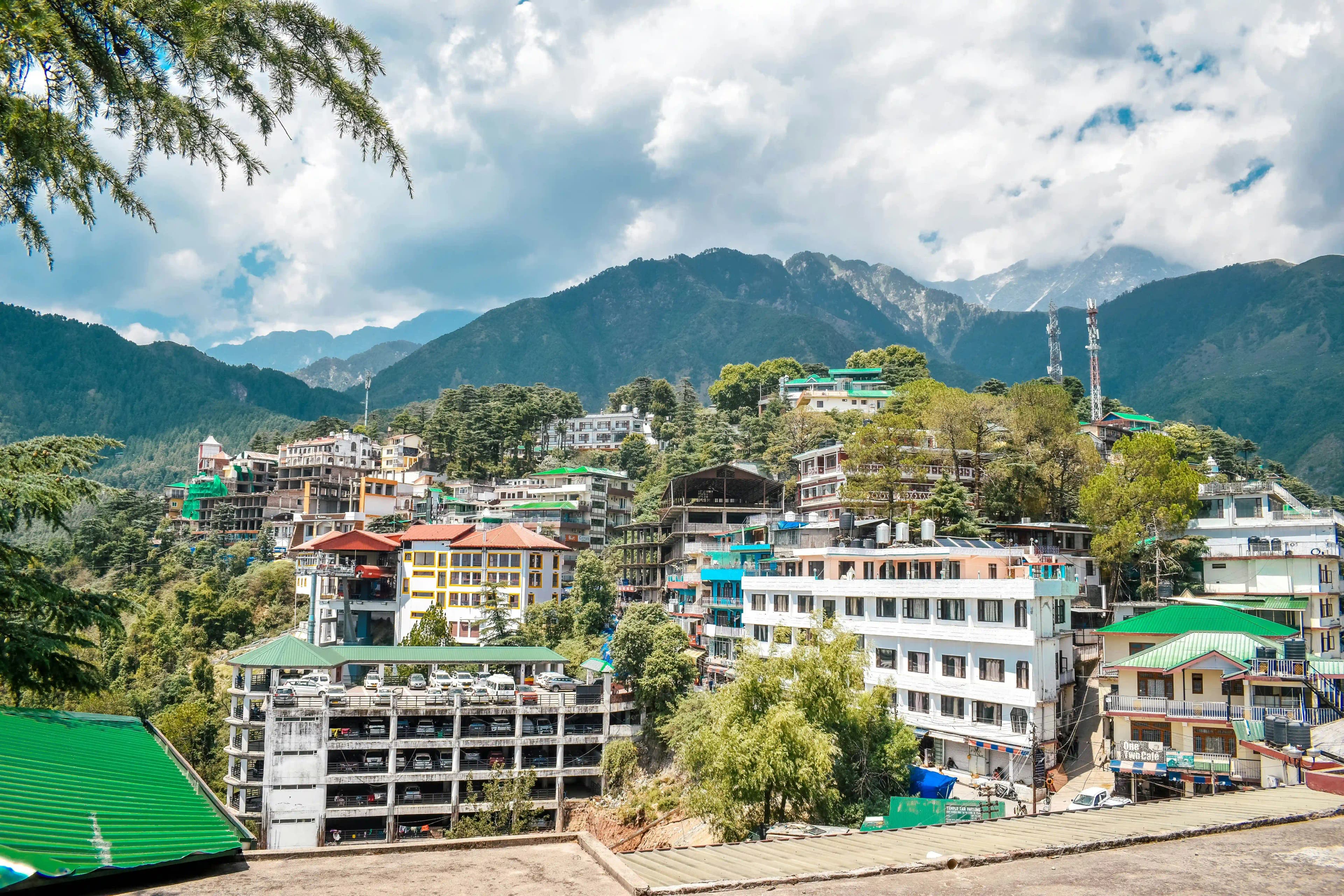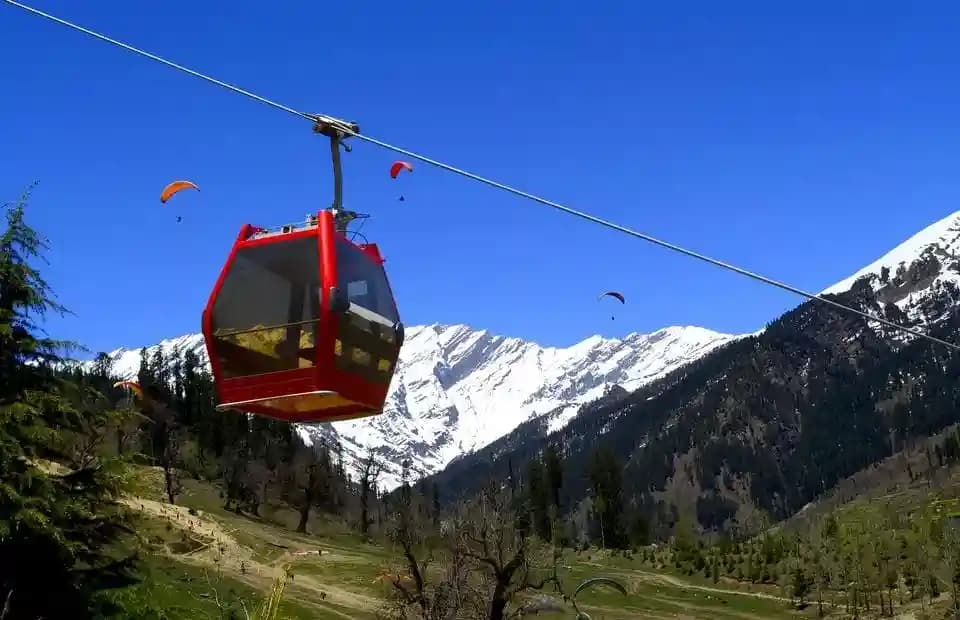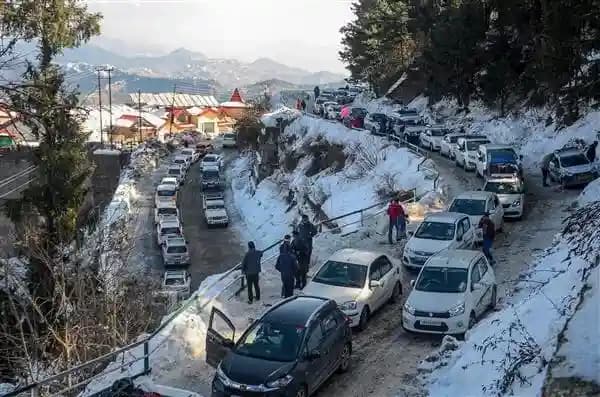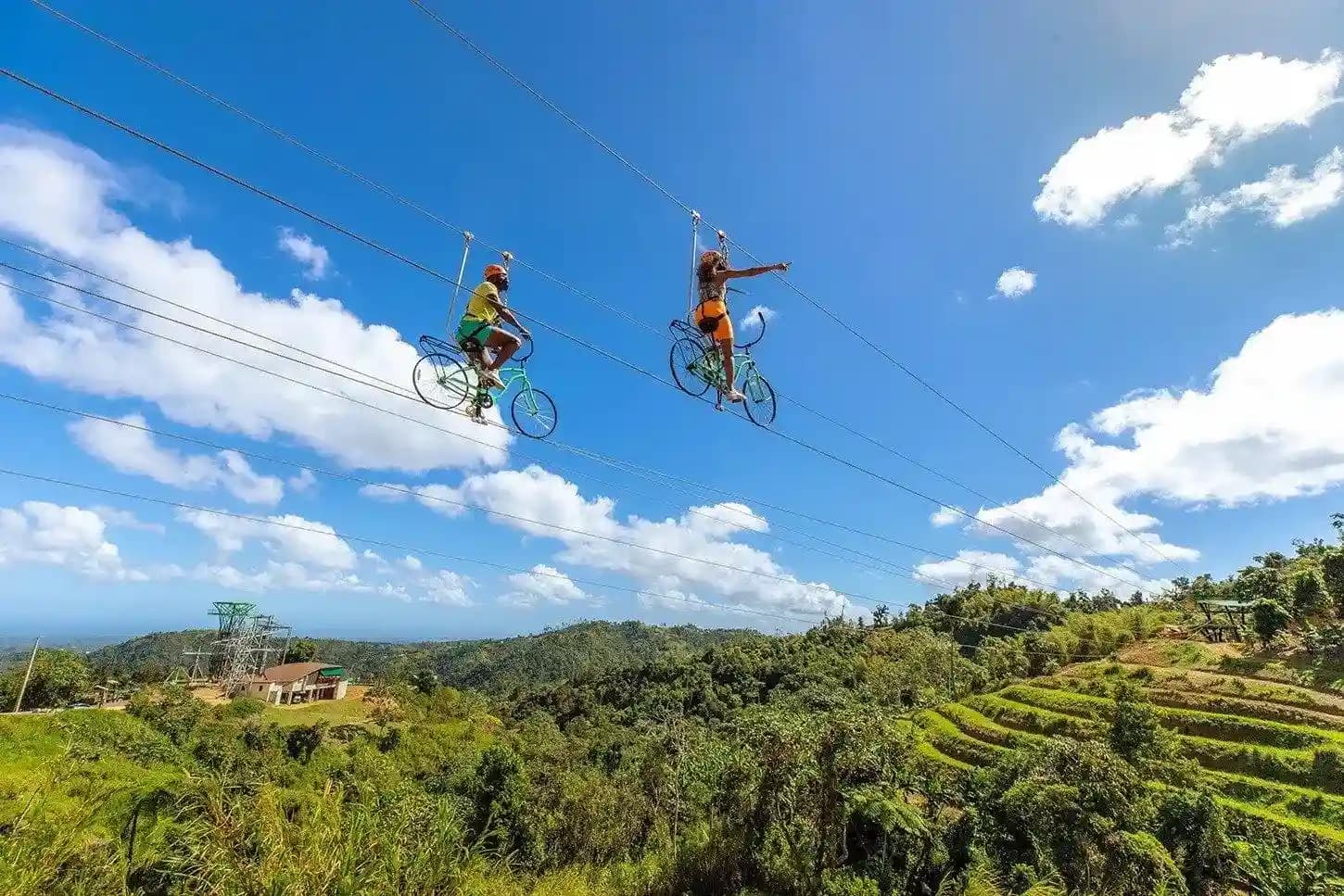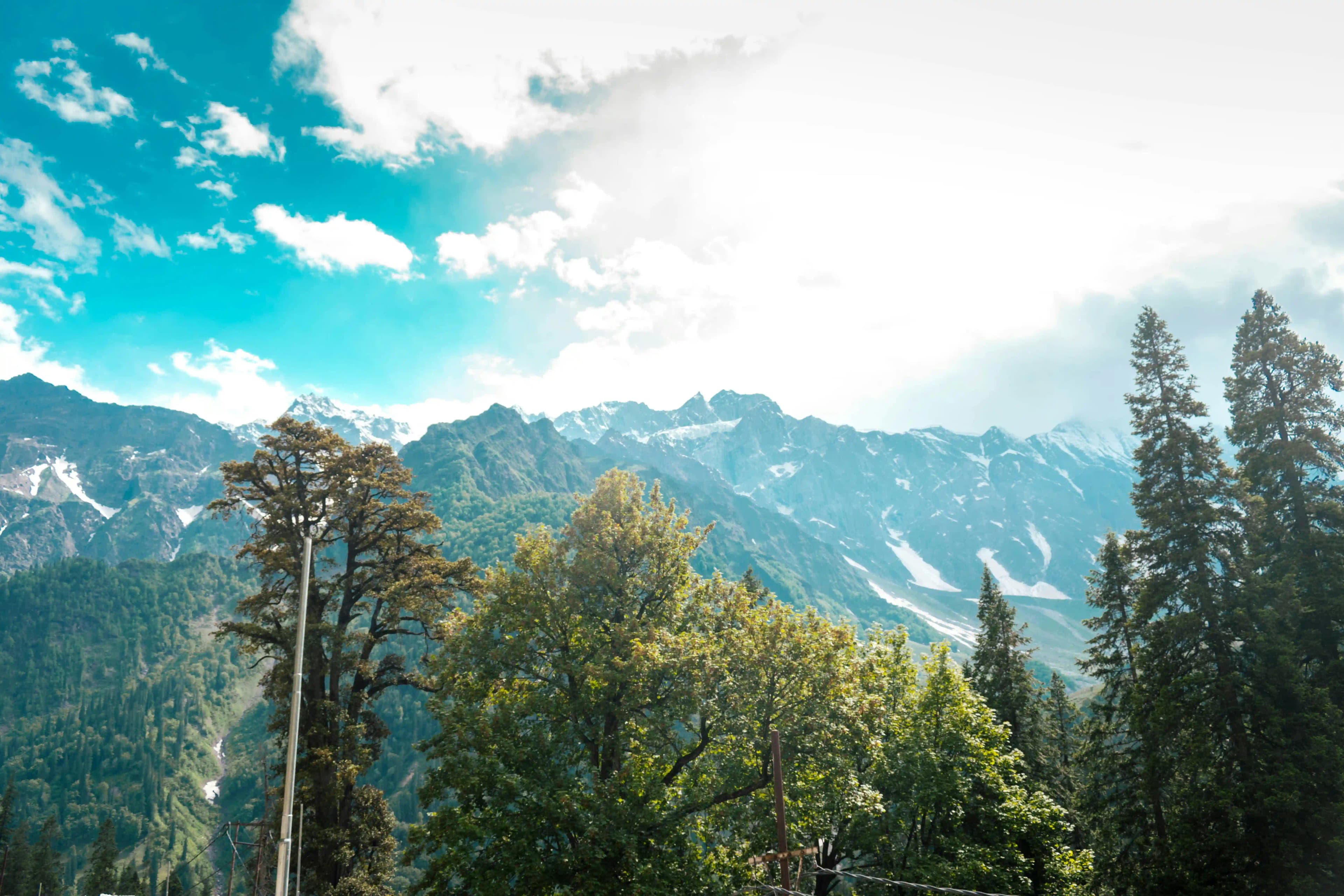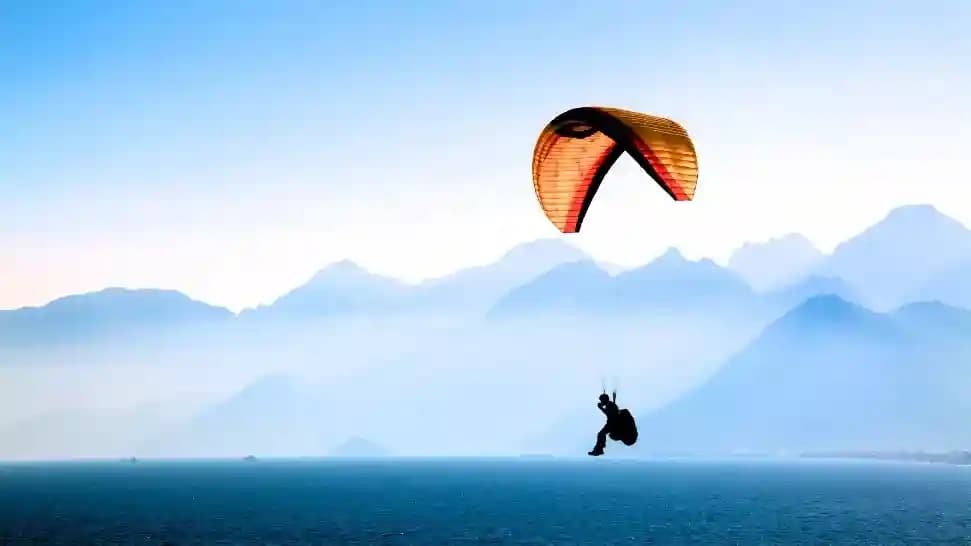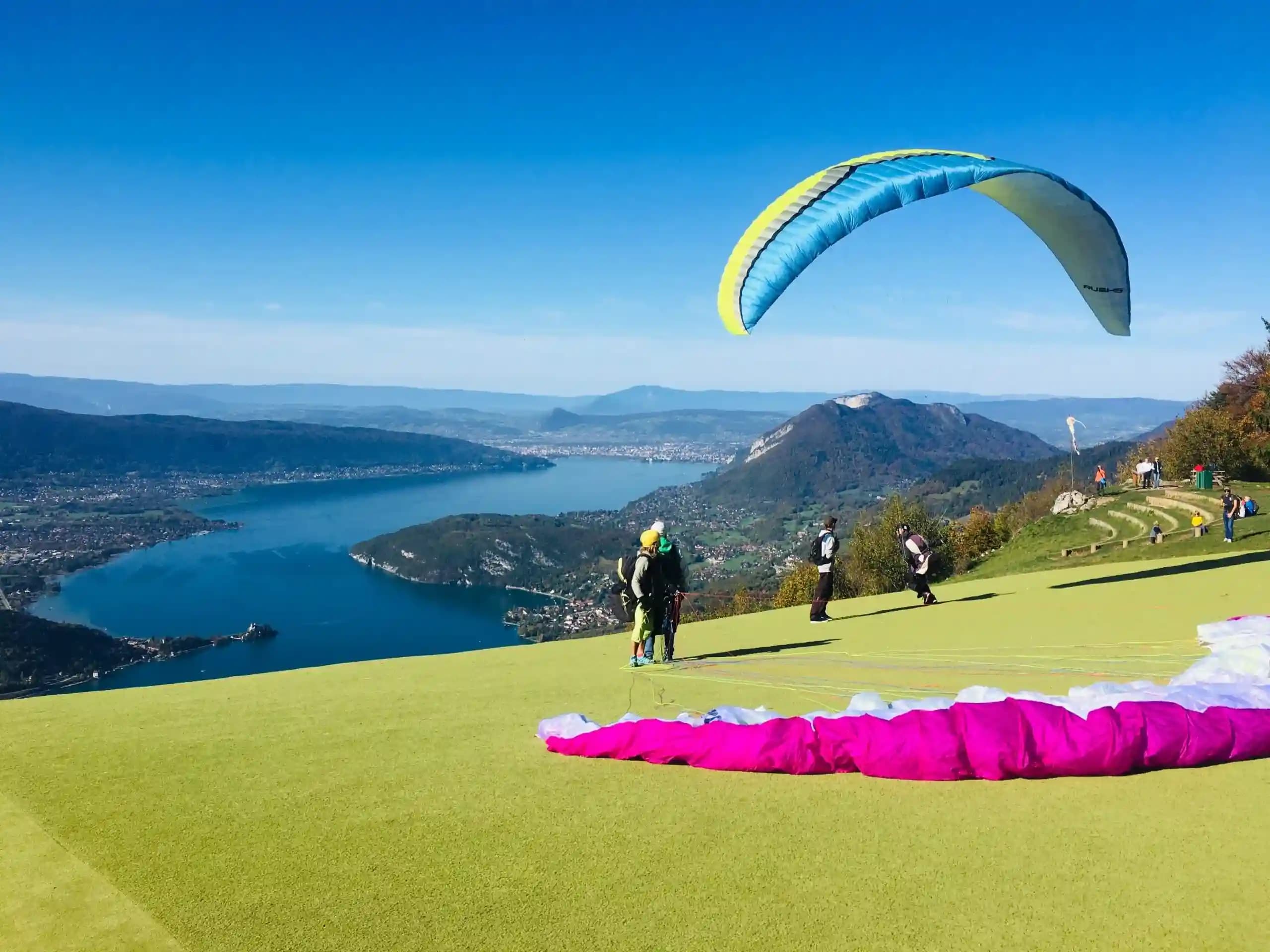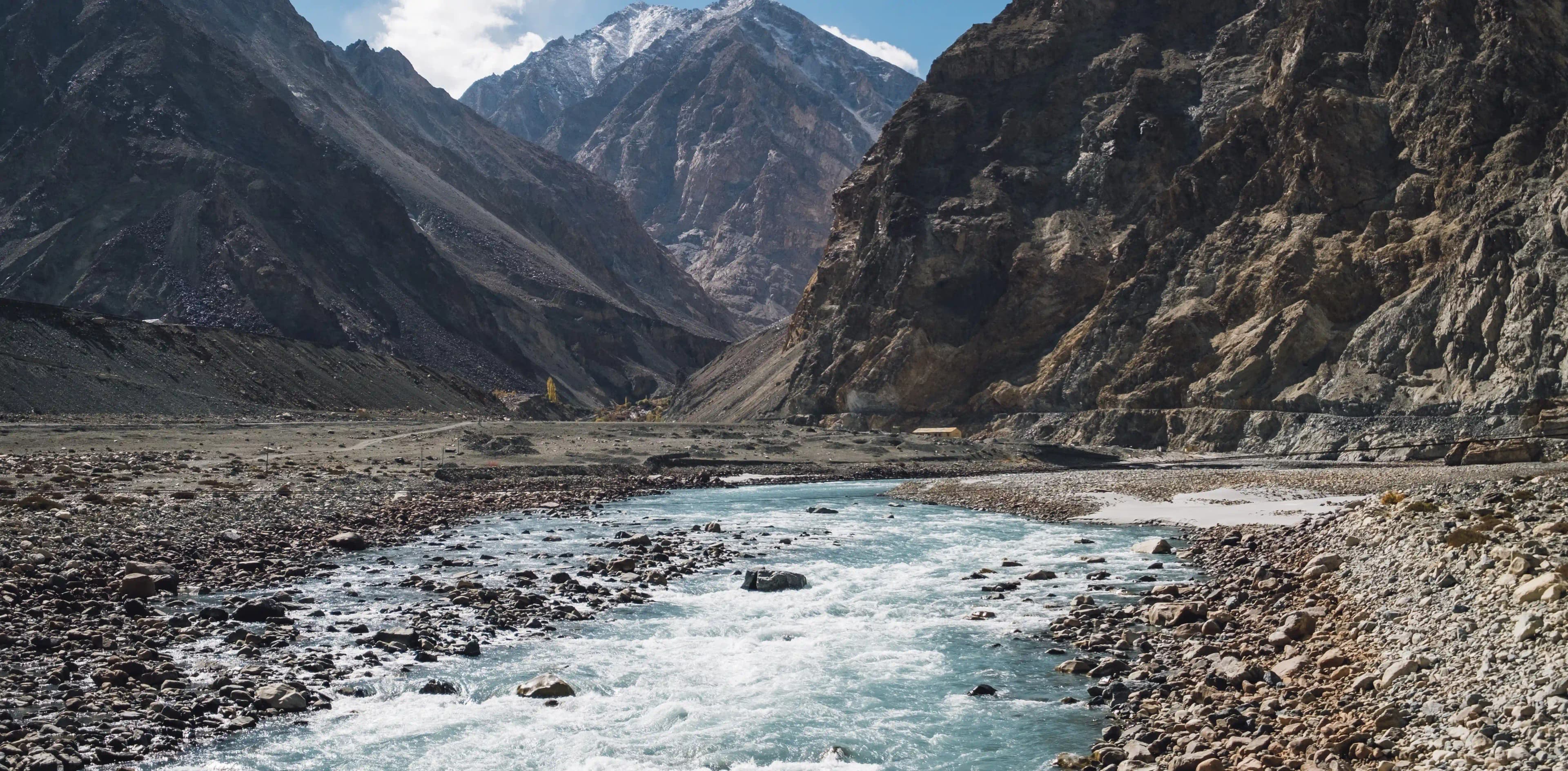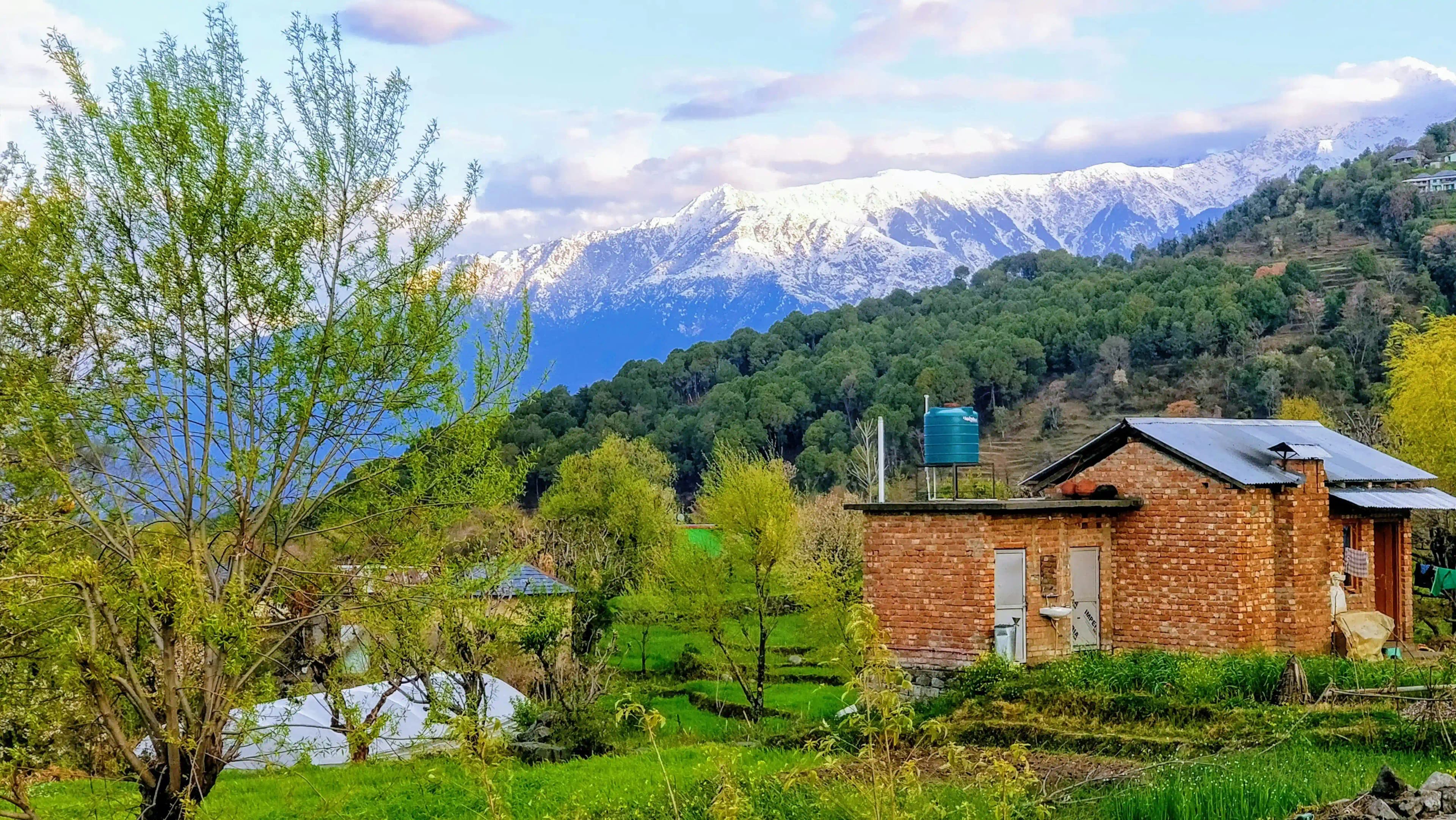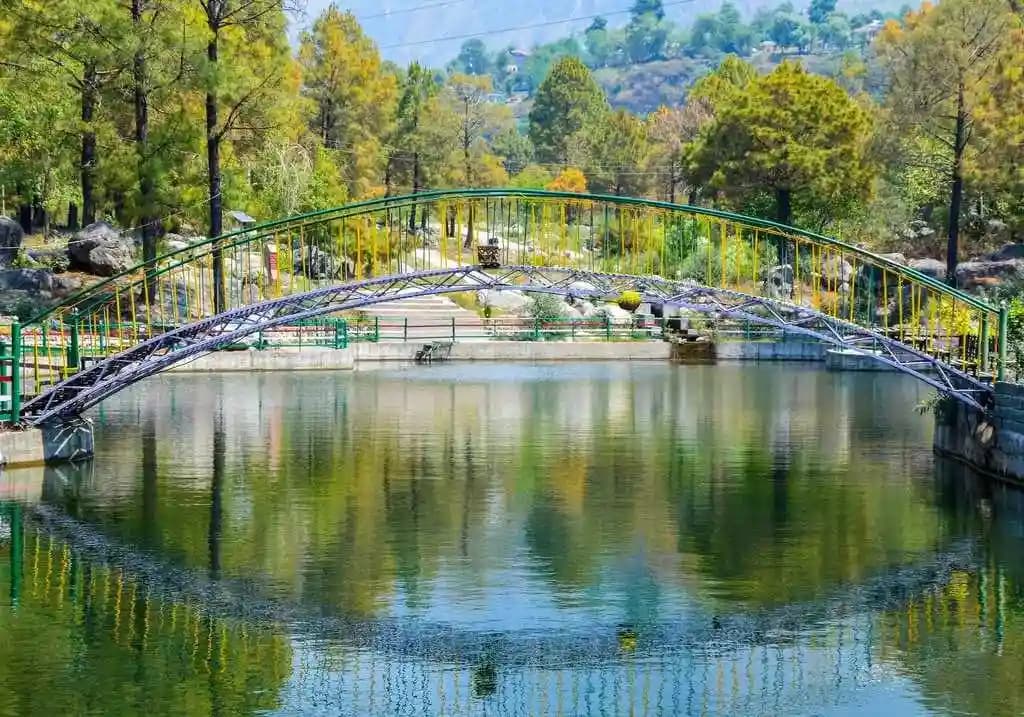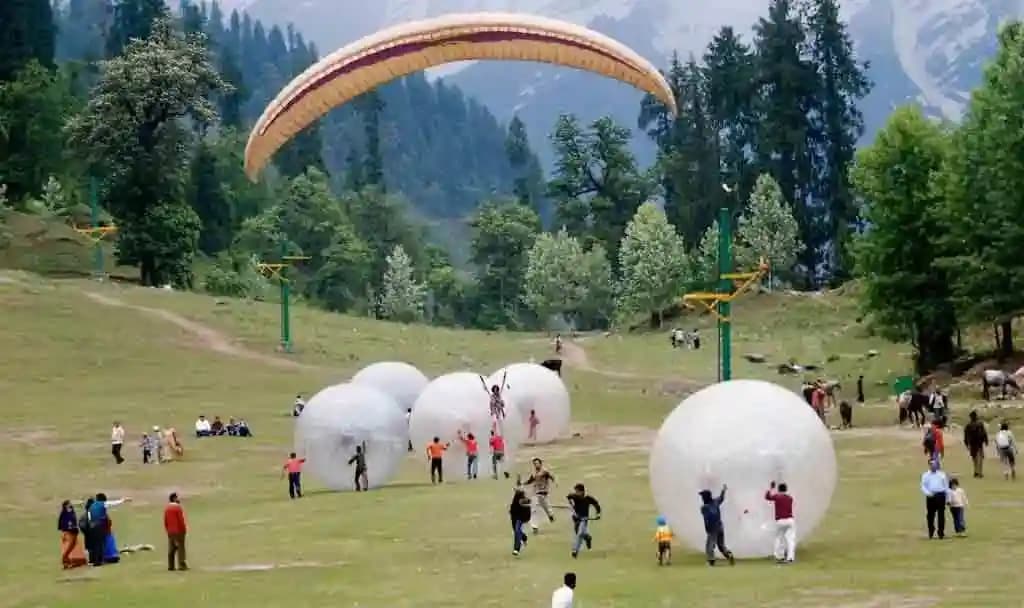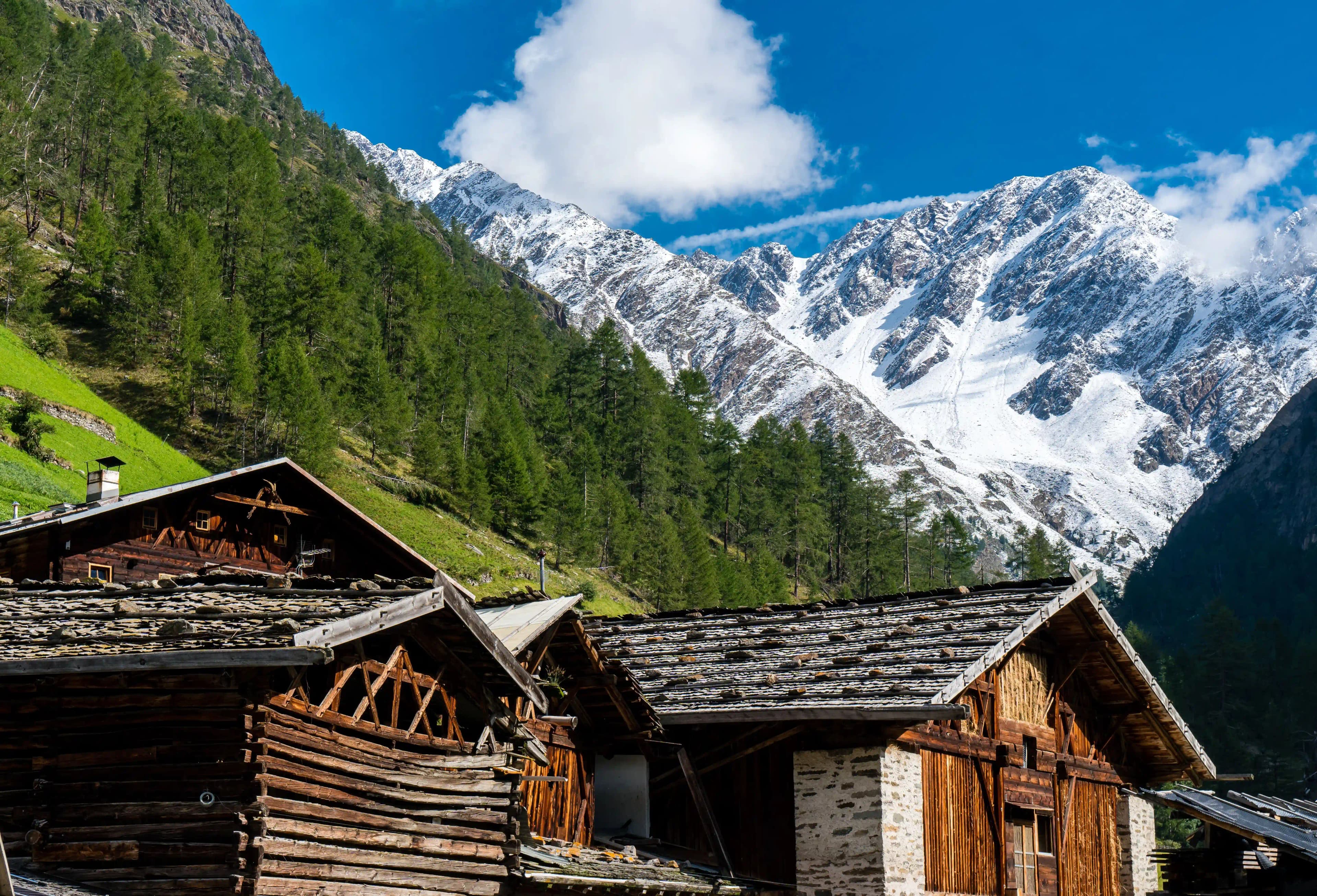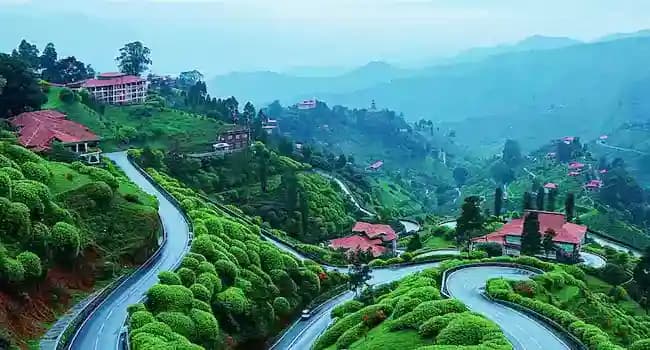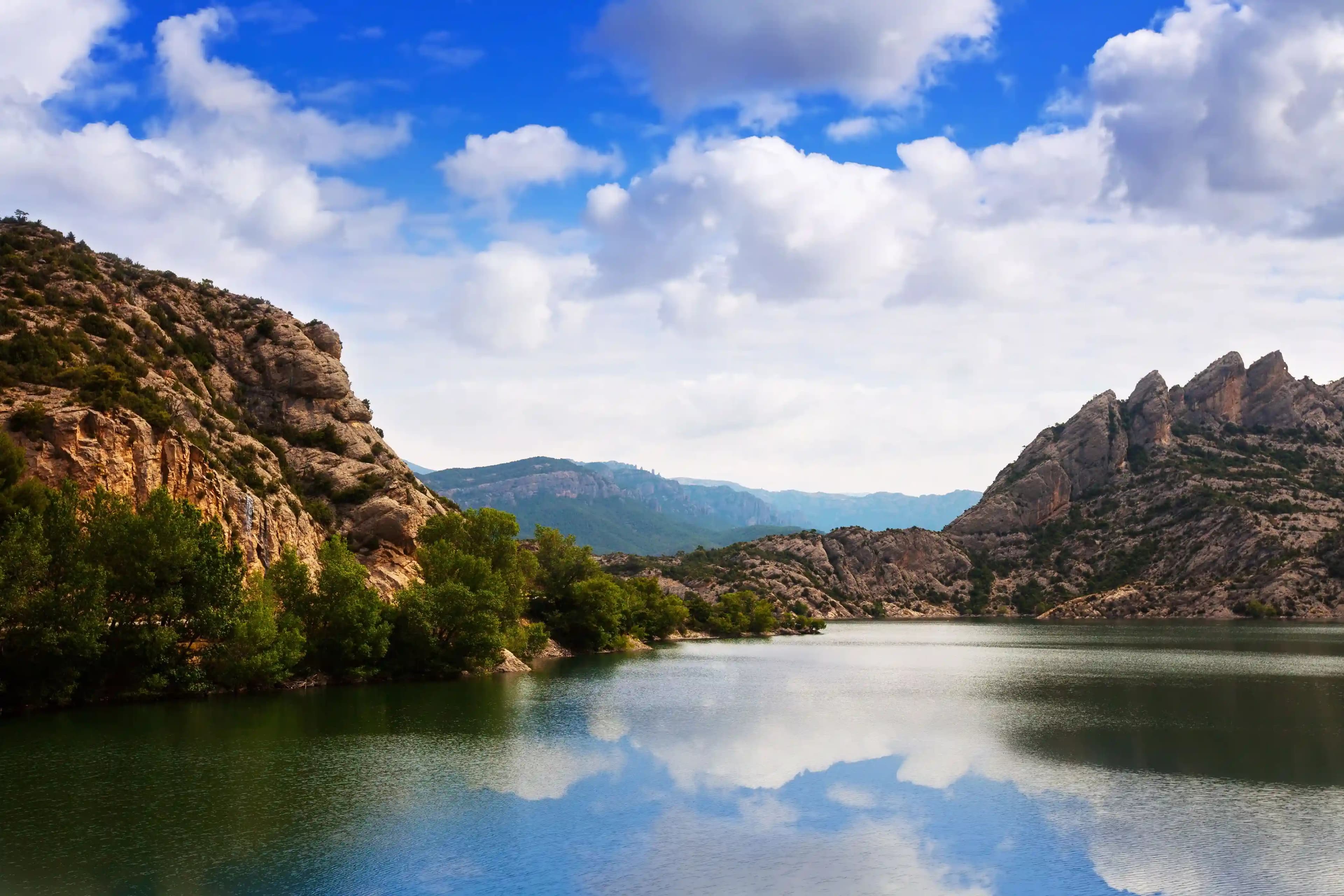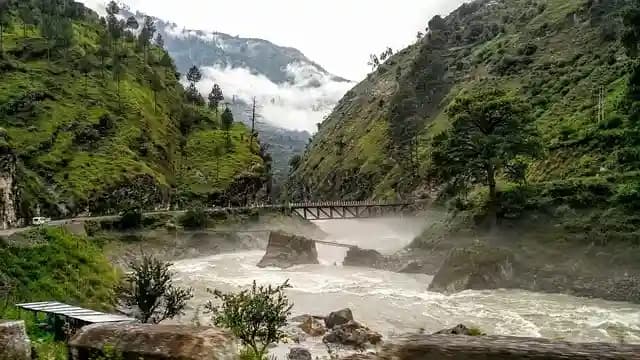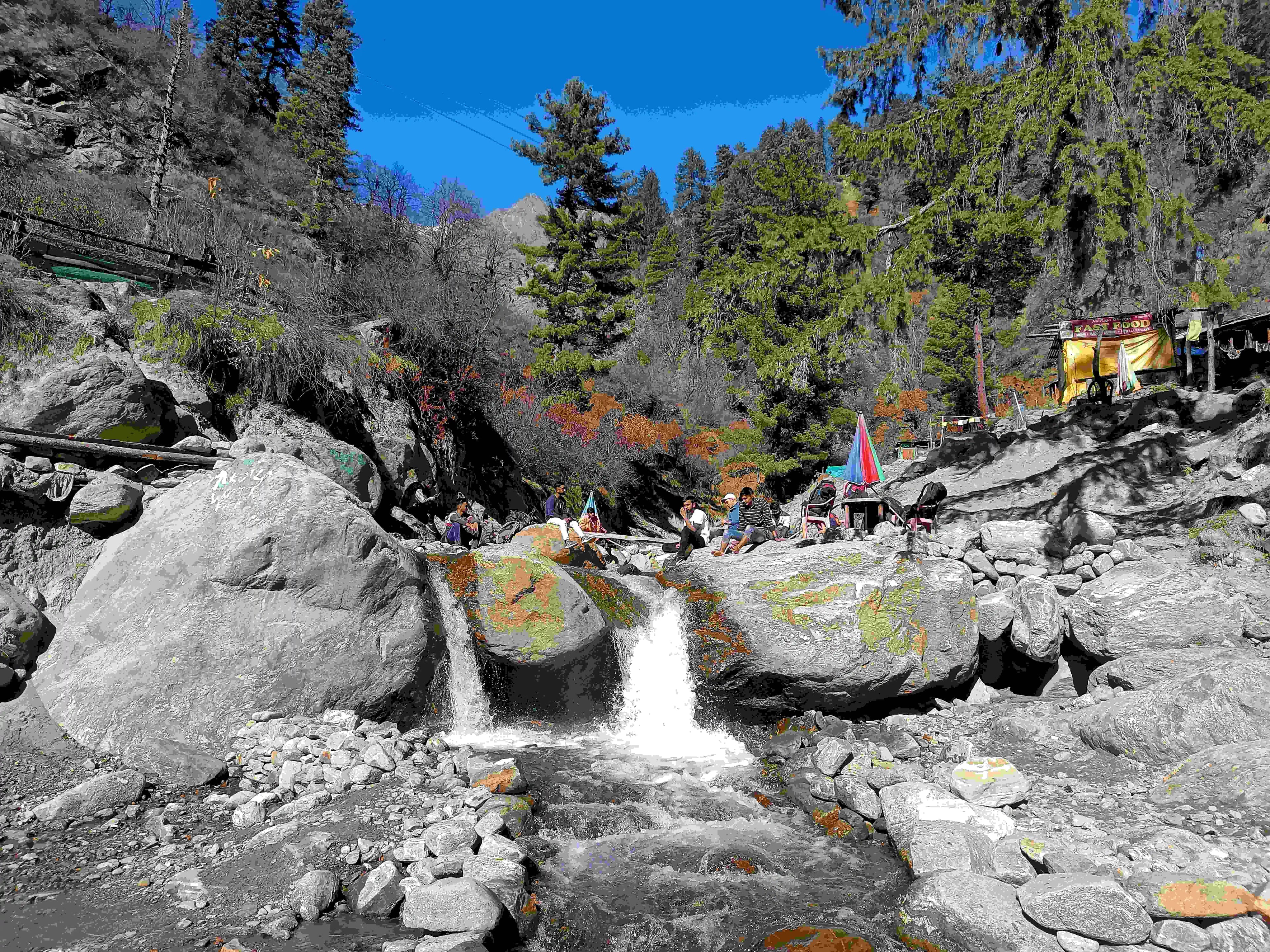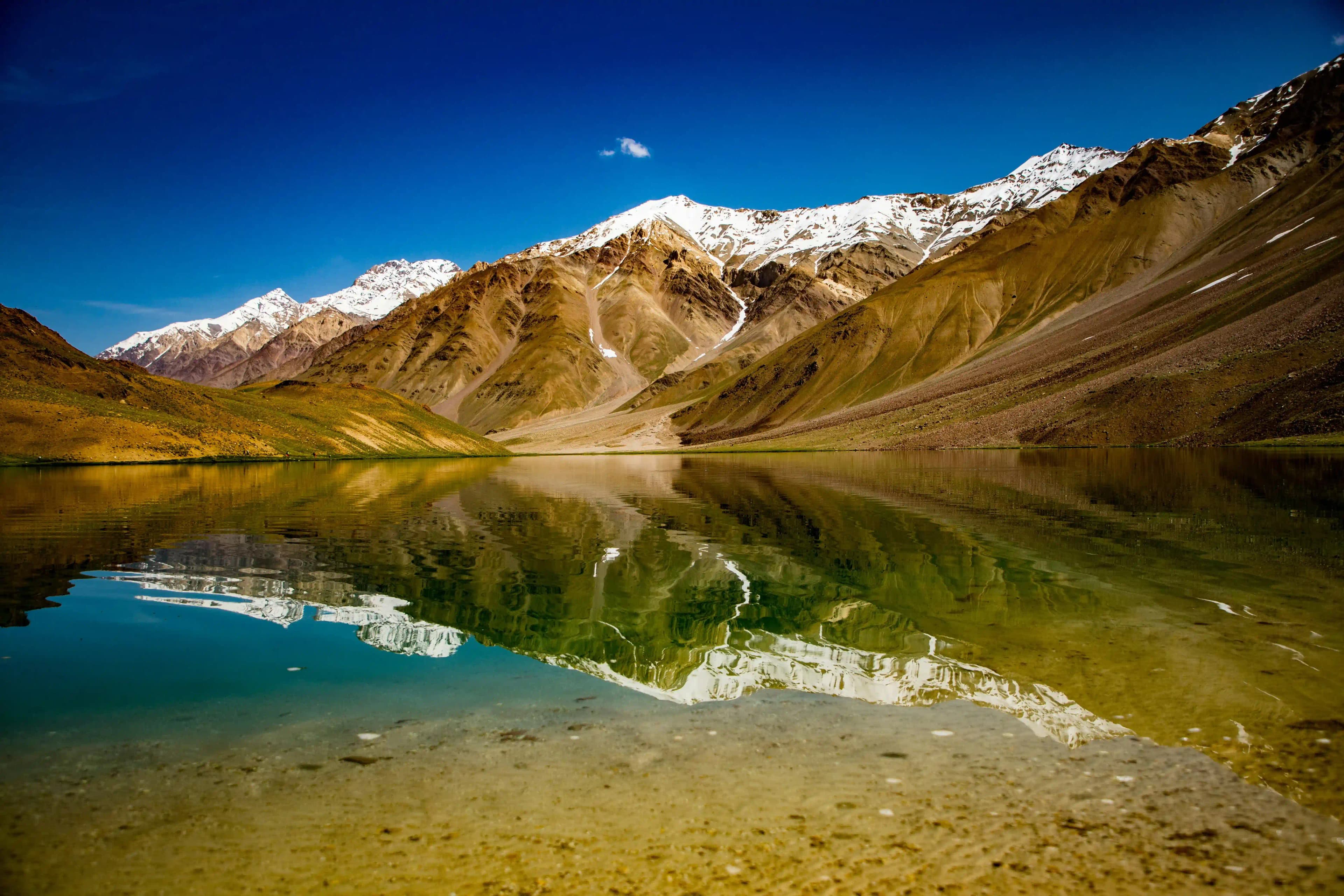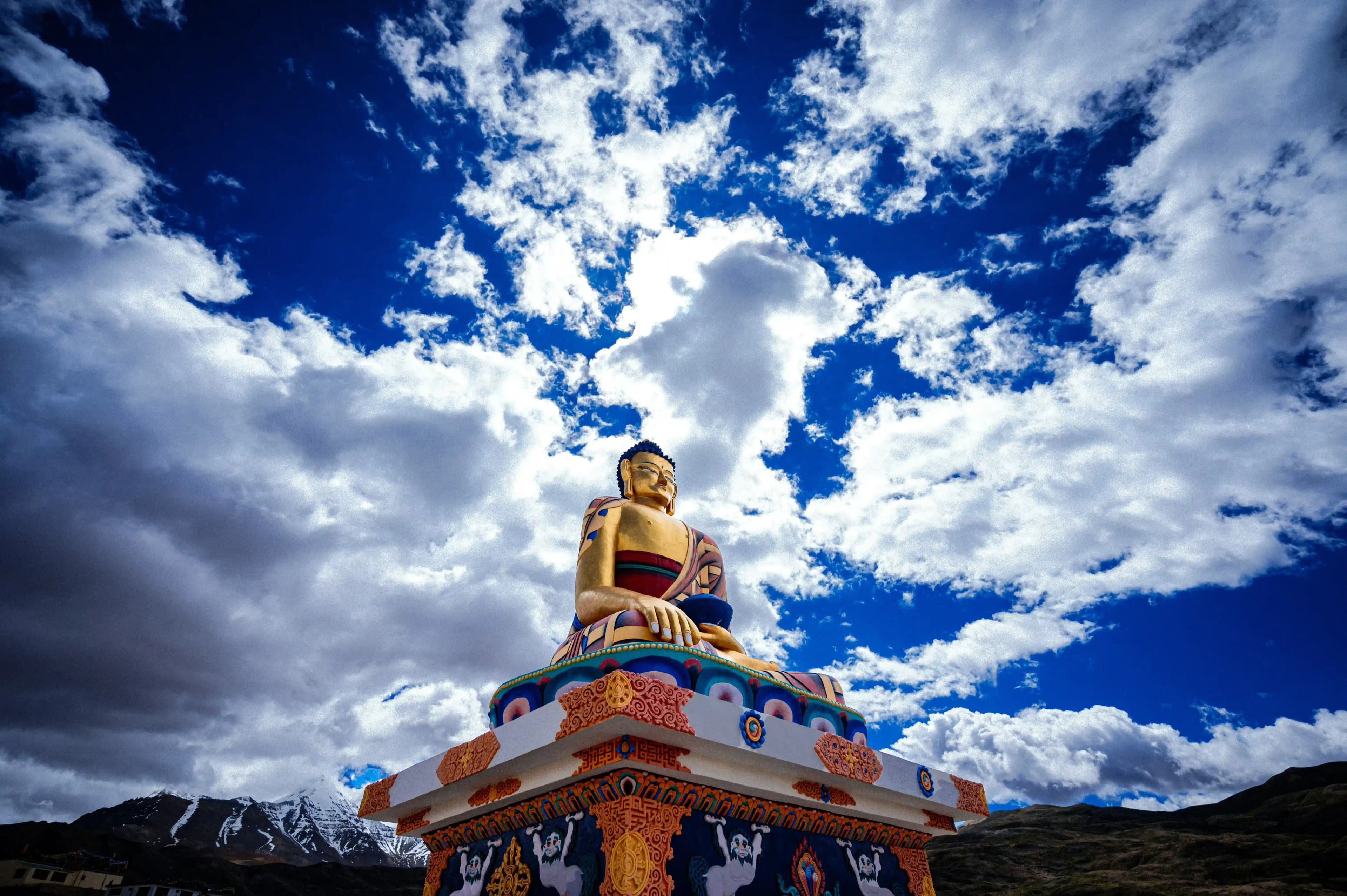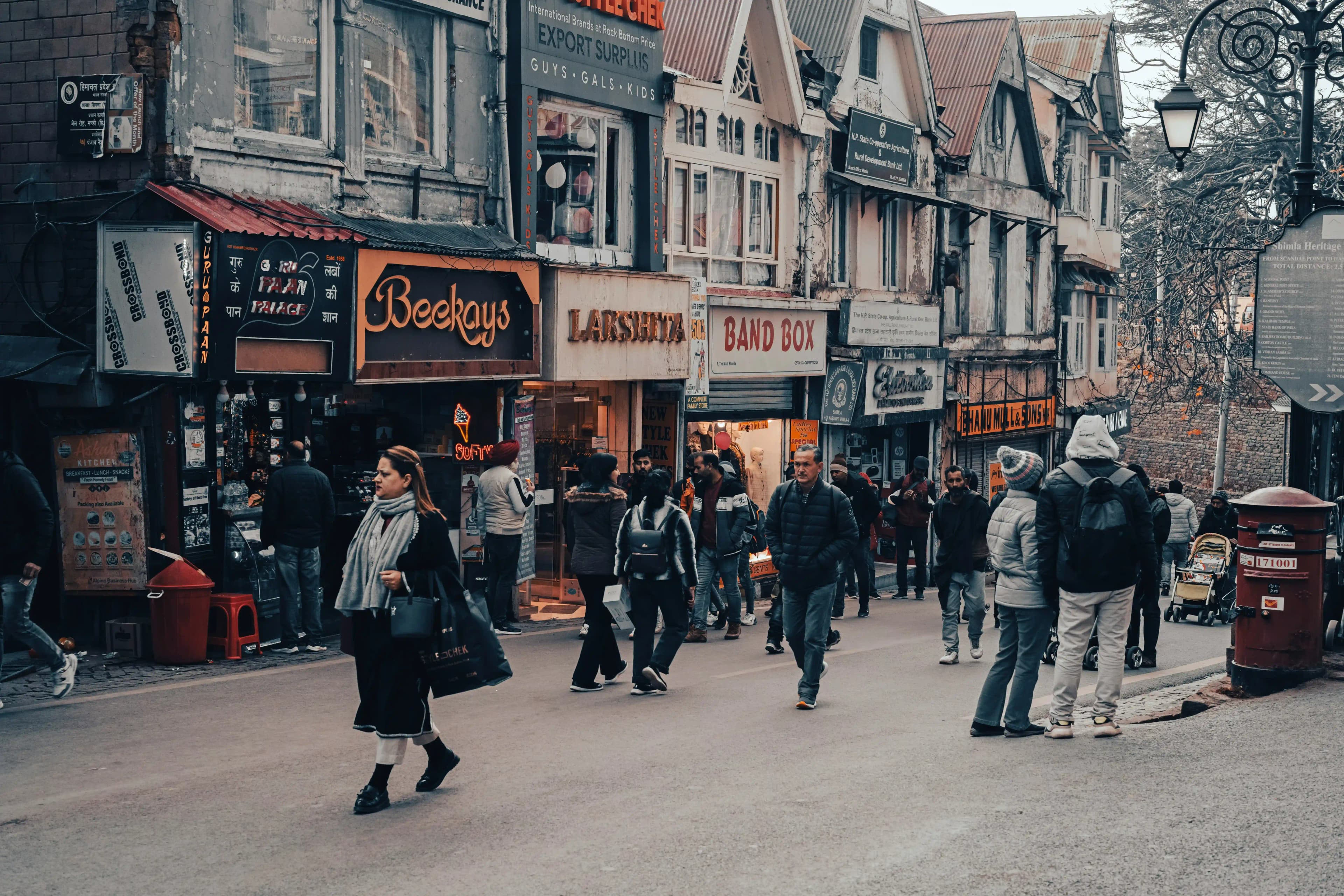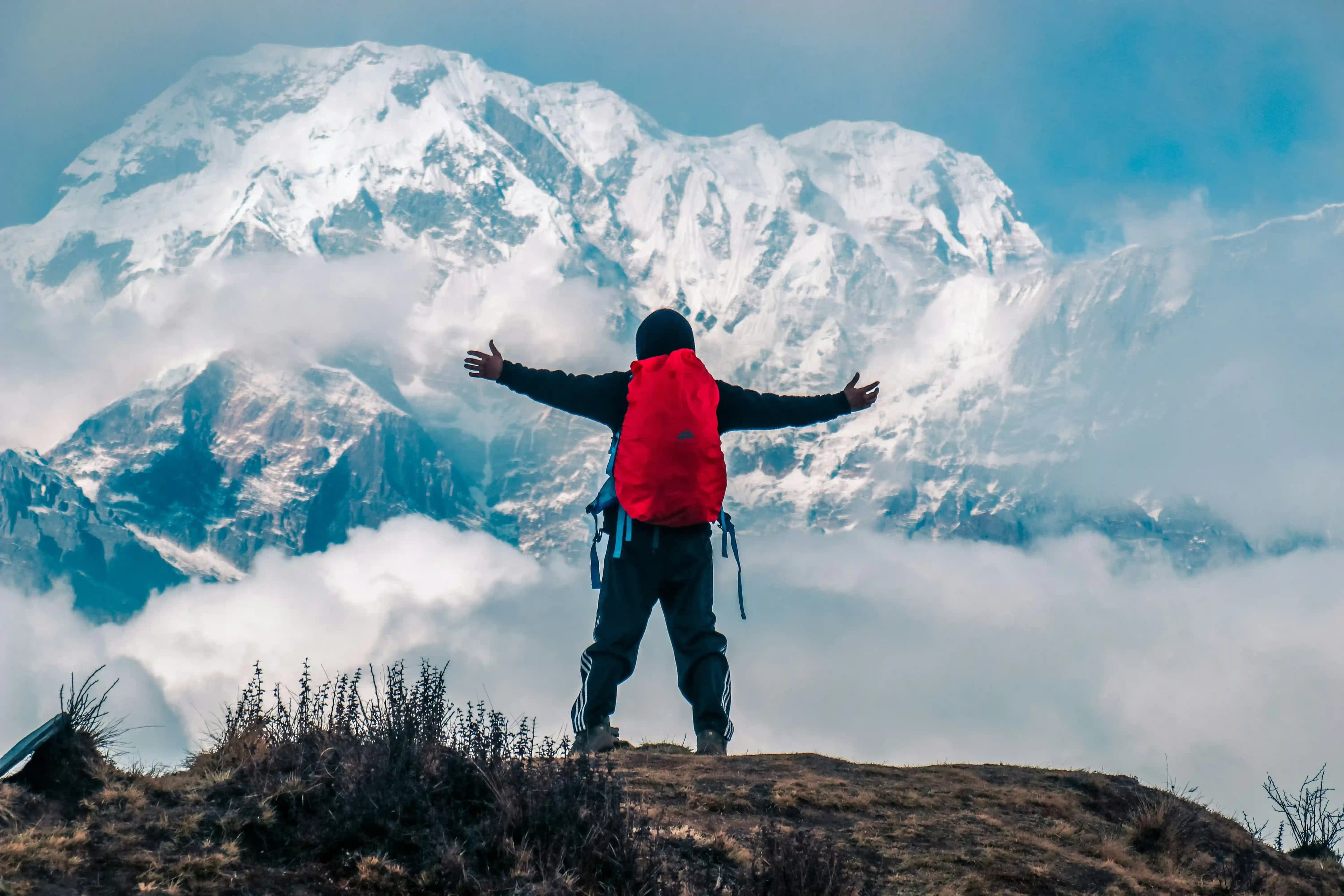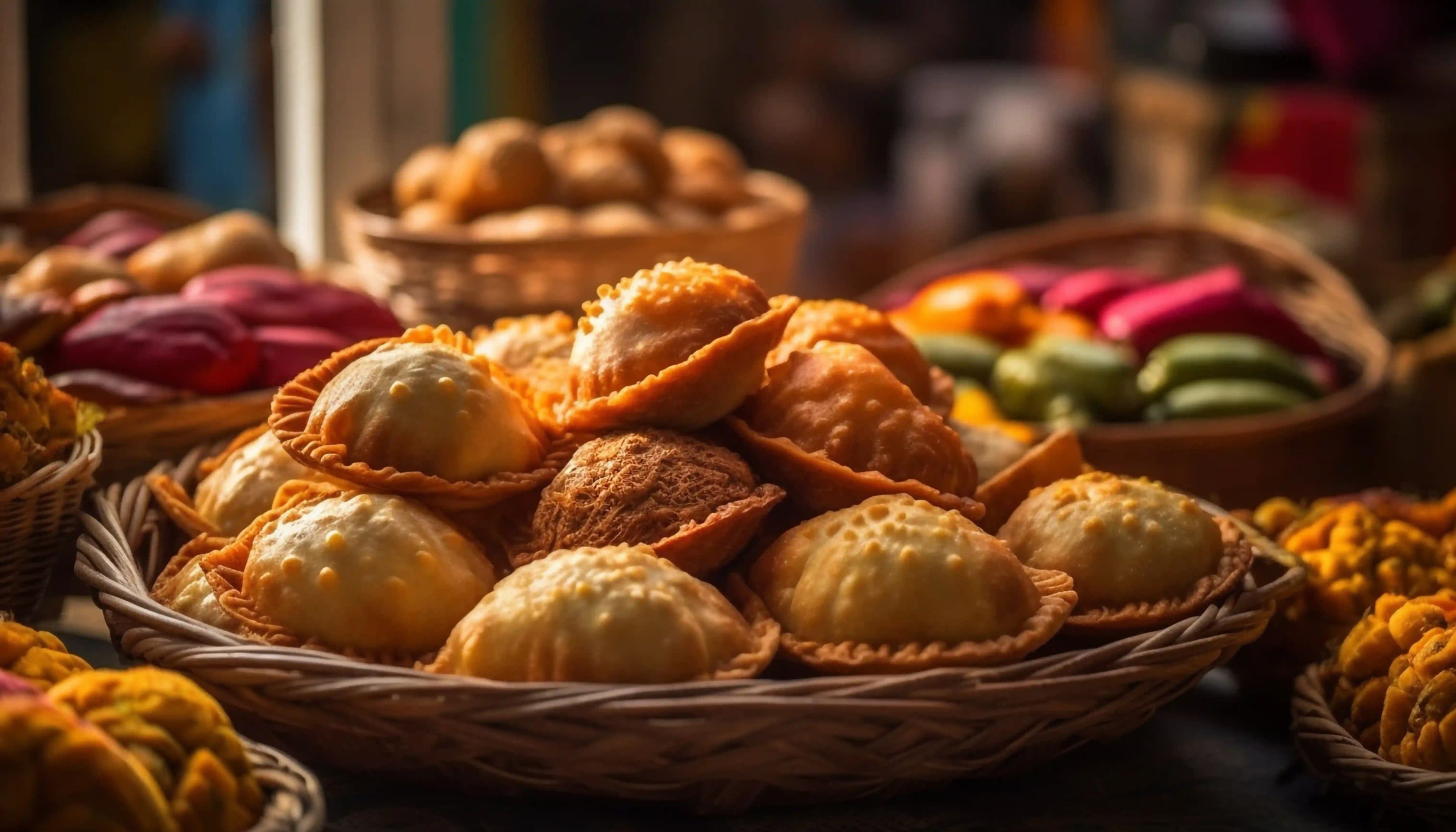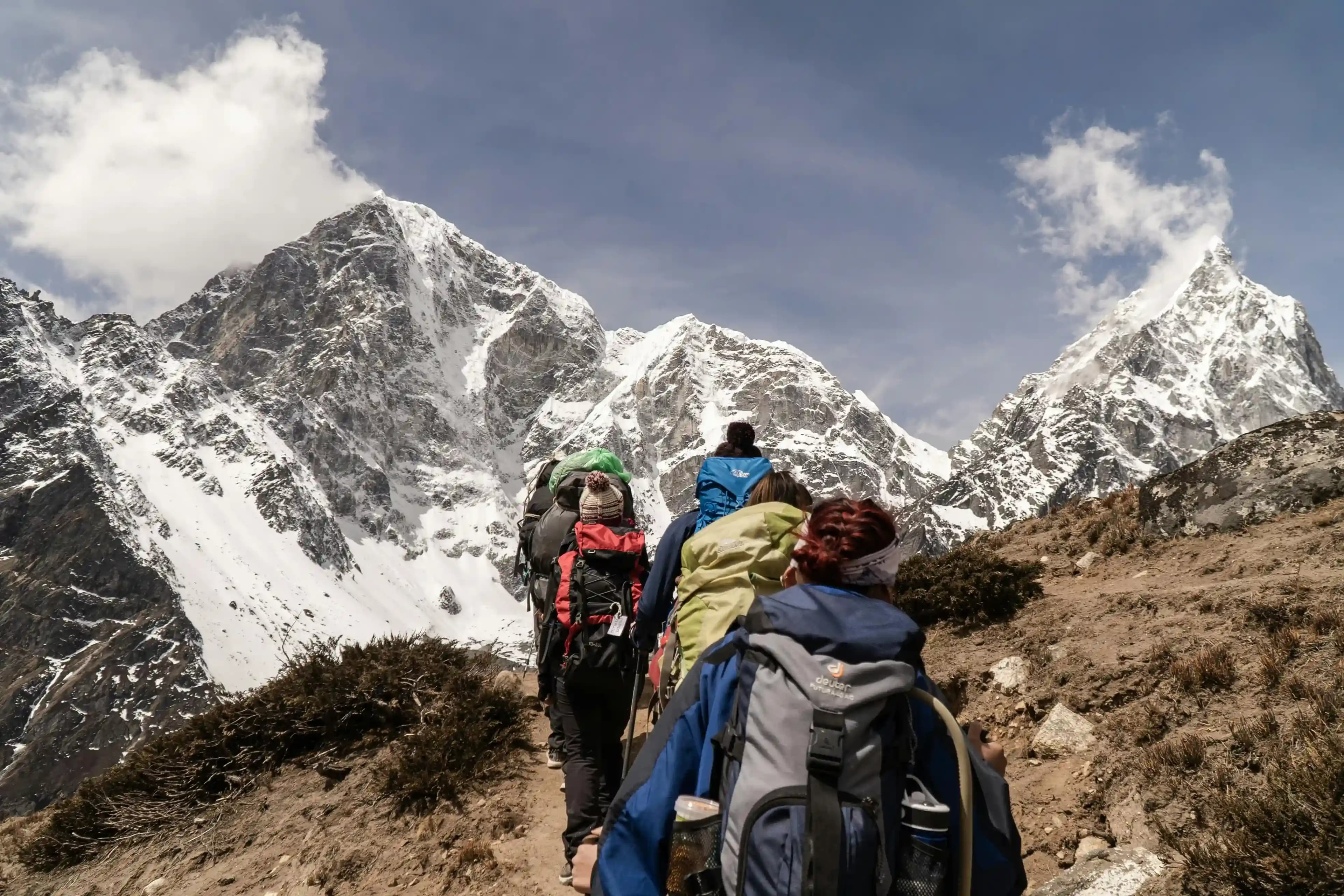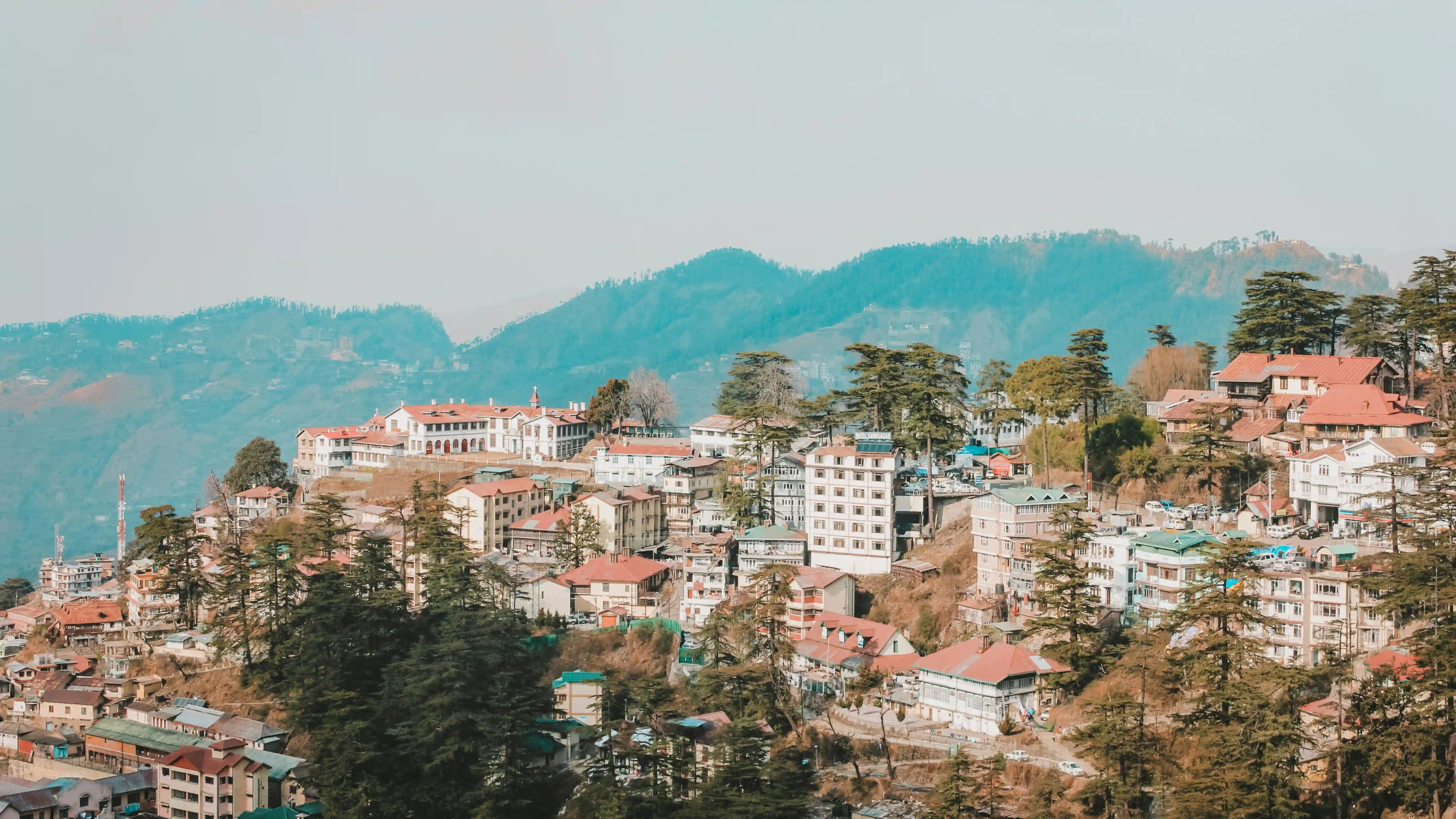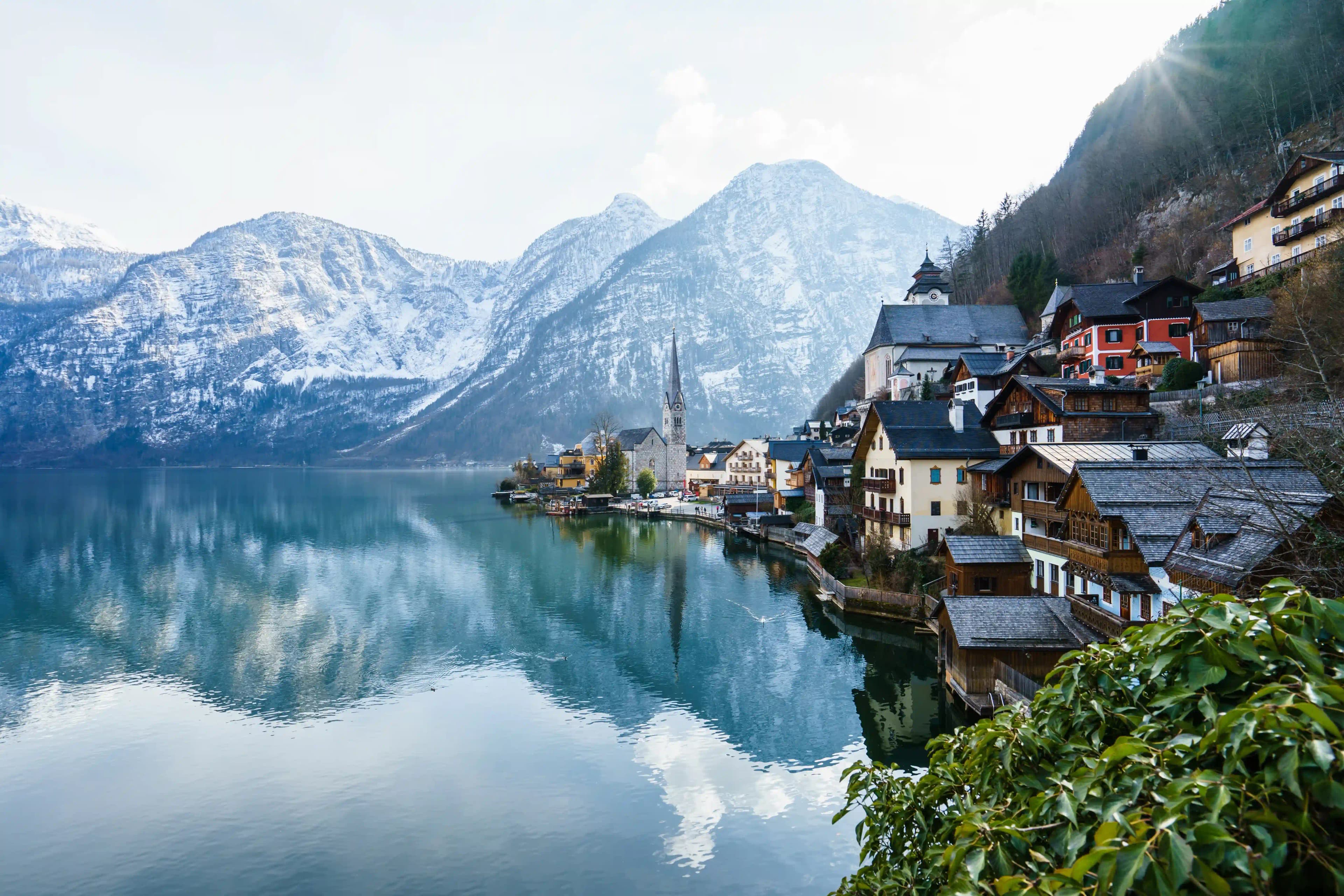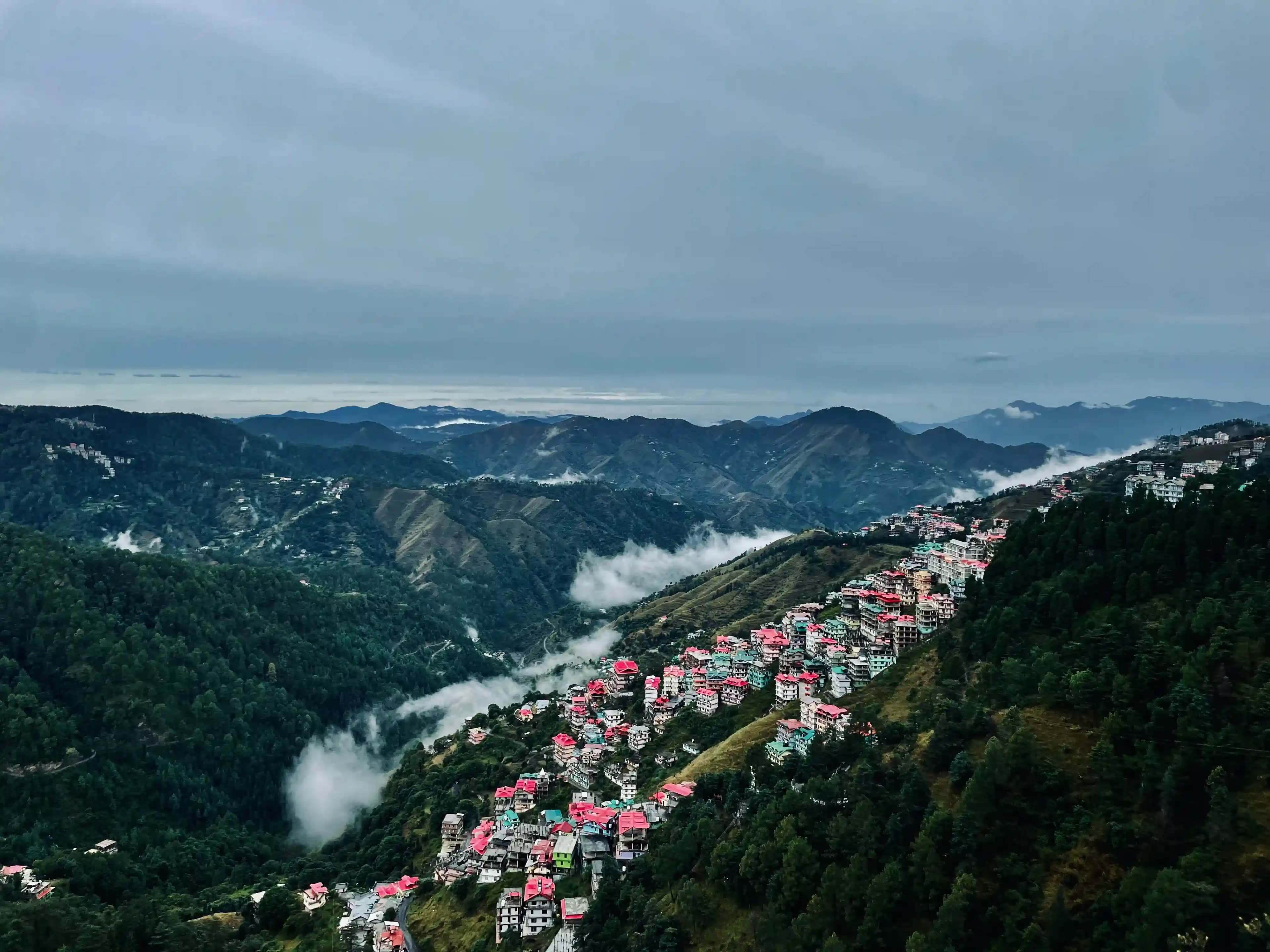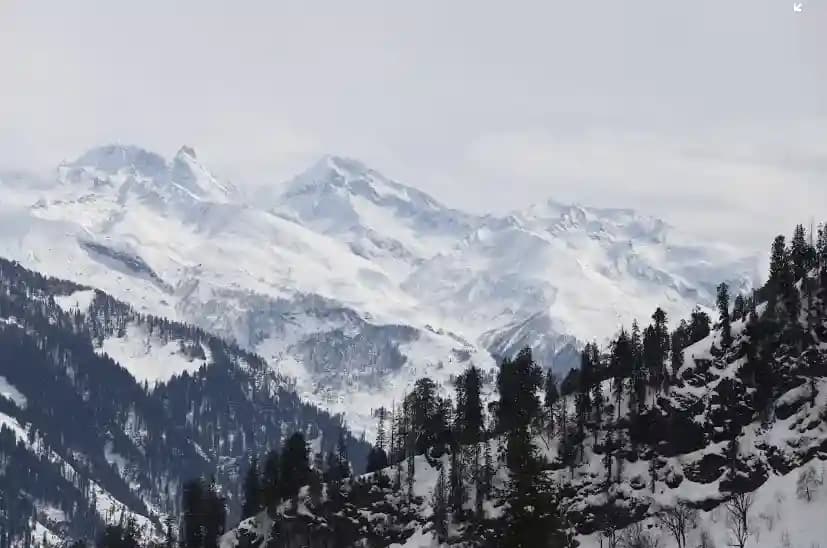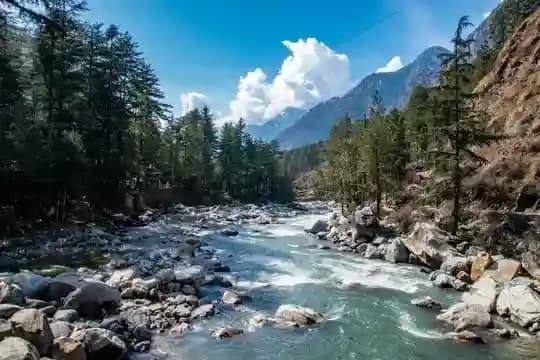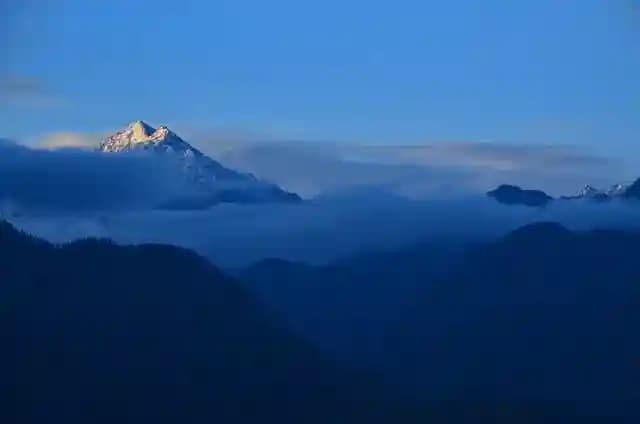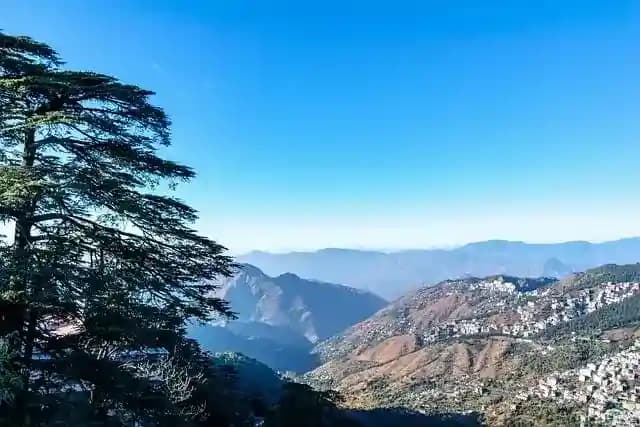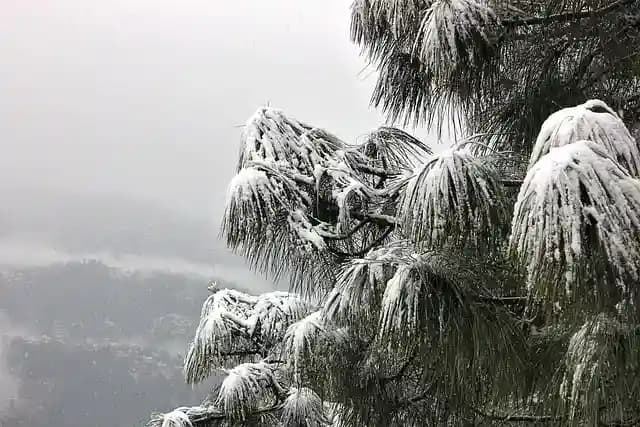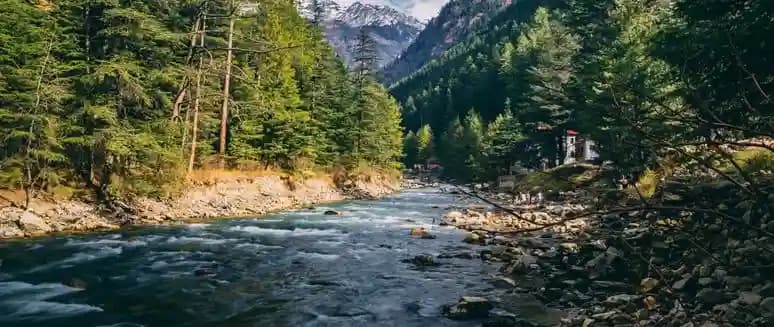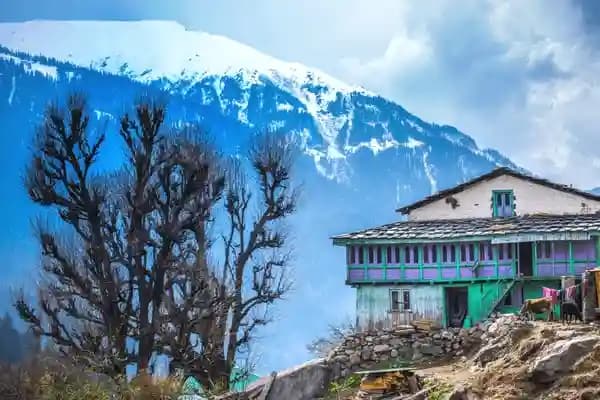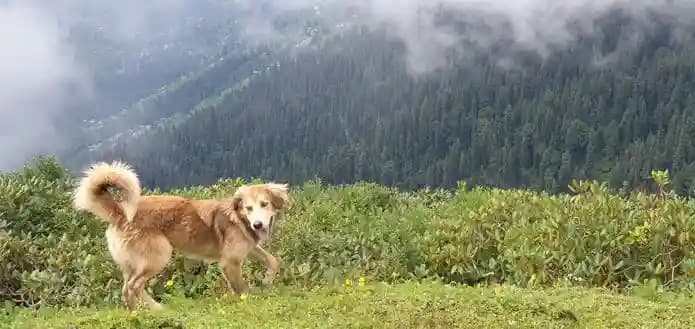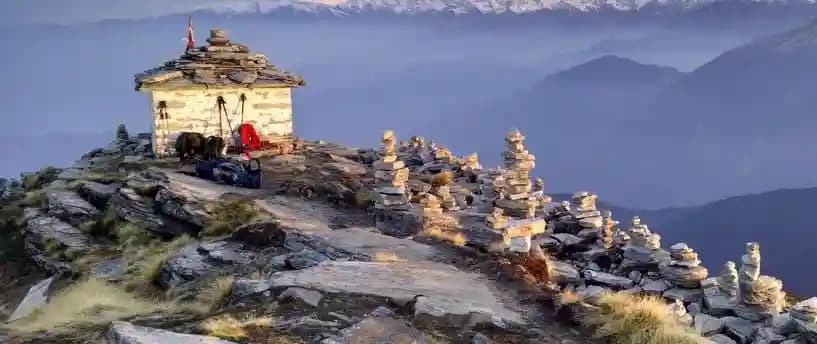Have you ever seen fire that burns on its own? In Himachal Pradesh, the Jwala Devi Temple is known for this strange sight. Small flames rise straight from the rocks and keep glowing day and night, without any wood or oil. The temple is devoted to Goddess Jwala Ji, and every flame is supposed to represent another type of this goddess such as Mahakali or Saraswati. People from many parts of India come here to pray and to see this wonder with their own eyes. The temple is located in the Kangra district, and it is surrounded by silent hills.
Stories and legends about these flames have been told for hundreds of years. Today, the temple is not only a place of faith but also a stop for all the travellers who are on their Himachal tour package to enjoy history and nature together. In this guide, you will find the history of Jwala Devi, the best time to visit, nearby spots to explore, and a few tips to make the trip easier.
Jwala Devi Temple History
The Jwala Devi Temple has a history that is filled with faith and wonder. It is said that the temple was constructed on the spot where the tongue of goddess Sati dropped. This makes the temple one of the 51 Shakti Peethas in India. The most special thing is the natural flame that burns from the earth. This flame has been burning for many centuries without oil or wood, and this is what makes the Jwala Ji temple mystery so powerful for devotees.
Many legends are linked to the temple. It is said that Emperor Akbar once came here to test the flame. He tried to put it out, but he could not. He then presented a golden umbrella to the goddess. The umbrella became black and it is said that it was a symbol of divine power. Stories like these have made the temple very important in history and faith.
The Jwala Devi temple Himachal Pradesh is not just a place of worship. It is also a symbol of devotion and strength. Hundreds of years have passed and kings, saints and ordinary people have visited here. The temple was mentioned in ancient literature and was involved in numerous legends. For believers, the temple is a living proof of the goddess’s power and blessings.
The Eternal Flames of Jwala Devi Temple
One of the most amazing parts of Jwala Devi Temple is its eternal flames that never stop burning. These flames come naturally from cracks in the rock and have been burning for hundreds of years without any fuel you can see. Rain, wind, or even people trying to put them out have never worked, which makes the Jwala Devi temple mystery truly fascinating. Many people believe the flames show the goddess living there, and their constant light makes this holy place different from any other temple.
Scientists have tried for a long time to understand the mystery of Jwala Devi Temple flames. Some say they happen because natural gas escapes from very deep underground, but even after digging many kilometres down, nobody found where it really comes from. Old legends make this even more interesting, like the famous story of Emperor Akbar who tried to stop the fire but completely failed. These flames keep bringing feelings of faith, wonder and respect from pilgrims and visitors who come here from everywhere.
Highlights:
Eternal flames burn straight from rock surfaces
People believe they represent the goddess's divine energy
Scientists think natural gas causes it
Emperor Akbar tried but failed to put them out
Nine flames have been burning here for hundreds of years
Jwala Devi Temple Architecture
The Jwala Devi Temple has a very simple design, yet it feels special. The roofs are sloping and covered with wood and copper sheets, which help protect the shrine from rain and snow. The main chamber has no idol, and the natural flame is worshipped. This makes the temple different from most others. The sanctum is surrounded by small domes and open areas where individuals come to pray. The temple has a serene appearance with plain designs painted on the walls in vivid colours. The combination of the holy flame and the Himachali style of the area make the temple distinct and quite memorable to the visitors.
How to Reach Jwala Devi Temple
People planning a visit should know about Jwala Devi Temple Himachal Pradesh distance and travel options for better planning. The temple is well connected through road, rail and air. It is easy to reach by pilgrims all over India. These are the 3 primary methods of getting to this sacred place.
By Road
Jwala Devi Temple sits about 30 kilometres from Kangra and 56 kilometres from Dharamshala. The drive goes smoothly with good roads that pass through scenic villages and hills. Taxis can be found easily from both towns. Many pilgrims hire taxis for comfort during their journey. Regular buses run from Kangra, Dharamshala, and even Chandigarh to Jawalamukhi. This makes it a budget-friendly choice for travellers. Those travelling from Delhi will need around 9 to 10 hours depending on traffic and route. Many travellers doing the Delhi to Jwala Devi journey start early morning so they can reach by evening.
By Train
The nearest station happens to be Jwalamukhi Road, located about 20 kilometres from the temple. Another option remains Kangra Mandir railway station, which sits nearly 30 kilometres away. From both stations, travellers can take a taxi or a local bus to the temple. Trains from Pathankot connect these smaller stations. Pathankot itself has good links to Delhi and other big cities. This route stays popular for pilgrims who prefer train travel because it offers comfort and affordability together. Knowing the Jwala Devi Temple Himachal Pradesh distance from these stations helps travellers plan how much time they need for road travel after their train journey.
By Air
The nearest airport happens to be Gaggal Airport near Dharamshala, which sits about 40 kilometres from Jwala Devi Temple. This airport receives daily flights from Delhi and other major cities. This makes it the fastest way to reach the temple. From the airport, taxis wait right outside. The ride to the temple takes a little over an hour. For those with less time, this option works very well. Travellers often choose this route when planning a short spiritual trip to Jwala Devi Temple.
Jwala Devi Temple Himachal Pradesh Location: Jawala Ji Temple Rd, Kohala, Jawalamukhi, Himachal Pradesh 176031
Jwala Devi Temple Timings
If you are planning to visit, it is very important to know the schedule of the temple. The Jwala Devi Temple timings cover opening and closing hours along with the daily aartis that take place throughout the day. Knowing these timings will help you attend the rituals and plan your darshan in the best way. Here are the complete details of Jwala Devi Temple timings:
Opening Time: 5:00 AM
Closing Time: 10:00 PM
Morning Aarti (Mangal Aarti): 5:00 AM
Durga Aarti: 11:00 AM
Evening Aarti (Sandhya Aarti): 7:00 PM
Shayan Aarti (Night Aarti): 9:00 PM
When Navratri and other special festivals come, the temple keeps its doors open for extra hours. The aartis during these times have more rituals and celebrations than usual days. Visitors should plan to reach early, particularly on weekends and during festivals. This happens because lots of devotees visit the temple during these times.
Places to Visit Near Jwala Devi Temple
Here are seven wonderful places you can explore near Jwala Devi Temple. Each spot has its own charm, history, and peaceful setting that adds to your trip. From old temples to natural lakes, these places give you both spiritual and scenic experiences. Visiting them will make your journey around Jwala Ji Temple more meaningful and memorable.
1. Mata Tara Devi Temple
Mata Tara Devi Temple is a calm hill shrine not far from Jawalamukhi. The temple sits on a low rise and gives a quiet view of nearby fields and hills. People visit for simple prayers and for the peaceful early morning aarti. The place is kept neat and the path up has a few steps to walk. Pilgrims often stop here to rest before they visit other shrines. It is a good place to feel the local devotion and to watch the sunrise in peace.
Activities to do: Climb the short steps to the small hilltop shrine. Sit quietly and pray. Enjoy the view of the Jwalamukhi town below. Take photos of the temple and sunrise if you go early.
Entry Fee: Free.
Timing: Open during daylight hours, approximately 6:00 AM to 6:00 PM.
2. Mata Ashtabhuja Temple
Mata Ashtabhuja Temple is dedicated to the eight-armed form of the goddess. The image of the goddess here shows her with many arms holding different symbols. Locals come for special pujas during Navratri and other festivals. The temple compound is small but bright, with flowers and oil lamps in the evening. Visitors should dress modestly and join the short aarti if they wish. Many people like the calm vibe and the clear view of the hills from the temple steps.
Activities to do: Do darshan of the eight-armed goddess image. Join short pujas during festivals. Walk the temple compound and see simple stone carvings. Take part in Navratri prayers if you visit then.
Entry Fee: Free.
Timing: Open in the day, approximately 6:00 AM to 6:00 PM.
3. Sri Raghunath Ji Temple (Teda Mandir)
Sri Raghunath Ji Temple, often called Teda Mandir, is a simple old shrine that many local families visit. It is known for regular worship and for small community gatherings on festival days. The temple walls are plain but well kept, and priests perform daily aarti and bhajans. People come here to offer thanks and to seek blessings for family matters. The place gives a close view of how daily faith works in the region. It is easy to reach from the main road and has a friendly, quiet atmosphere.
Activities to do: Visit the old shrine and listen to bhajans. Learn the local story that links the place to Lord Rama and the Pandavas. Watch small community rituals on festival days. Walk the nearby lanes to see village life.
Entry Fee: Free.
Timing: Open during daylight hours, approximately 6:00 AM to 7:00 PM.
4. Nagini Mata Temple
Nagini Mata Temple is a small shrine that honours the serpent goddess. It stands near a rock face and has a green, shaded setting that feels cool in hot months. Many pilgrims who visit Jwala Devi Temple also come here on the same day. People believe the shrine answers wishes and they tie threads or leave small offerings. The temple is simple to visit and often has fresh flowers and incense burning. If you want a short, meaningful stop, this temple is a good choice close to the main shrine.
Activities to do: Do a short visit to the hill shrine and offer flowers or threads. Experience the local fair if you visit in July or August. Enjoy the quiet forested setting above Jwalamukhi. Many pilgrims stop here after visiting the main temple.
Entry Fee: Free.
Timing: Open in the daytime, approximately 6:00 AM to 6:00 PM.
5. Arjun Naga Temple
Arjun Naga Temple is a quiet rural shrine linked with old local stories about heroes and sages. The site is modest and is loved by villagers who keep the place tidy and bright. Pilgrims come to light lamps and to listen to the short prayers said by the priest. The location gives a view of nearby farms and easy walking paths for a short stroll. The shrine is a fine example of small village worship that still stays alive in these hills. It is a good place to see local customs and meet friendly people.
Activities to do: Climb the steps to the temple and see the small rock shrine. Take in the views of the valley and nearby fields. Sit for a while and listen to the temple bells and chants. It is a short, peaceful stop close to Jwalamukhi.
Entry Fee: Free.
Timing: Open during daylight, approximately 6:00 AM to 6:00 PM.
6. Baijnath Temple
Baijnath Temple is a well known ancient temple dedicated to Lord Shiva. The shrine has carved stone work and a classic old style that tells of many centuries of worship. People come here for the special lingam and to see the fine stone carvings on the walls. The temple lies in a small town with shops, tea stalls, and simple guest houses for visitors. A visit to Baijnath gives both spiritual meaning and a taste of local history. Pilgrims often pair this stop with a visit to Jwala Ji Temple when they are touring the region.
Activities to do: See the old stone temple and carved pillars. Do darshan of the Shiva lingam and join the morning aarti if you can. Walk around the small town and visit the nearby shops and tea stalls. The temple shows classic Nagara-style carvings.
Entry Fee: Free.
Timing: Temple typically opens early and closes late; common schedule is approximately 4:00 AM to 9:00 PM (seasonal changes possible)
7. Kareri Lake
Kareri Lake is a clear high-altitude lake set against a backdrop of tall mountains. The water is bright and still on calm days and it reflects the sky and surrounding peaks. The walk to the lake from the nearest village is a popular short trek and is good for all fit beginners. Many people camp near the lake and wake early for sunrise pictures and quiet time by the water. In summer the meadows around the lake are green and full of wildflowers. Kareri Lake is perfect for anyone who wants a short wilderness escape not far from the temple circuit.
Activities to do: Trek to the clear high-altitude lake. Camp on the meadows, watch sunrise, and take photos. Enjoy birdwatching and short nature walks around the lake. The trail is family-friendly in good weather.
Entry Fee: No formal entry fee.
Timing / best time to visit: No fixed opening hours. The lake is best visited between May and June and again from September to November. Outside these months the trail may be snowbound.
Tips for Visiting Jwala Devi Temple
Planning a trip to Jwala Devi Temple? These simple tips will help visitors have a safe and comfortable visit. Following these suggestions makes the journey easier and the temple experience more peaceful.
Pack light woollens – Mornings and evenings get chilly here, so a light sweater or shawl will help you stay warm.
Removal of shoes before entering the temple – All people should take off their shoes outside the temple as a sign of respect. Wearing socks helps protect your feet from the cold floor.
Carry a little cash – There are so many tiny shops and collection points that do not accept cards or digital payment, so have some notes and coins on hand.
Follow the temple rules – Don't touch the sacred flames or make noise during prayers. These traditions have been important to people for hundreds of years.
Begin early in the day – Getting to the temple in the morning helps people avoid heavy crowds and provides more time for darshan.
Keep yourself hydrated – Bringing a water bottle helps because the walk to the temple and waiting time can tire people out.
Skip peak festival days for quieter visits – During Navratri and other big festivals, the temple gets very crowded, so choosing another day works better for those who want calm surroundings.
Conclusion
Jwala Devi Temple brings together faith, history, and nature in one special place. People know this temple for its flames that never go out, which makes it different from other shrines in India. Devotees visit to get blessings, but they also go back home feeling calm and amazed. The trip is even better with the temples, lakes, and beautiful places around. Some people come here for prayers and others come because they're curious, and some just want to explore. This holy place has something good for everyone. When you plan your visit, do it with care and show respect. The memories will stay with you for many years. Go to Jwala Devi Temple and see its wonders for yourself.


